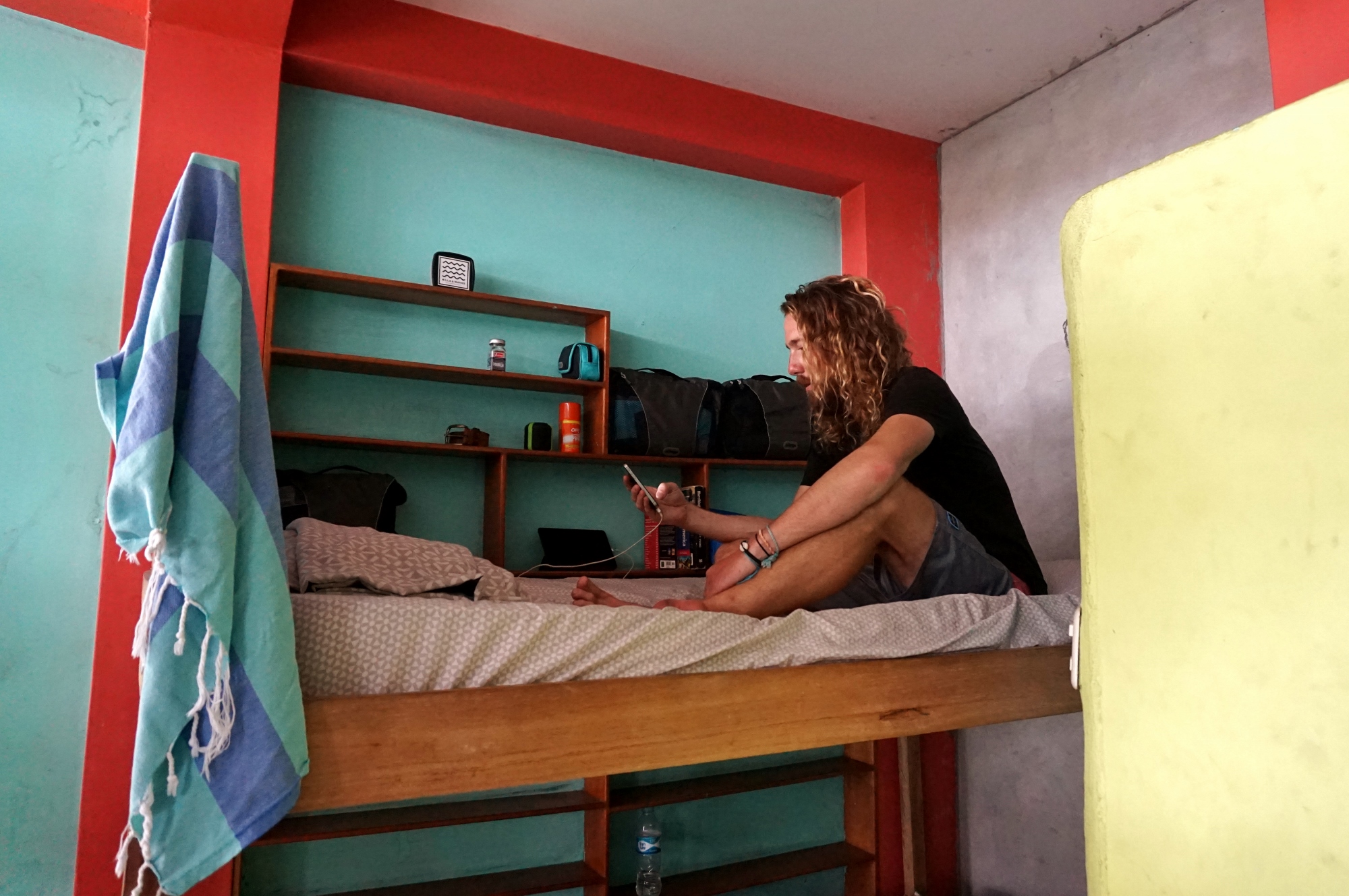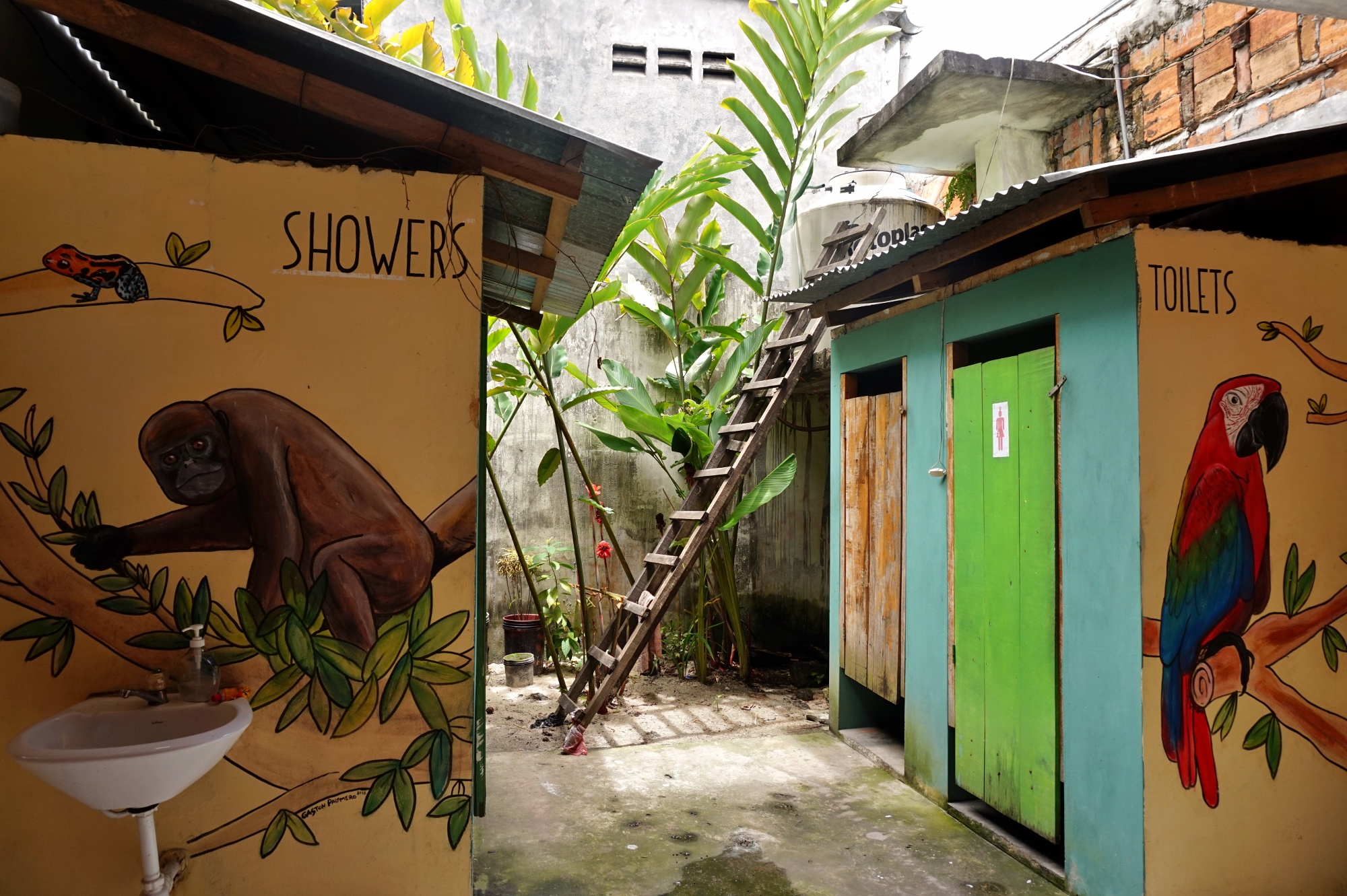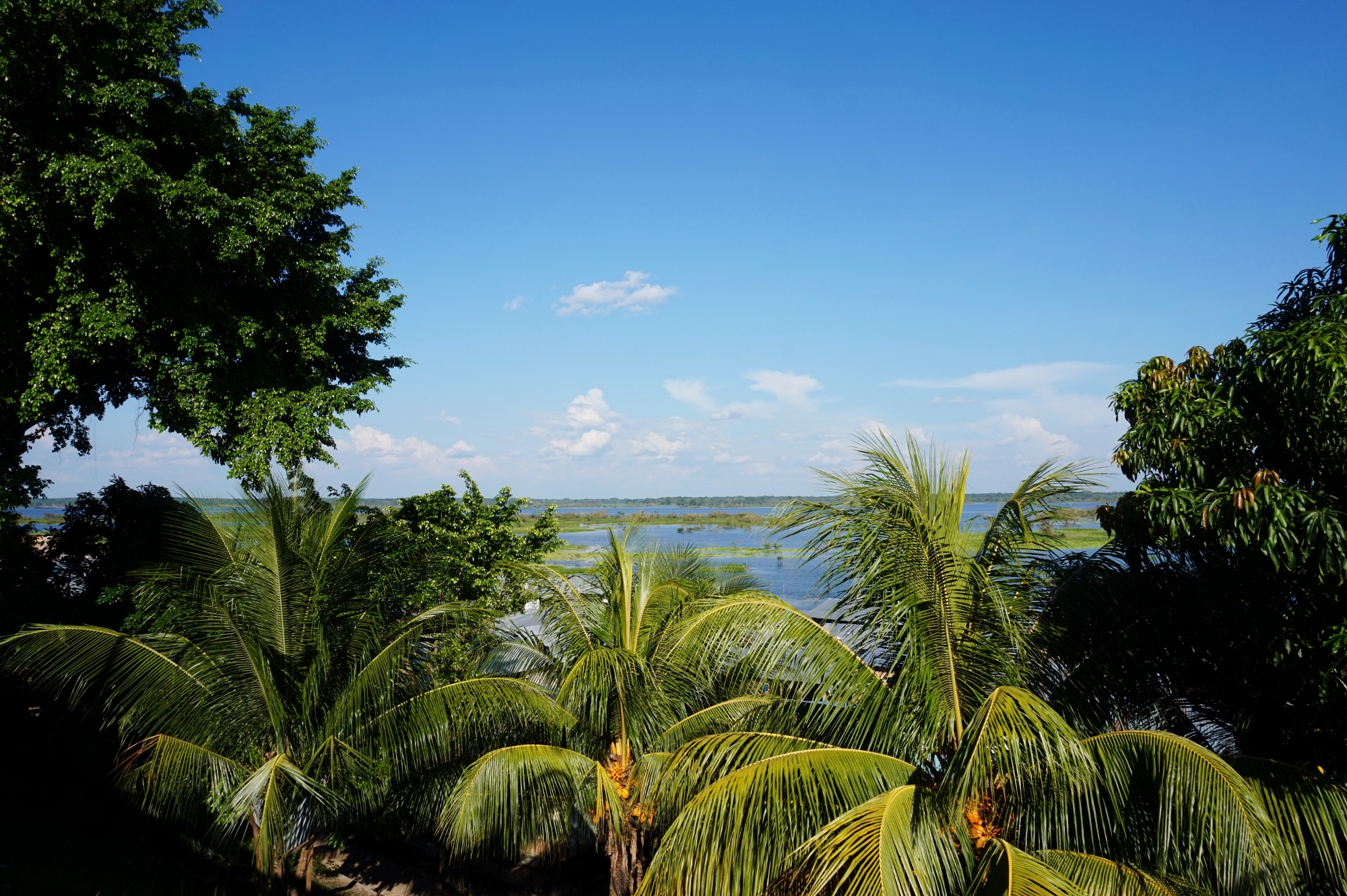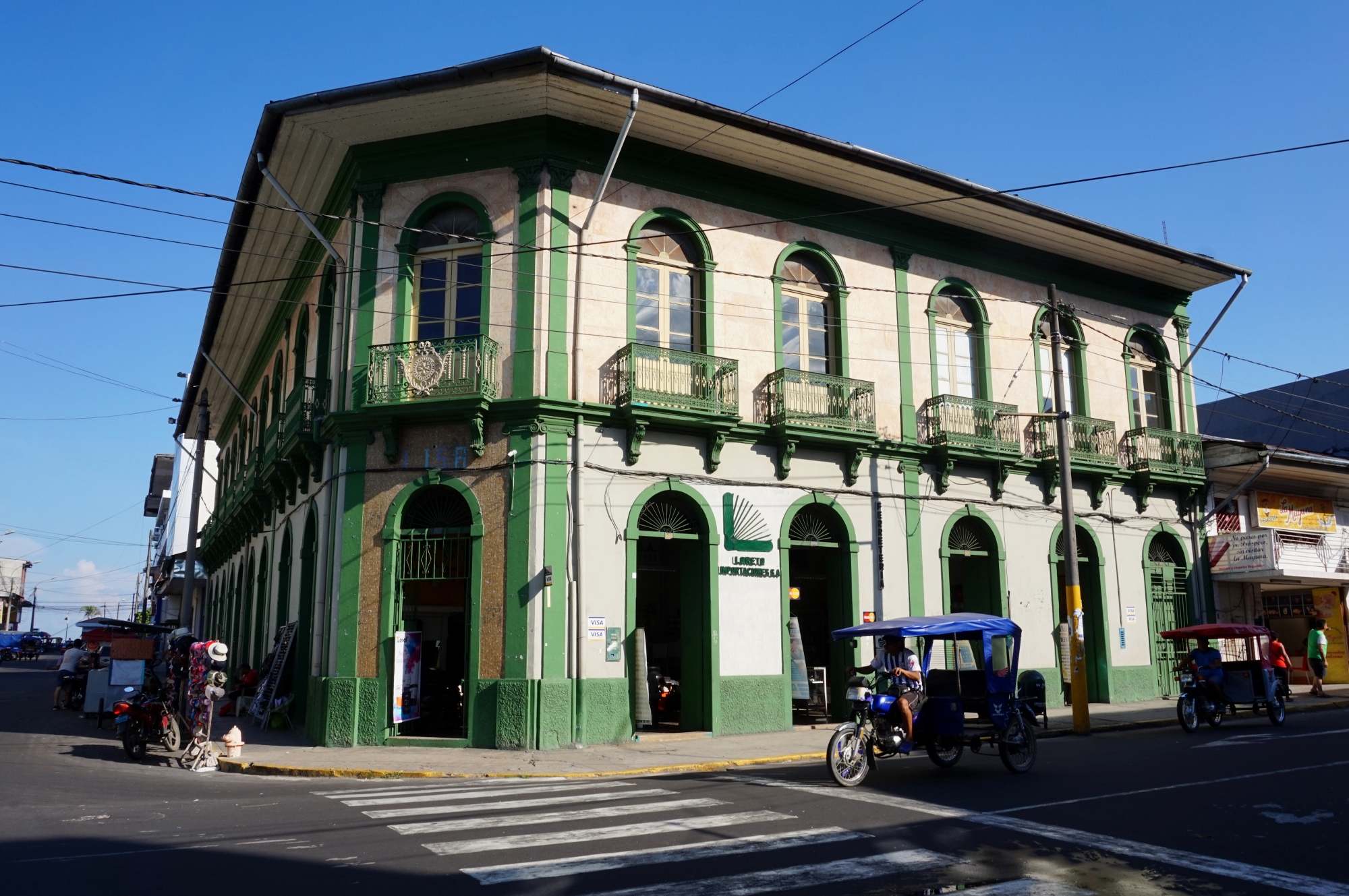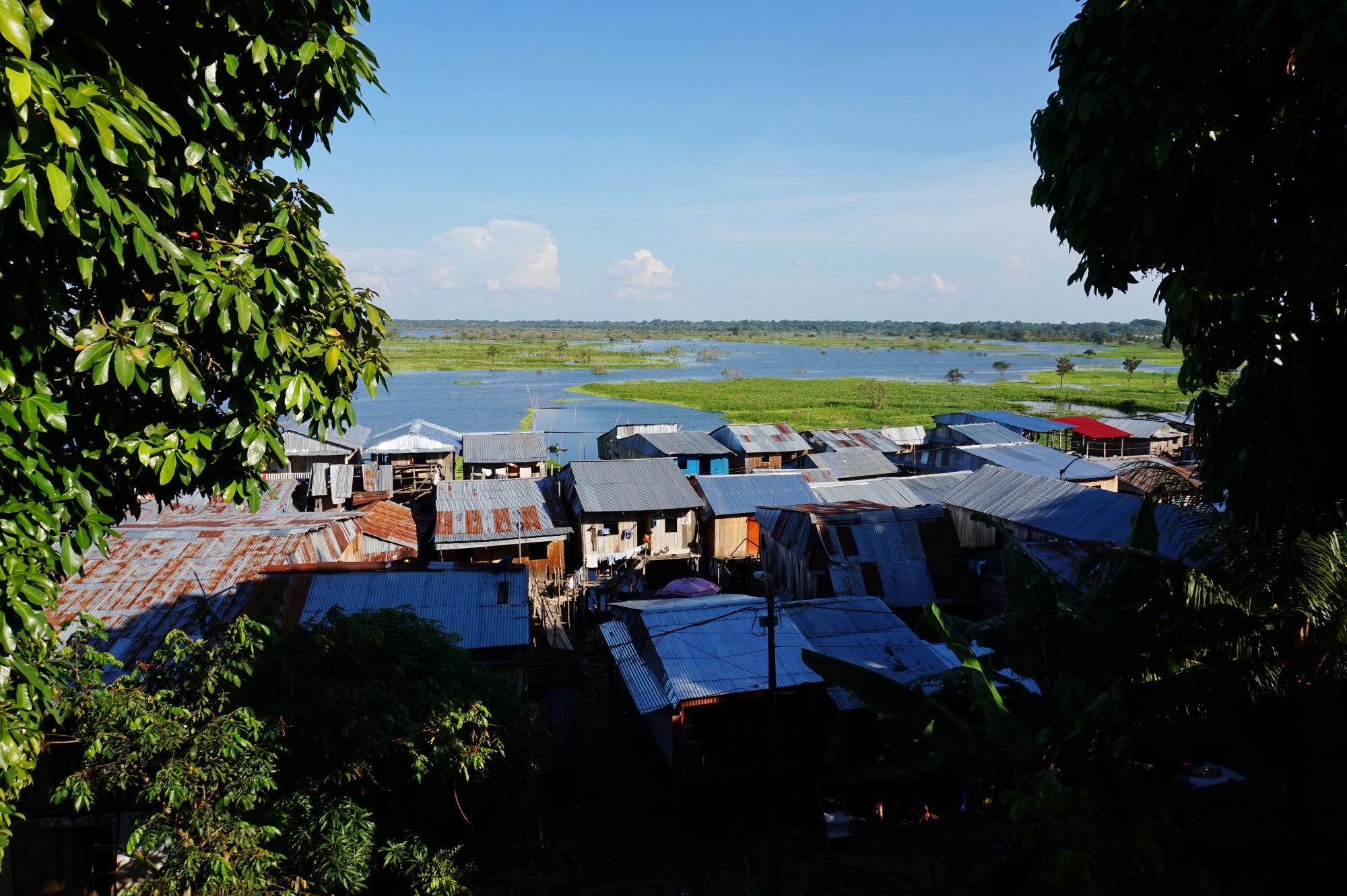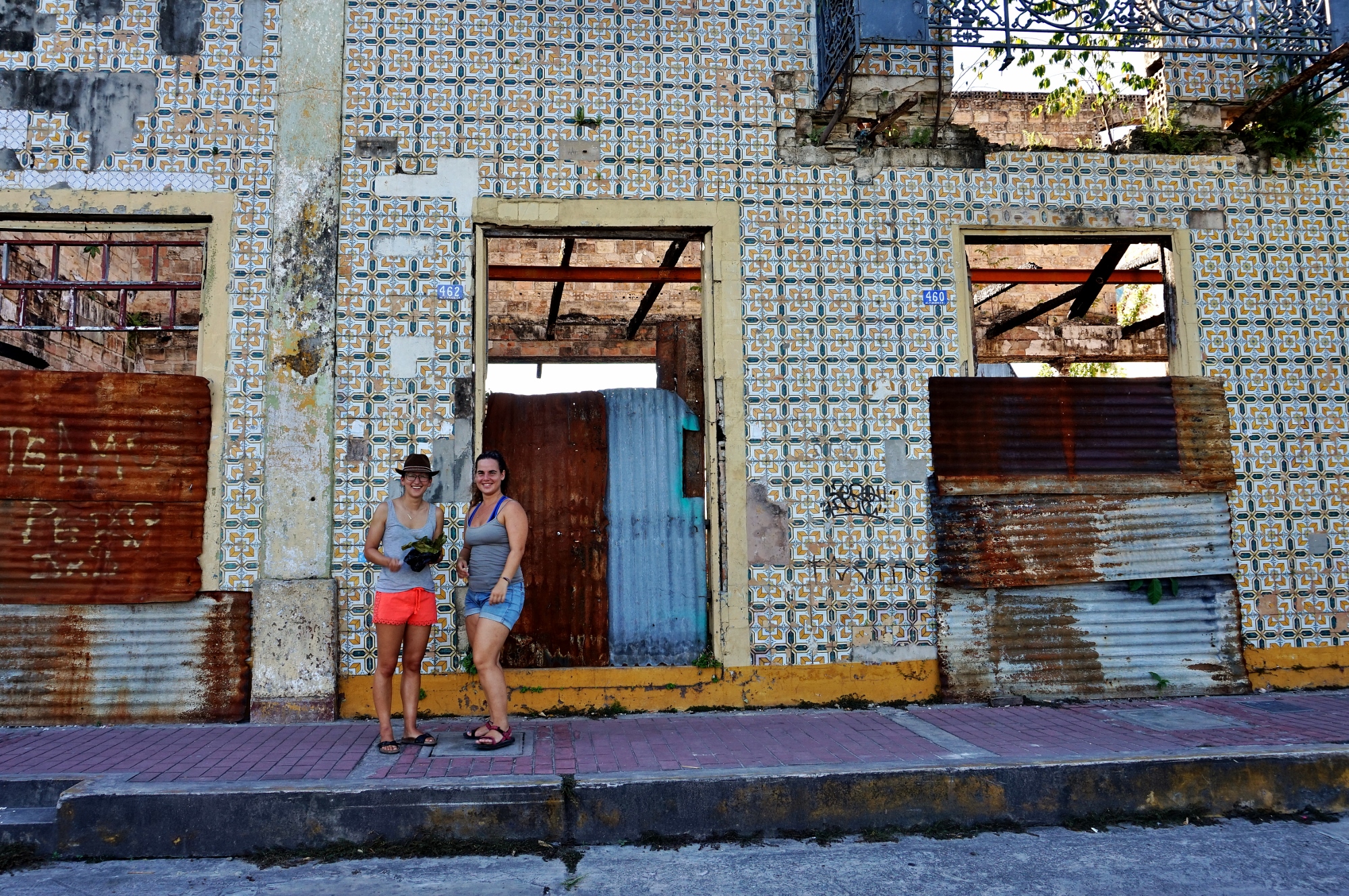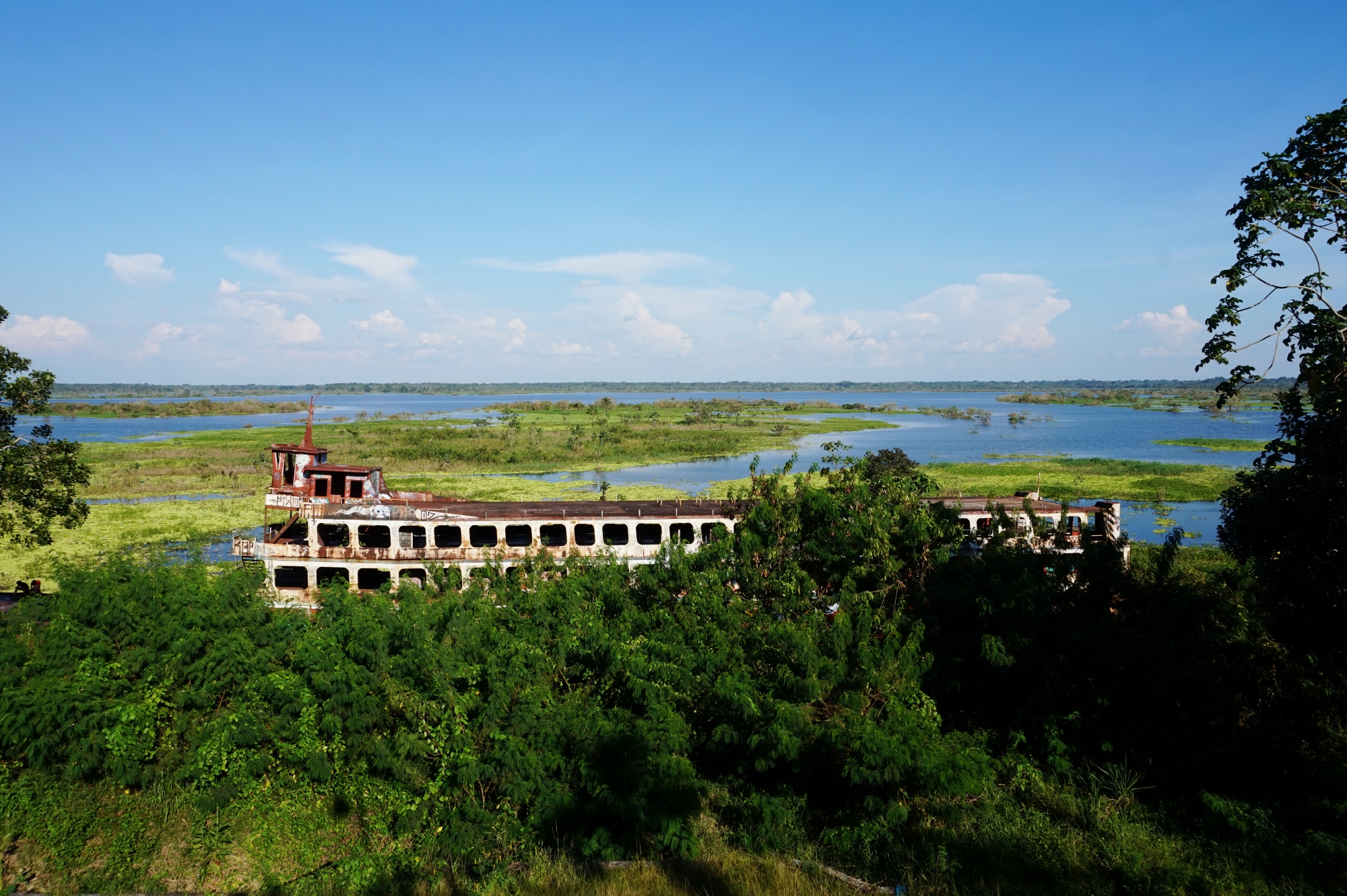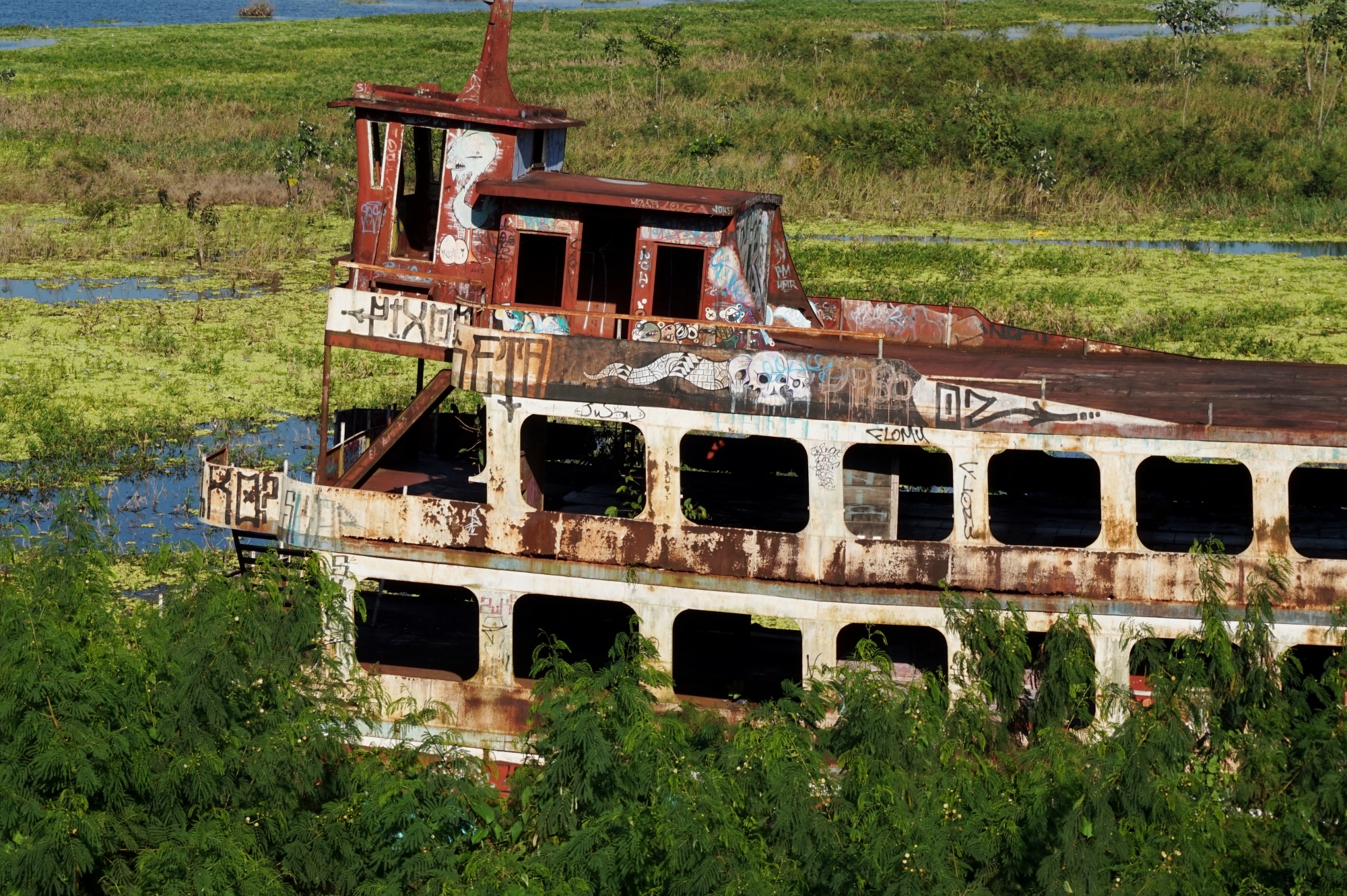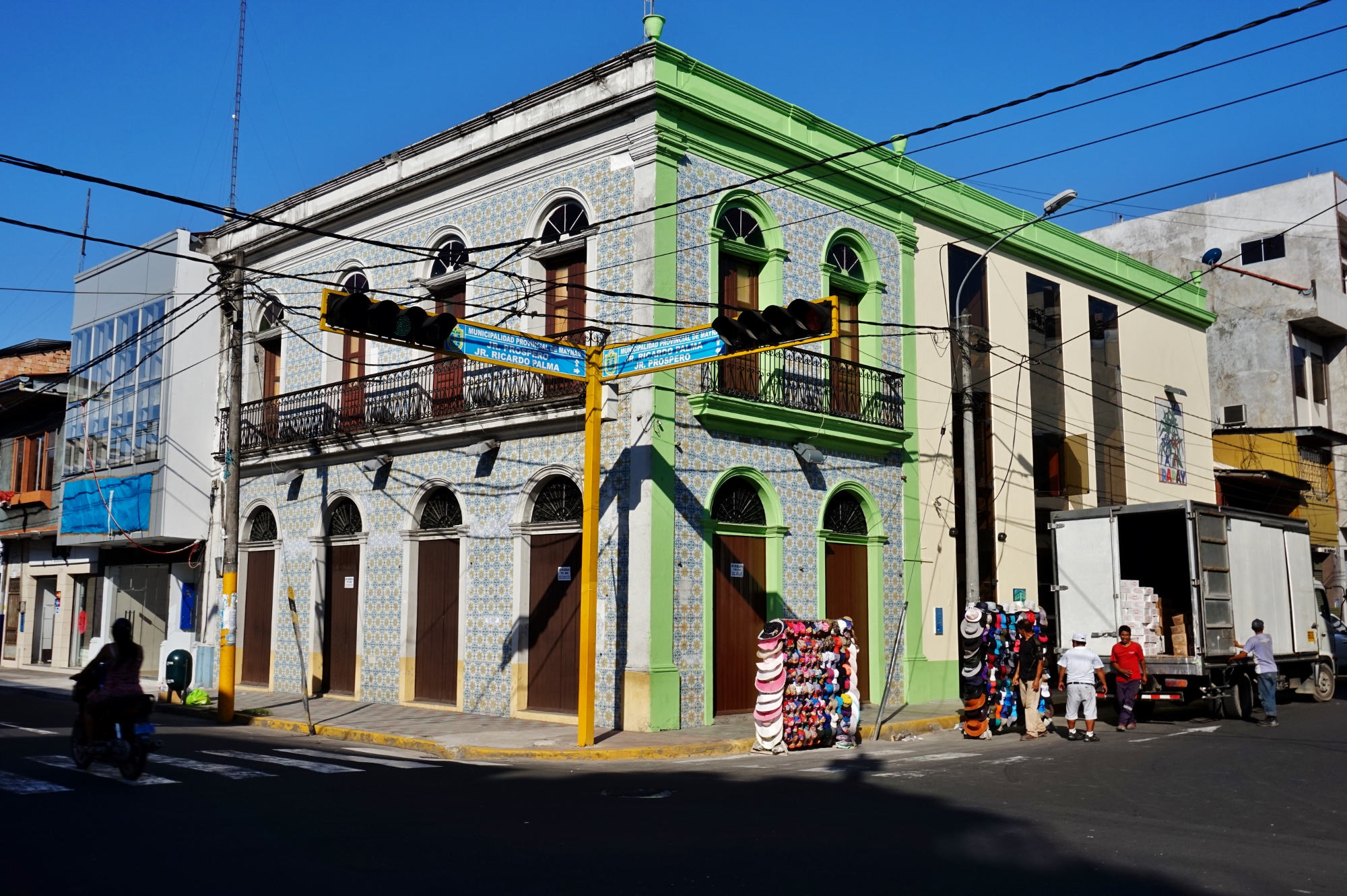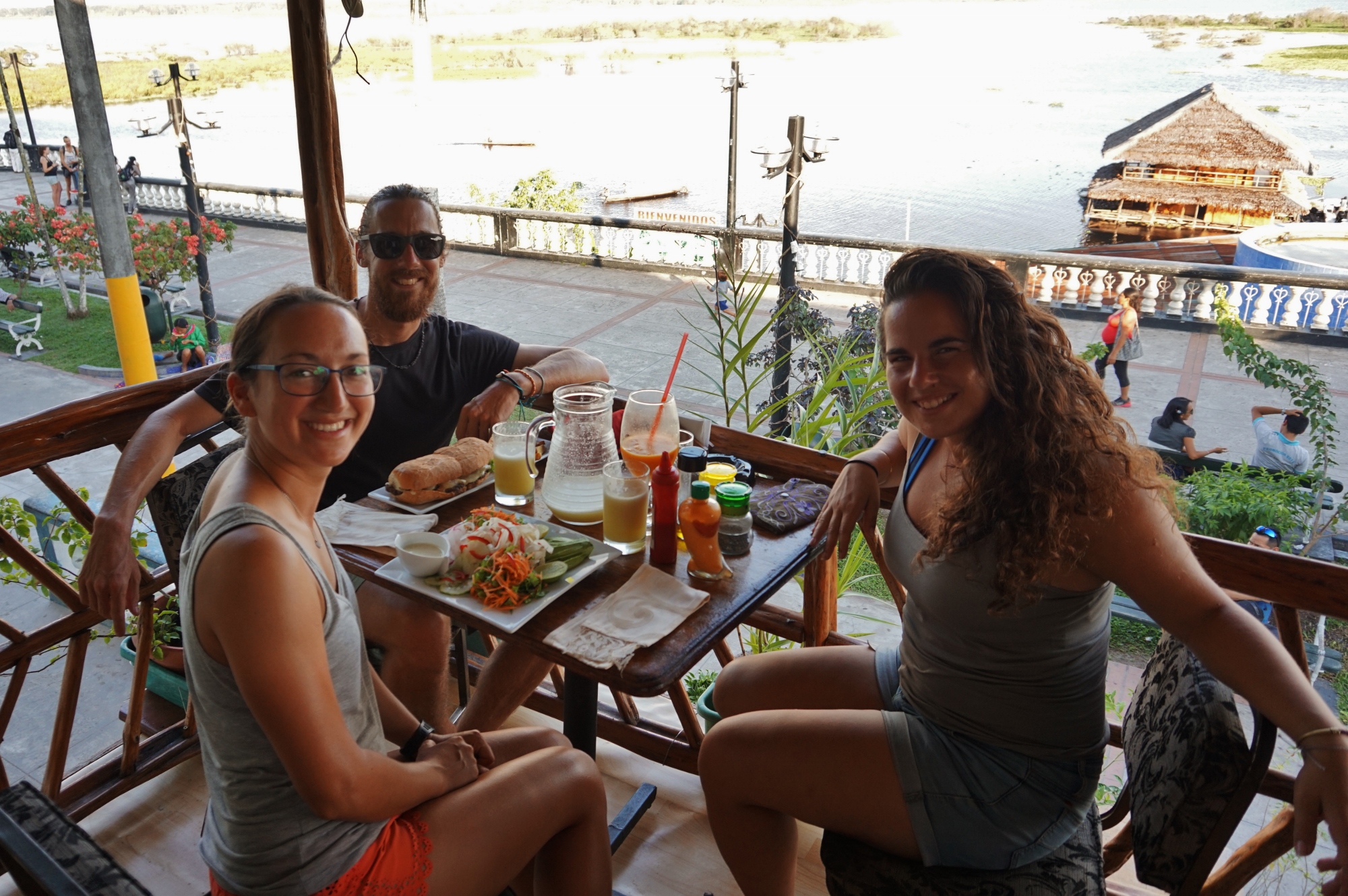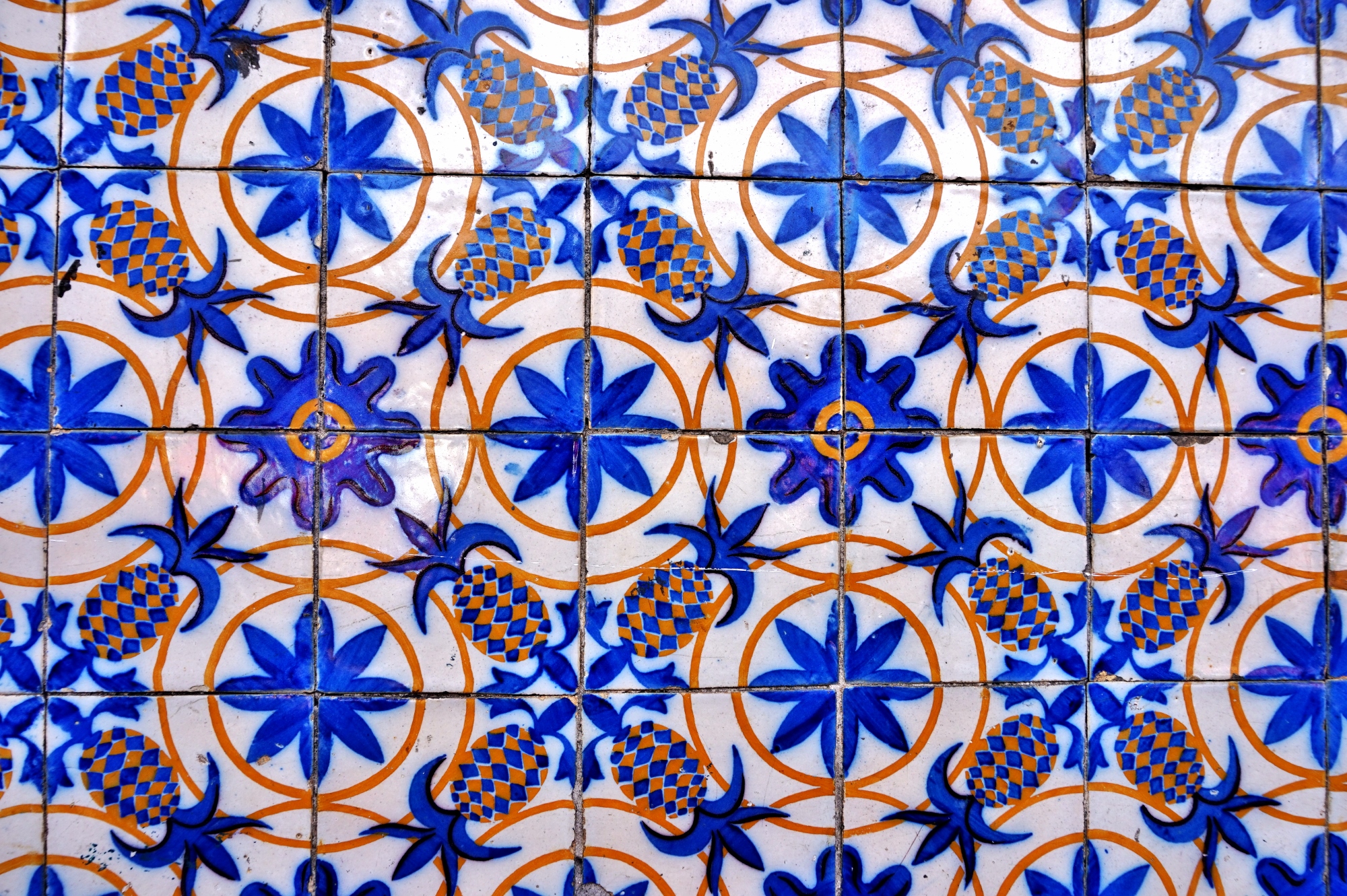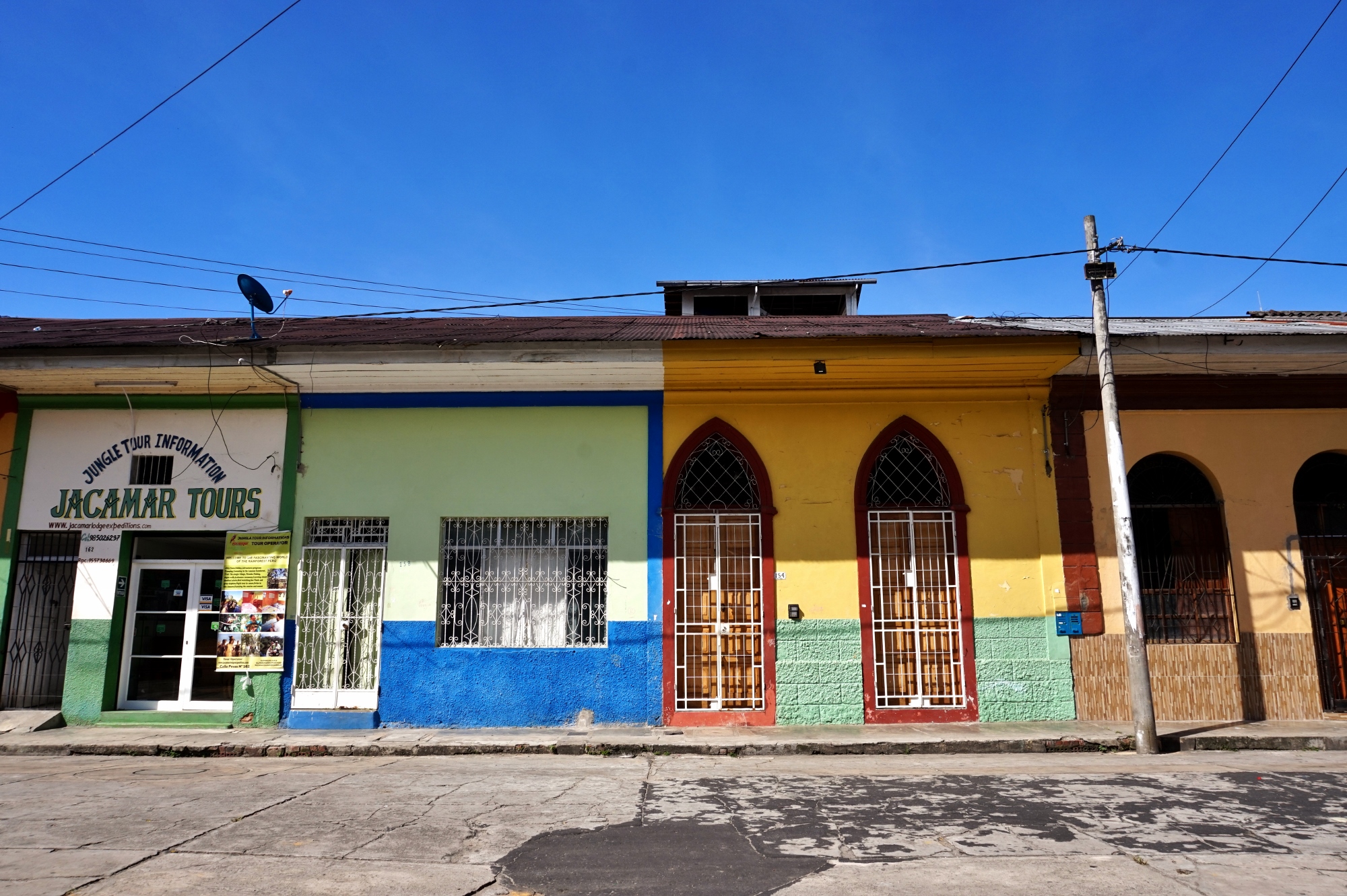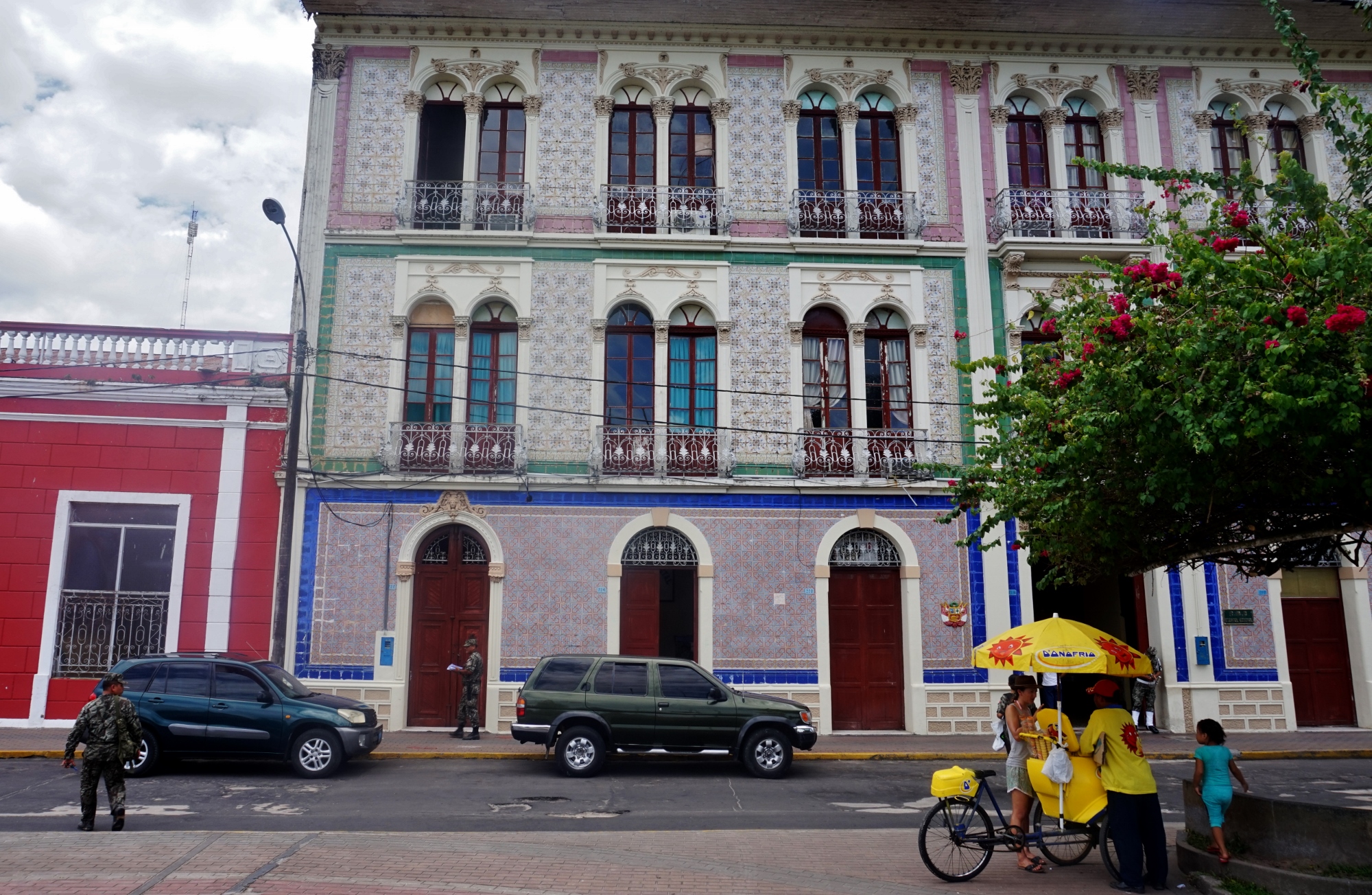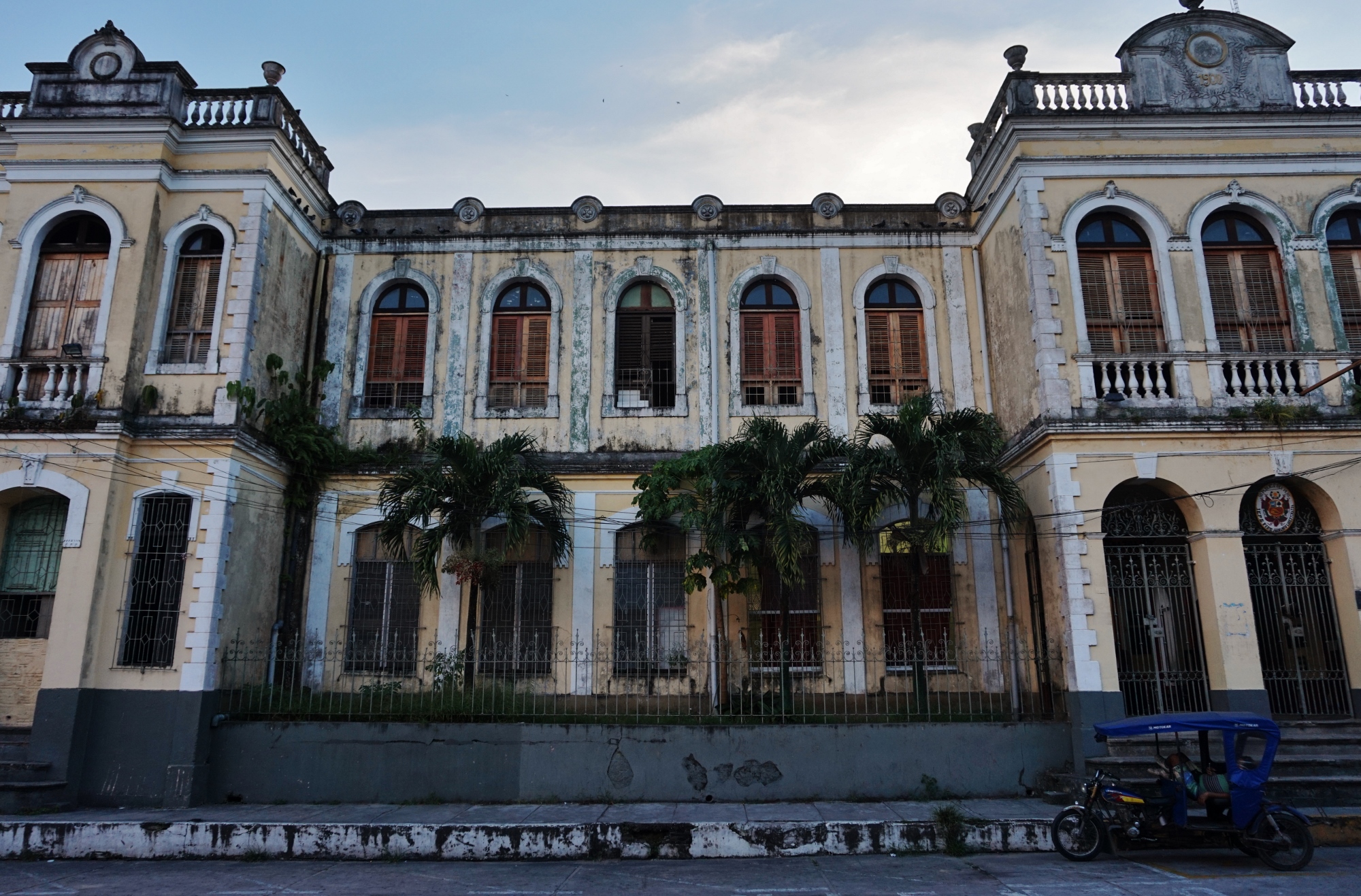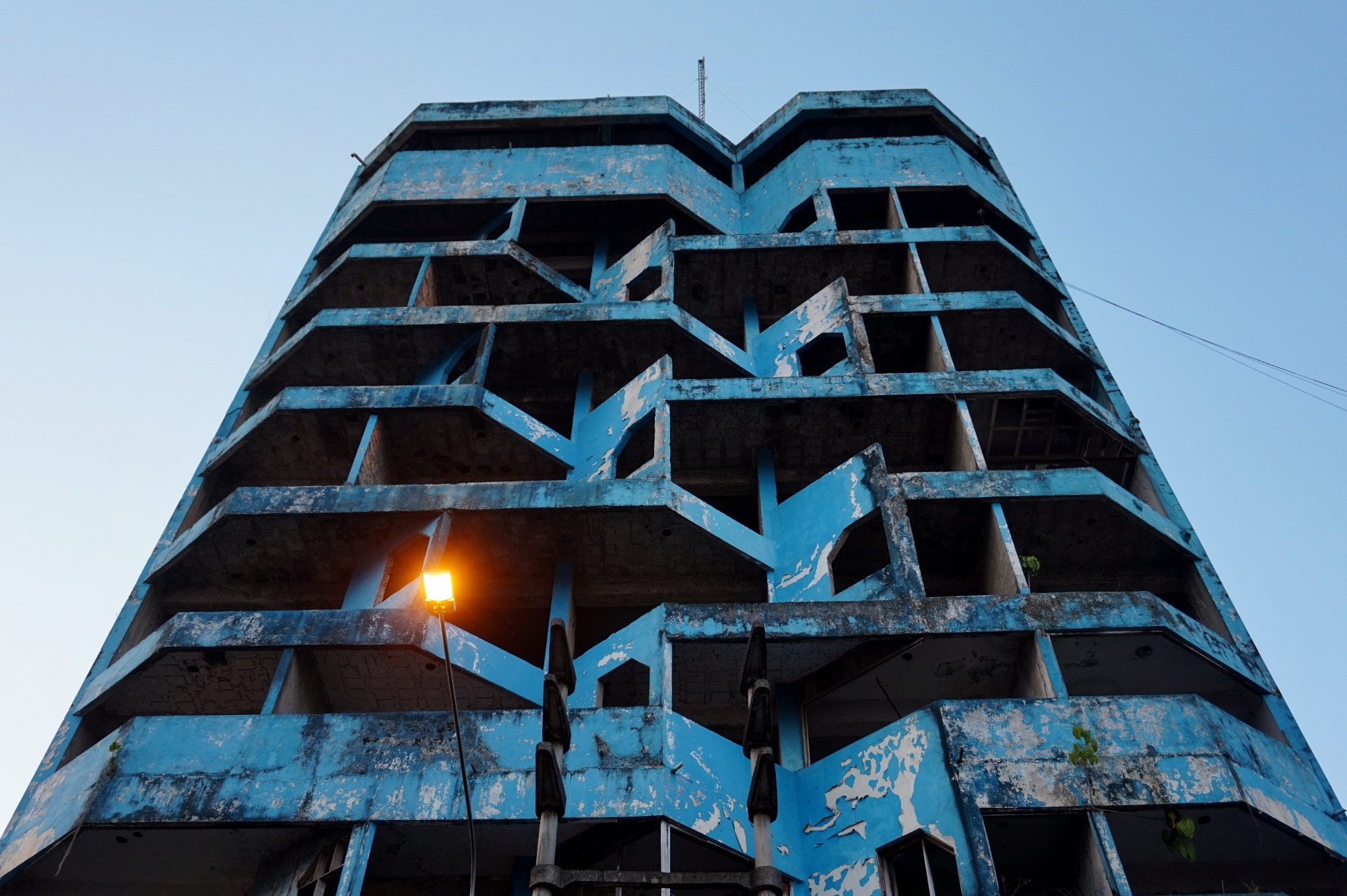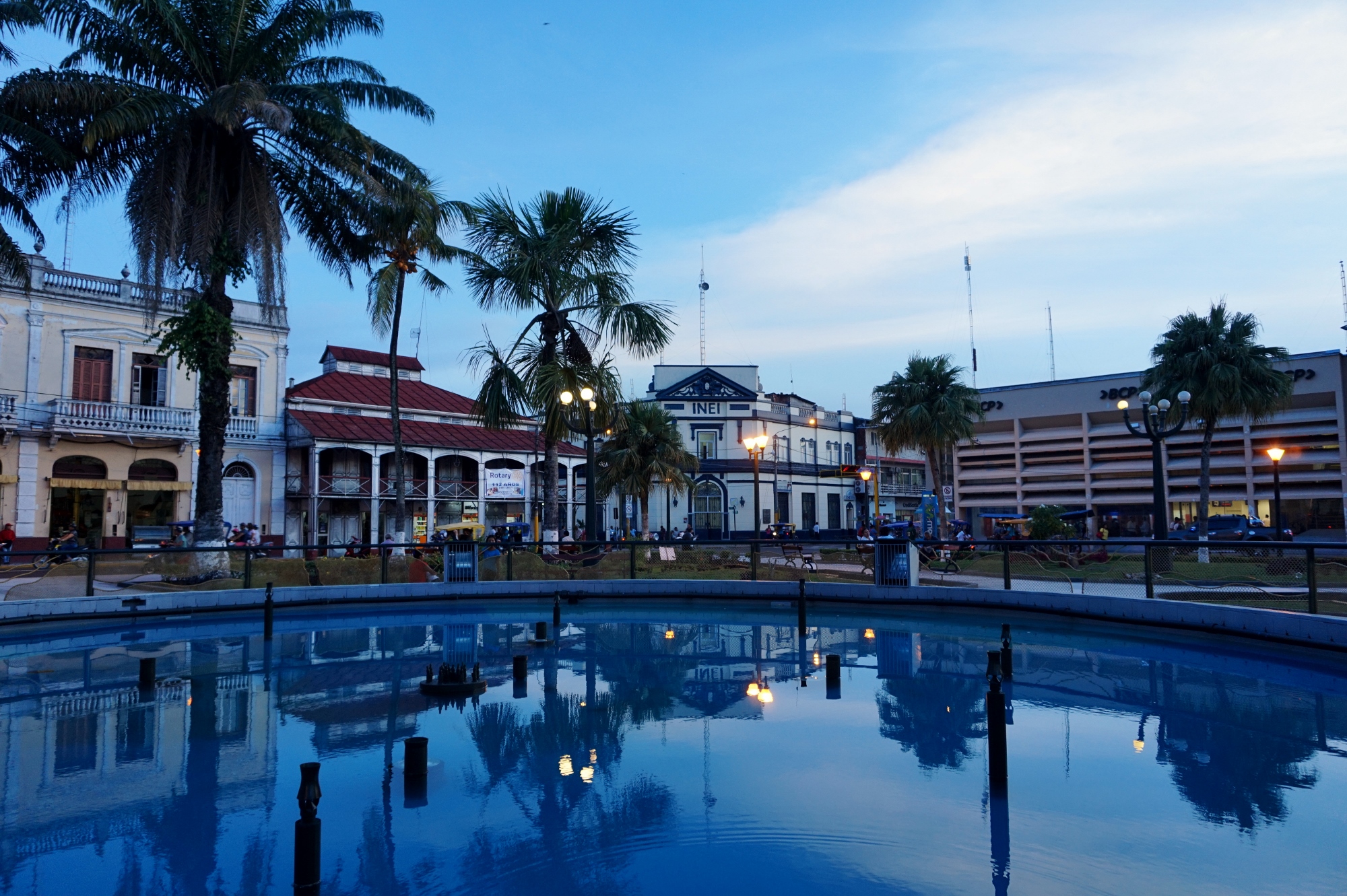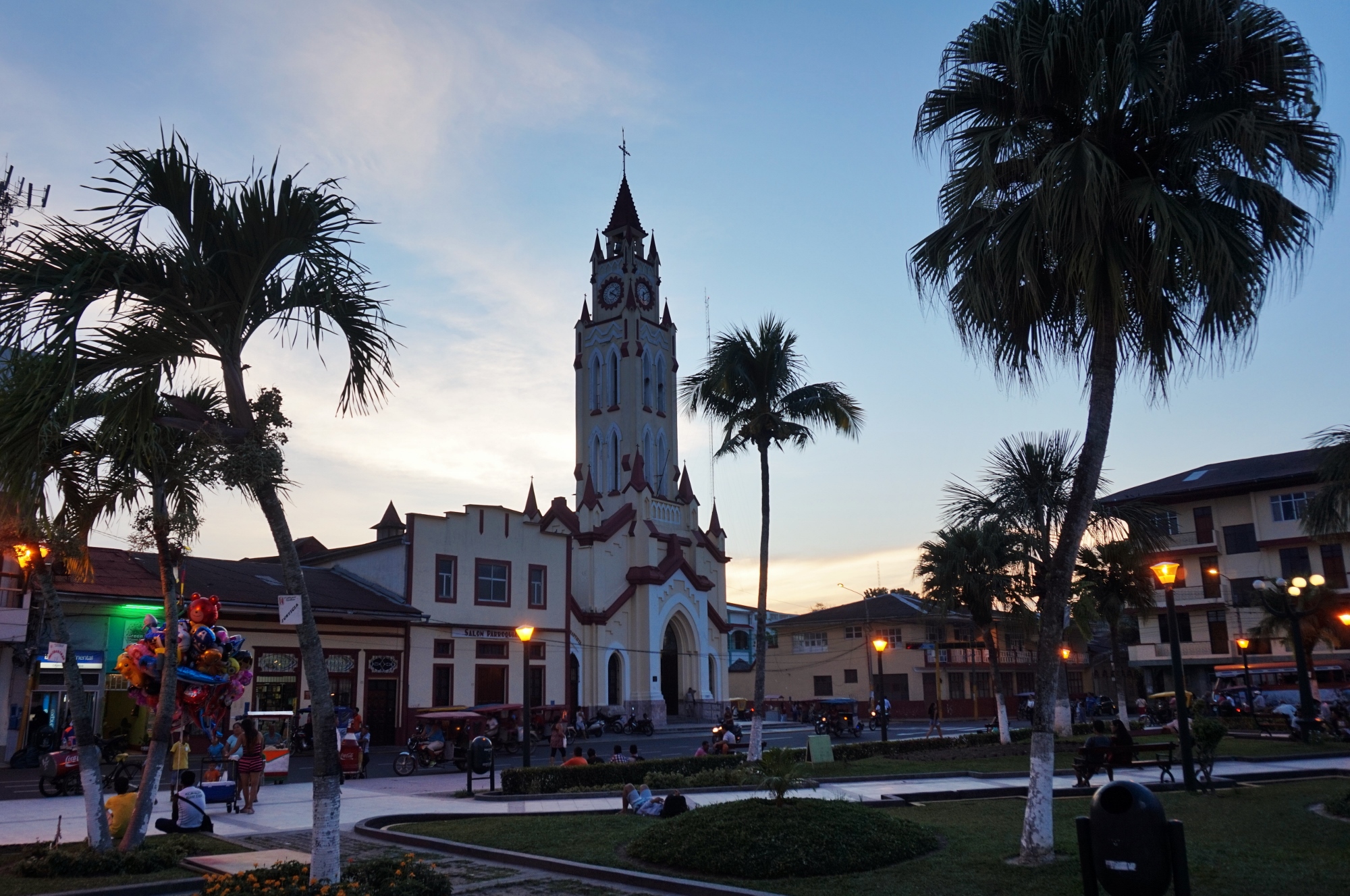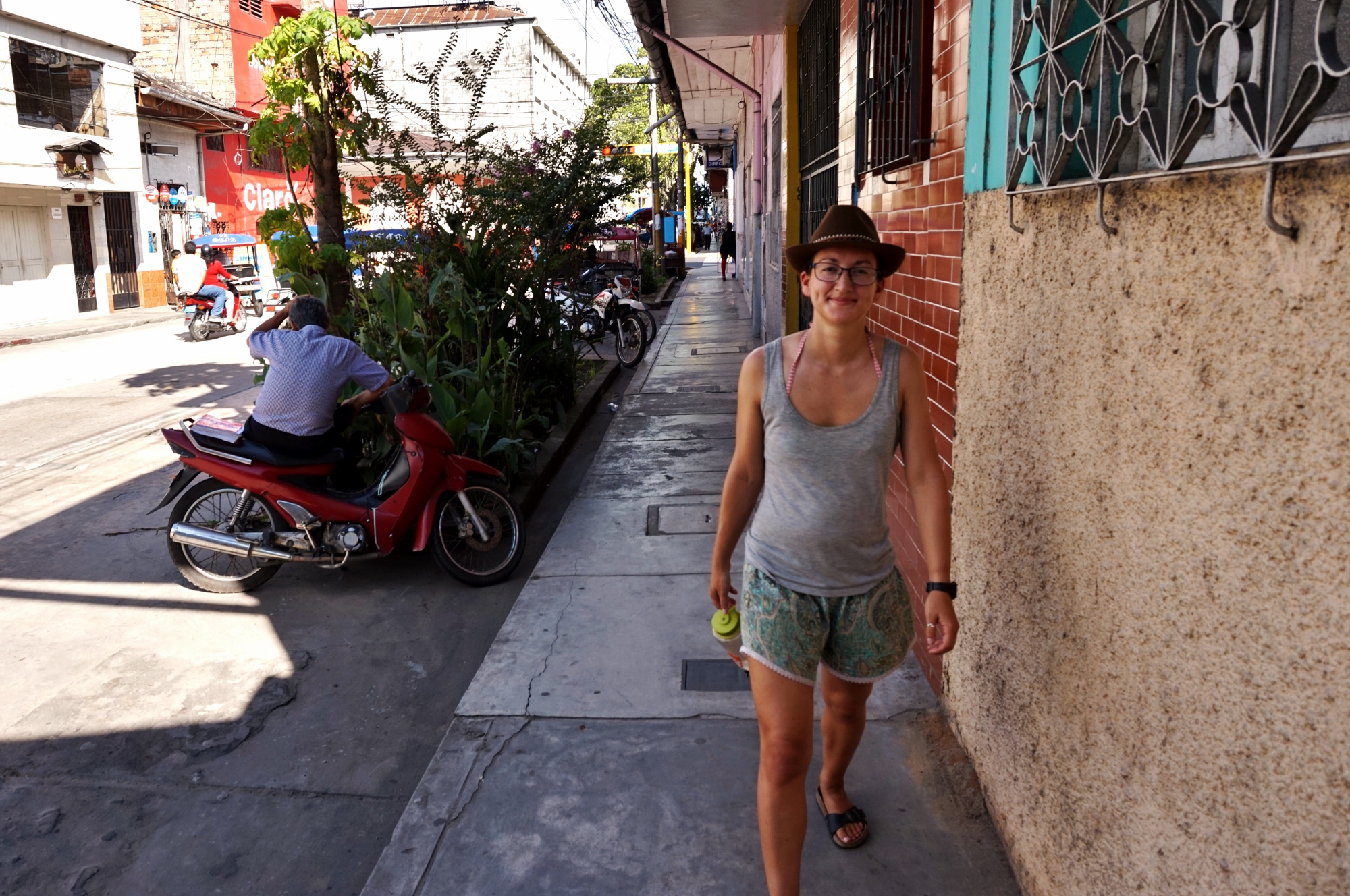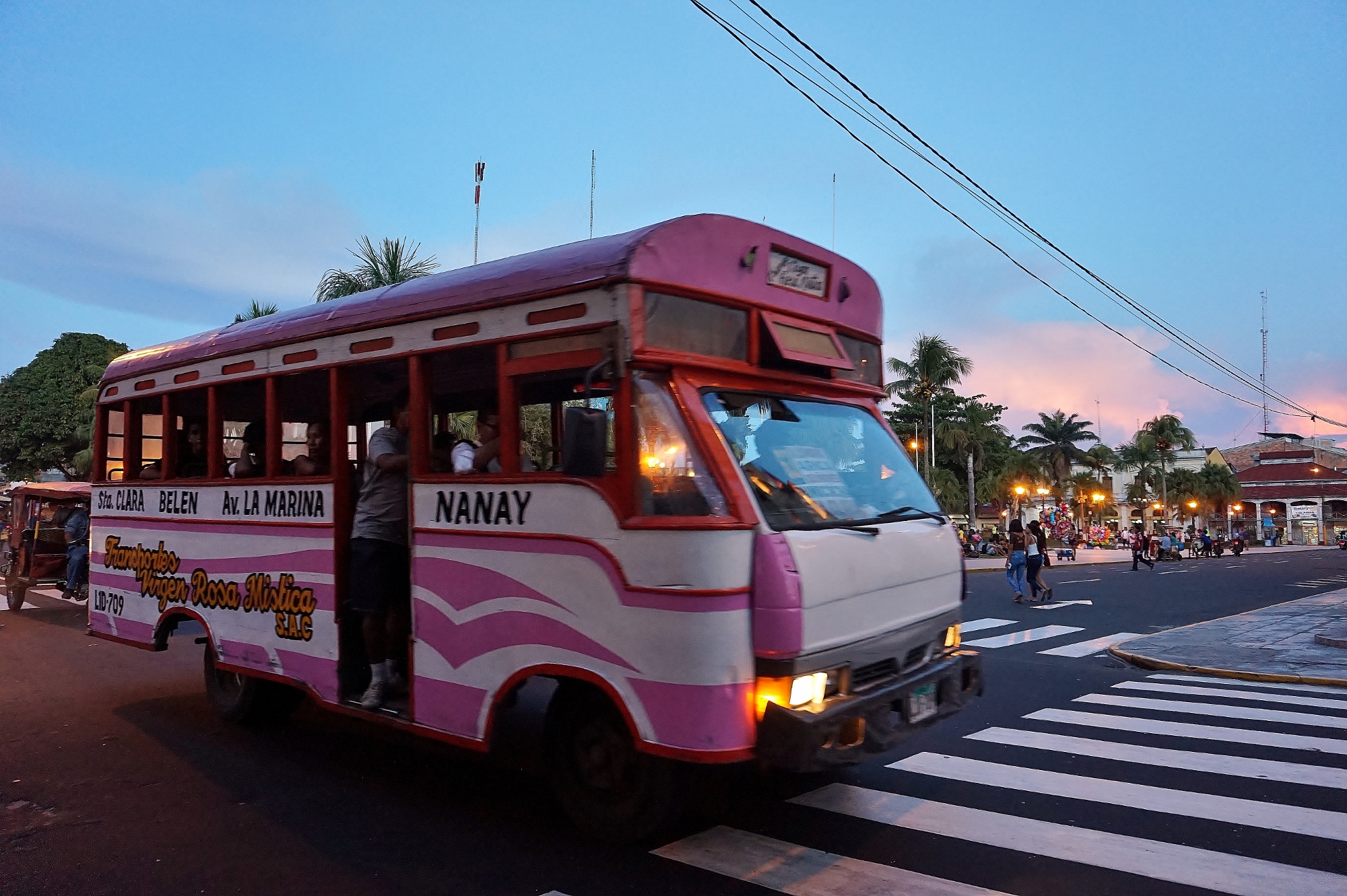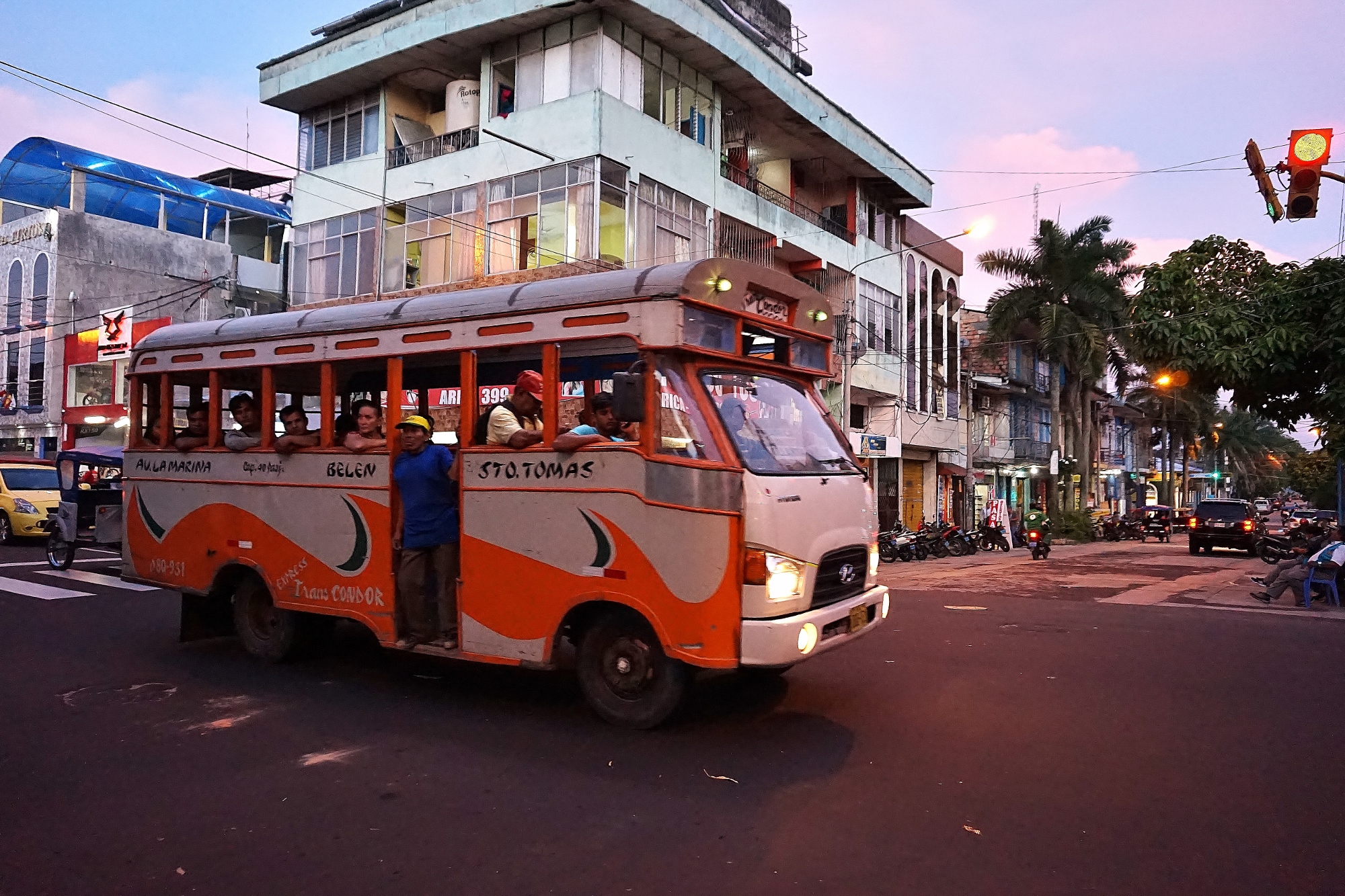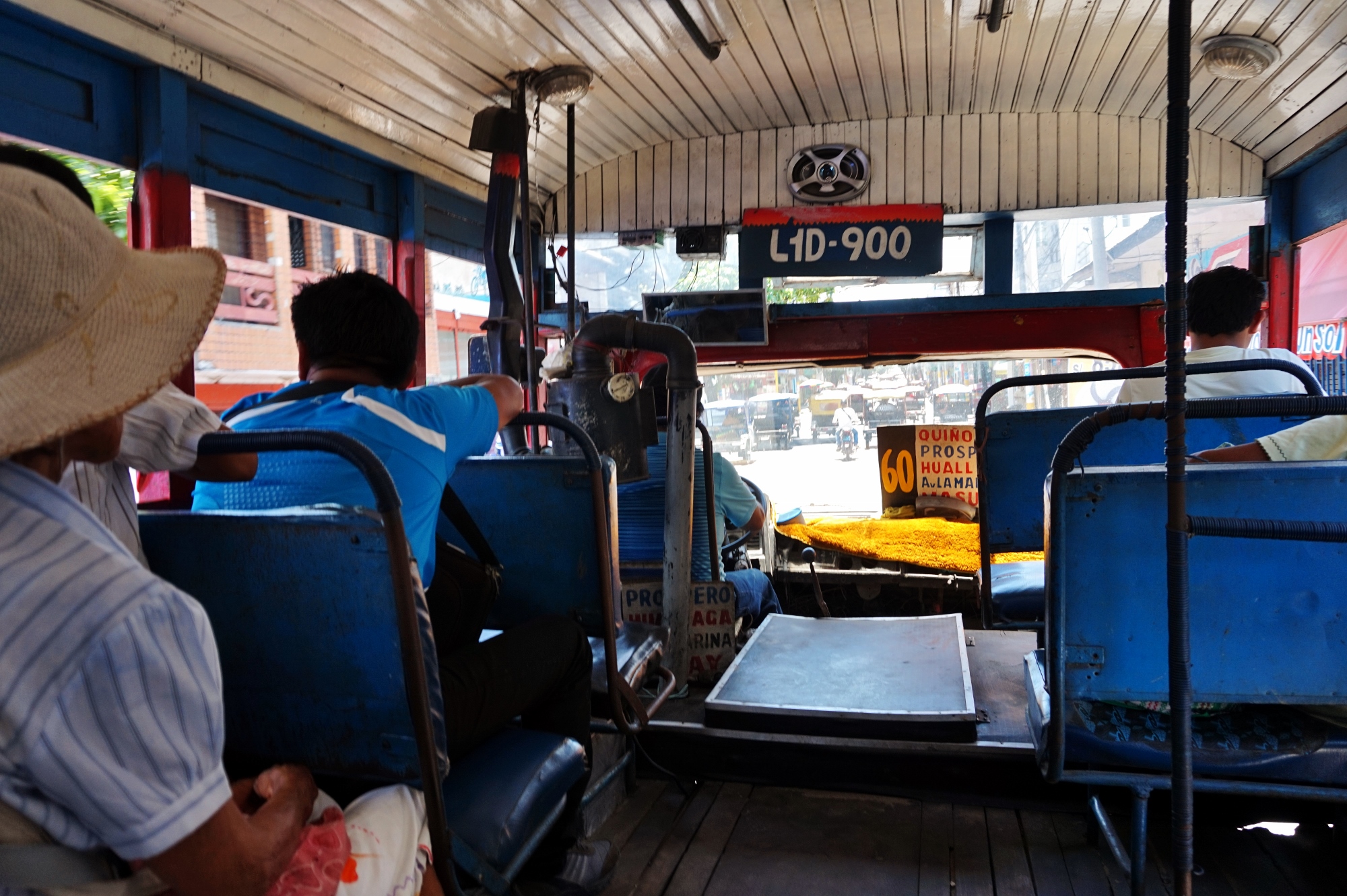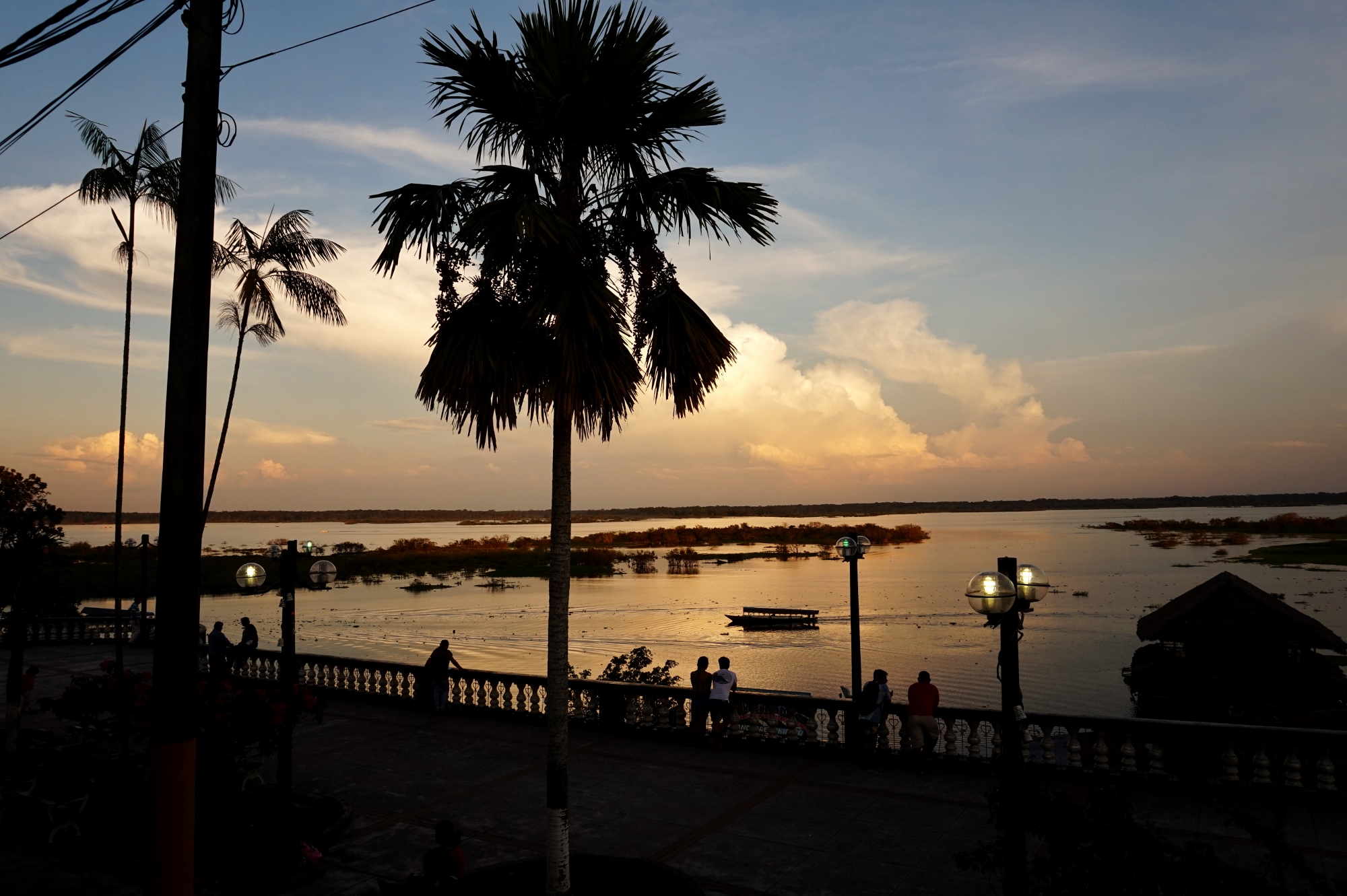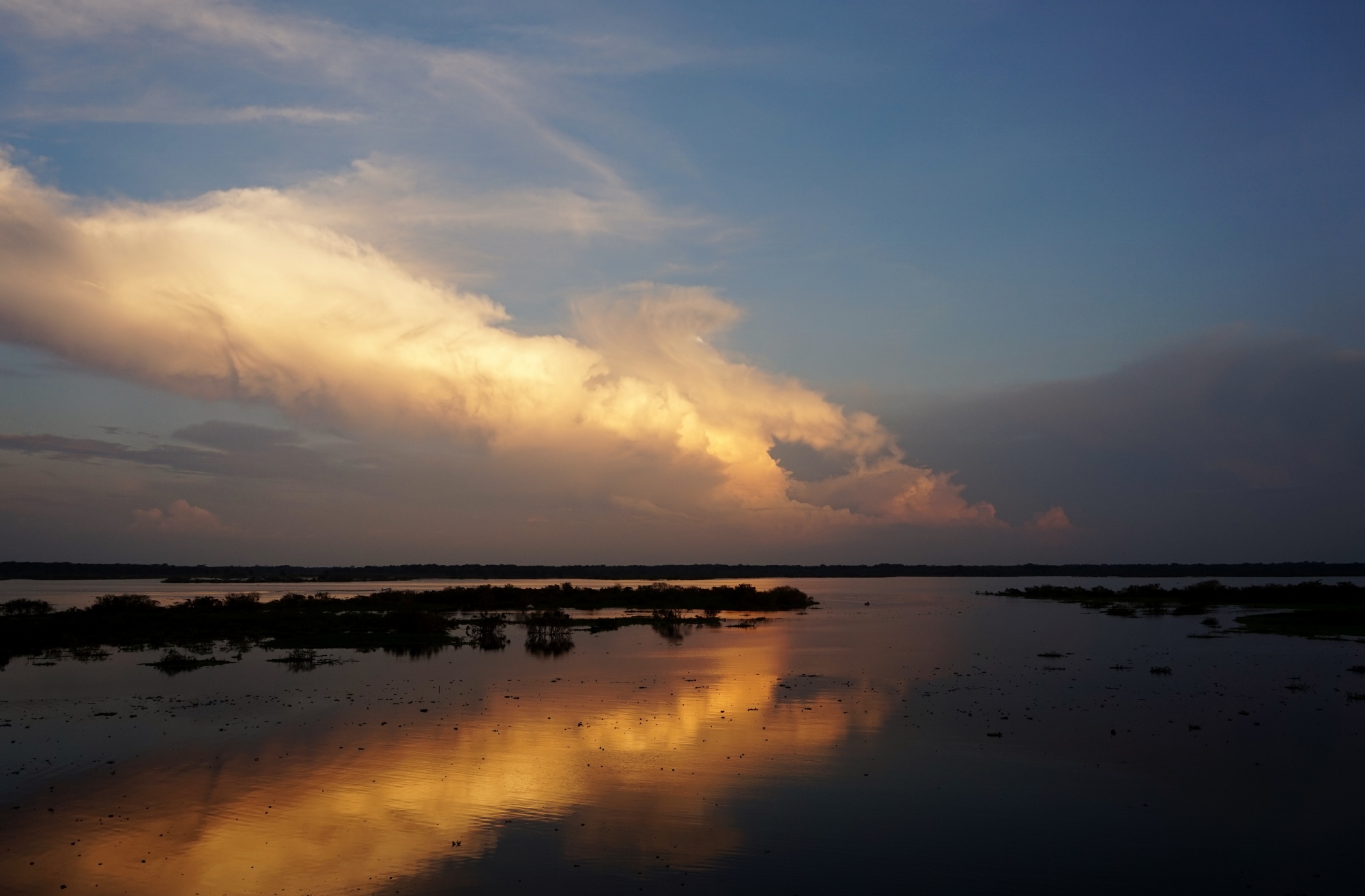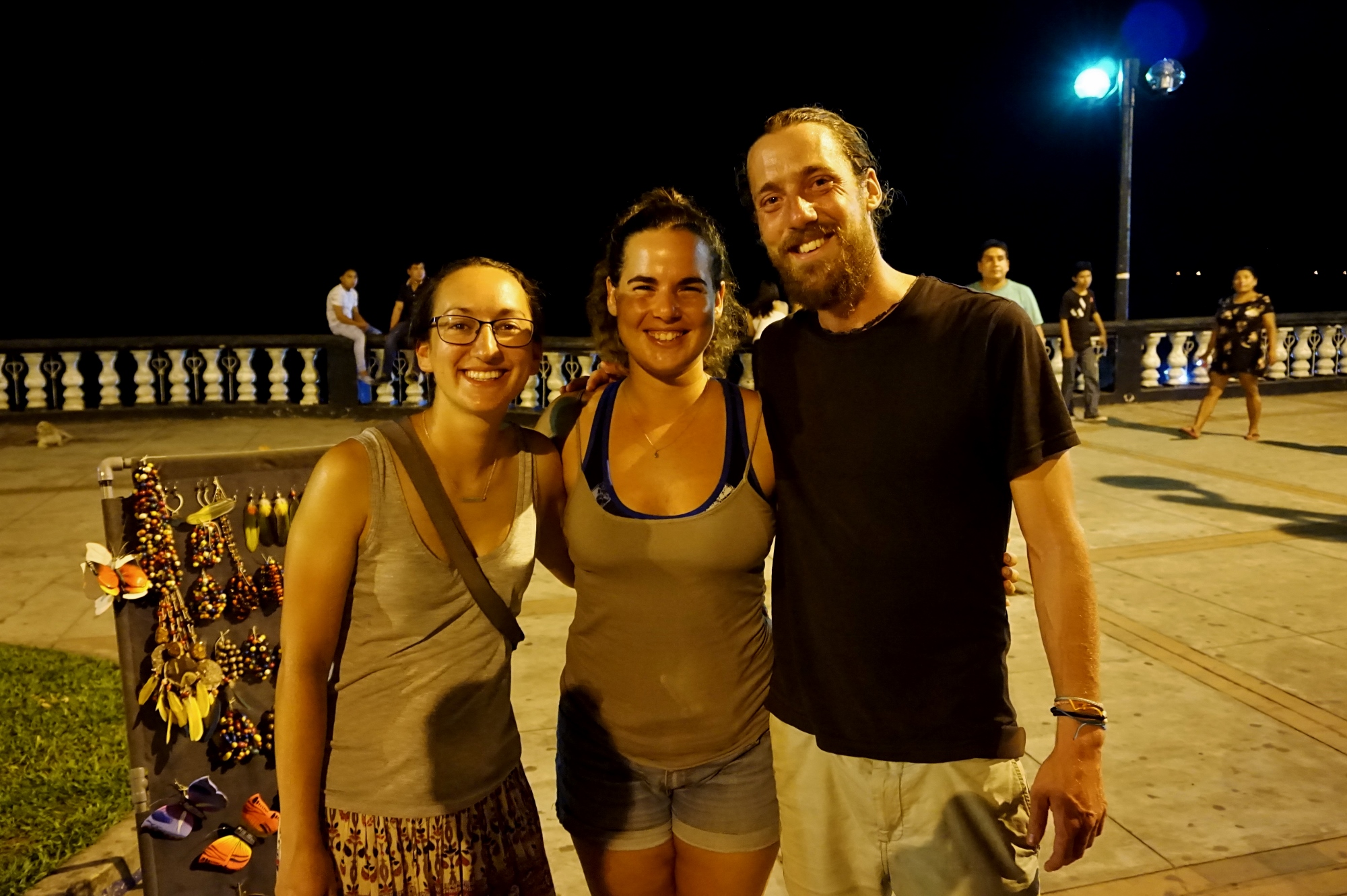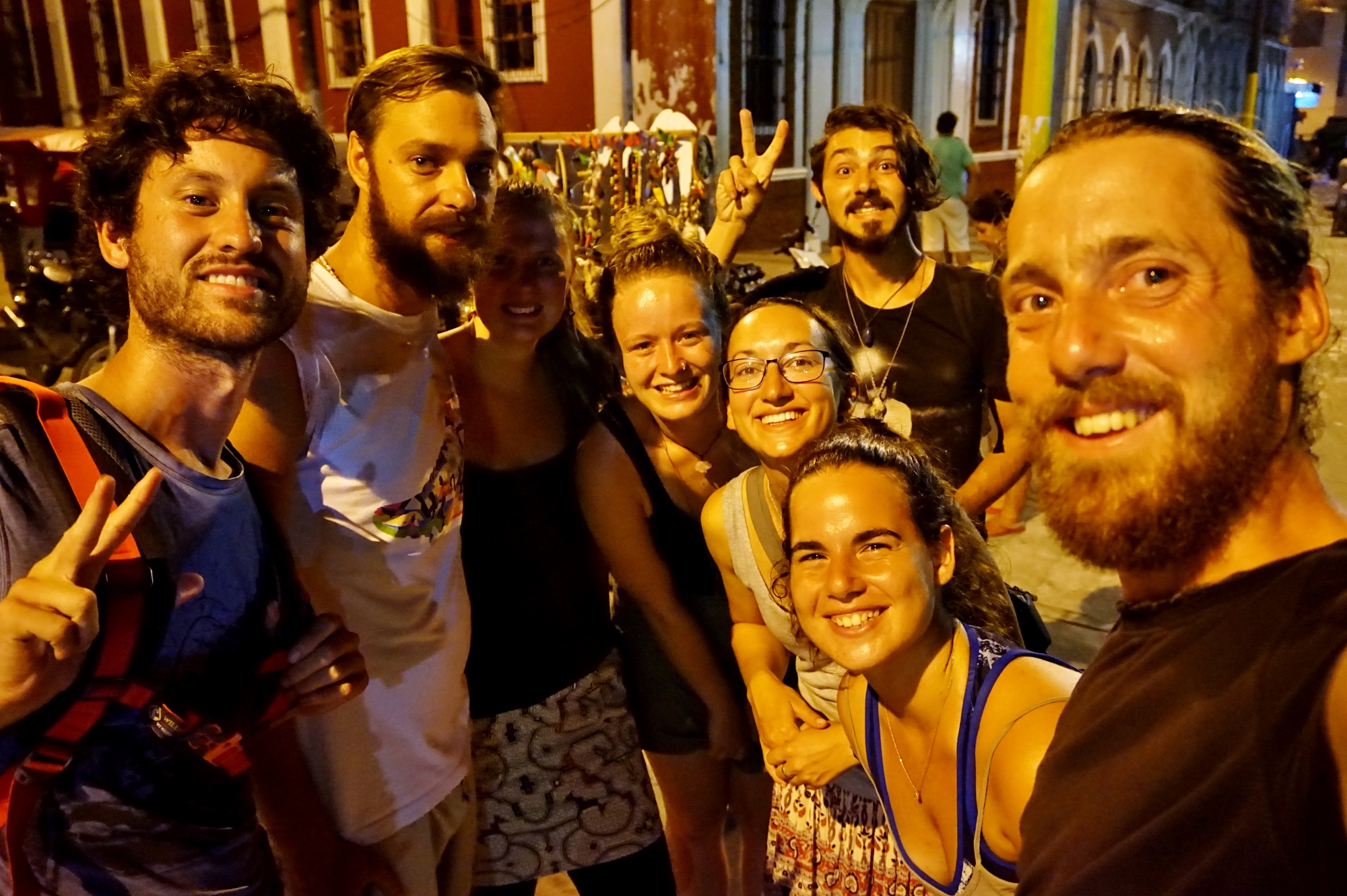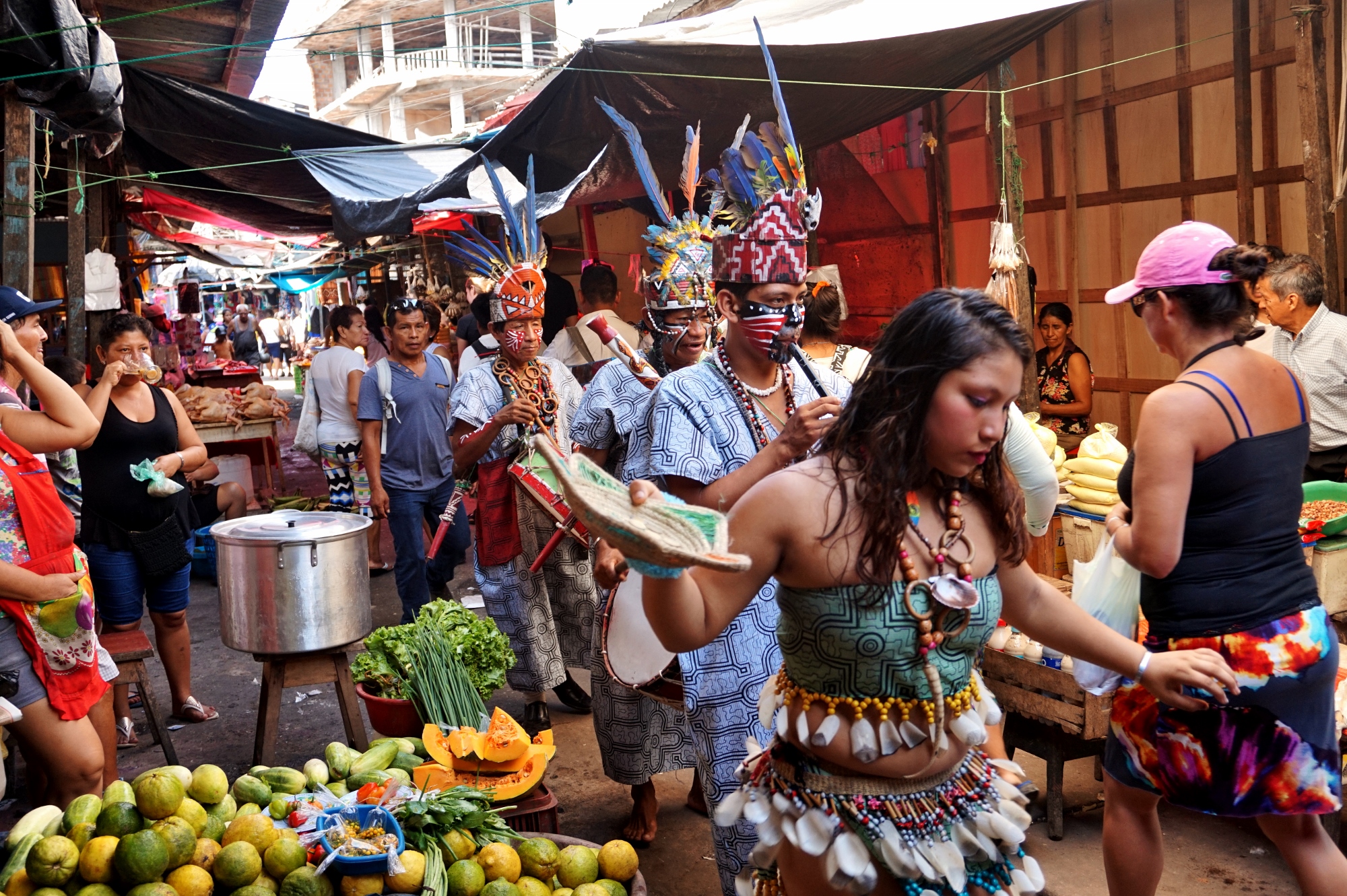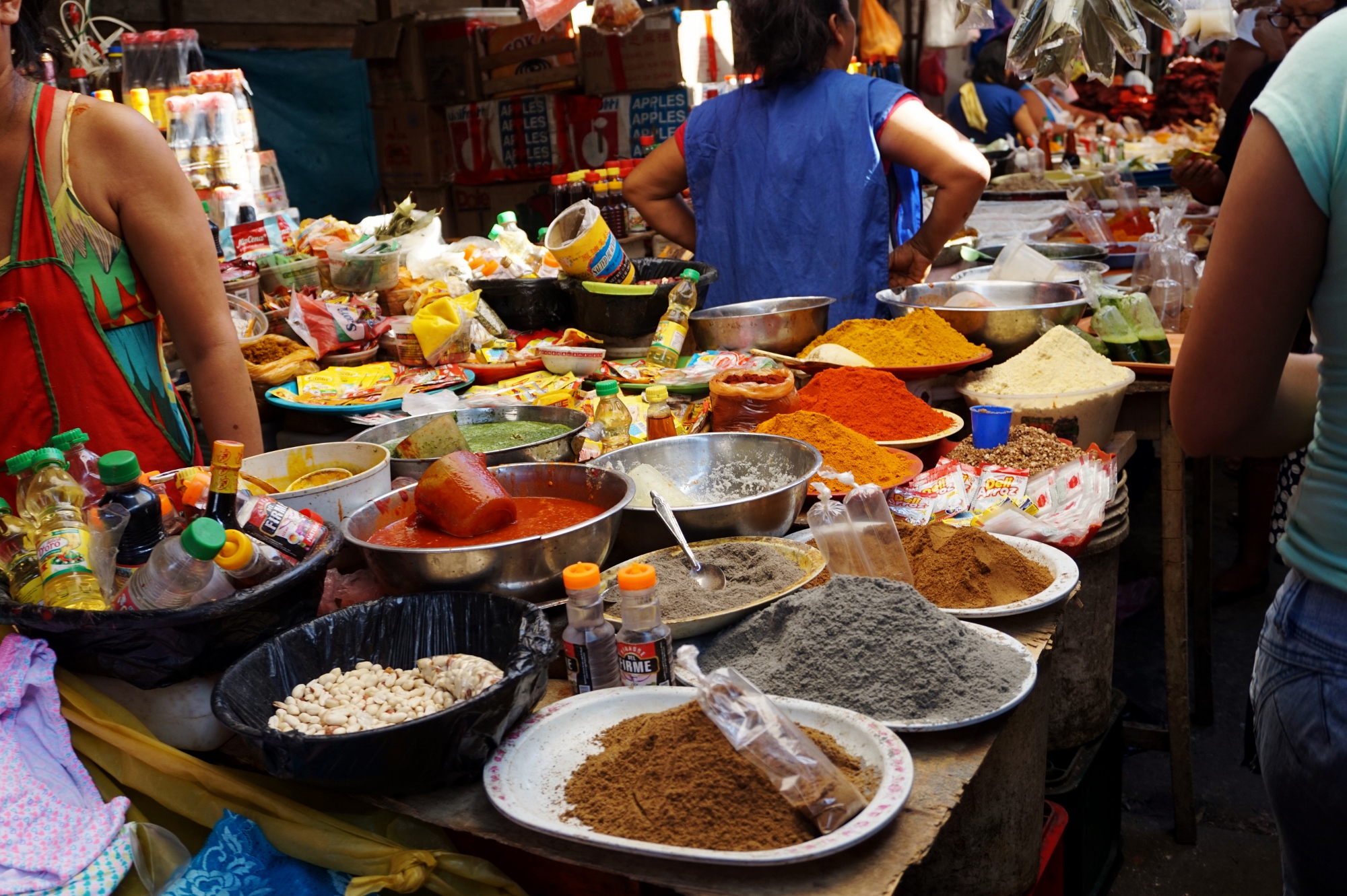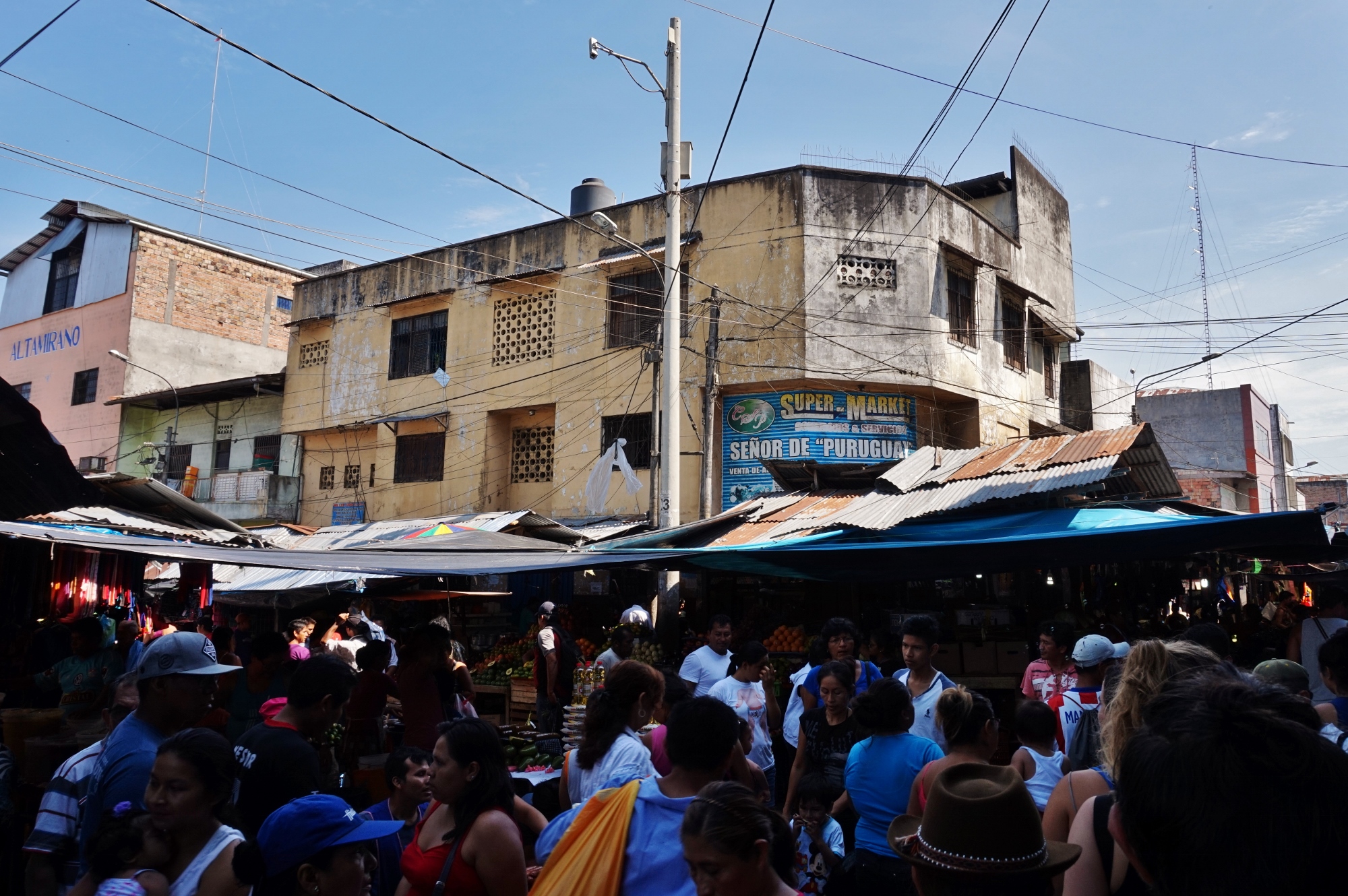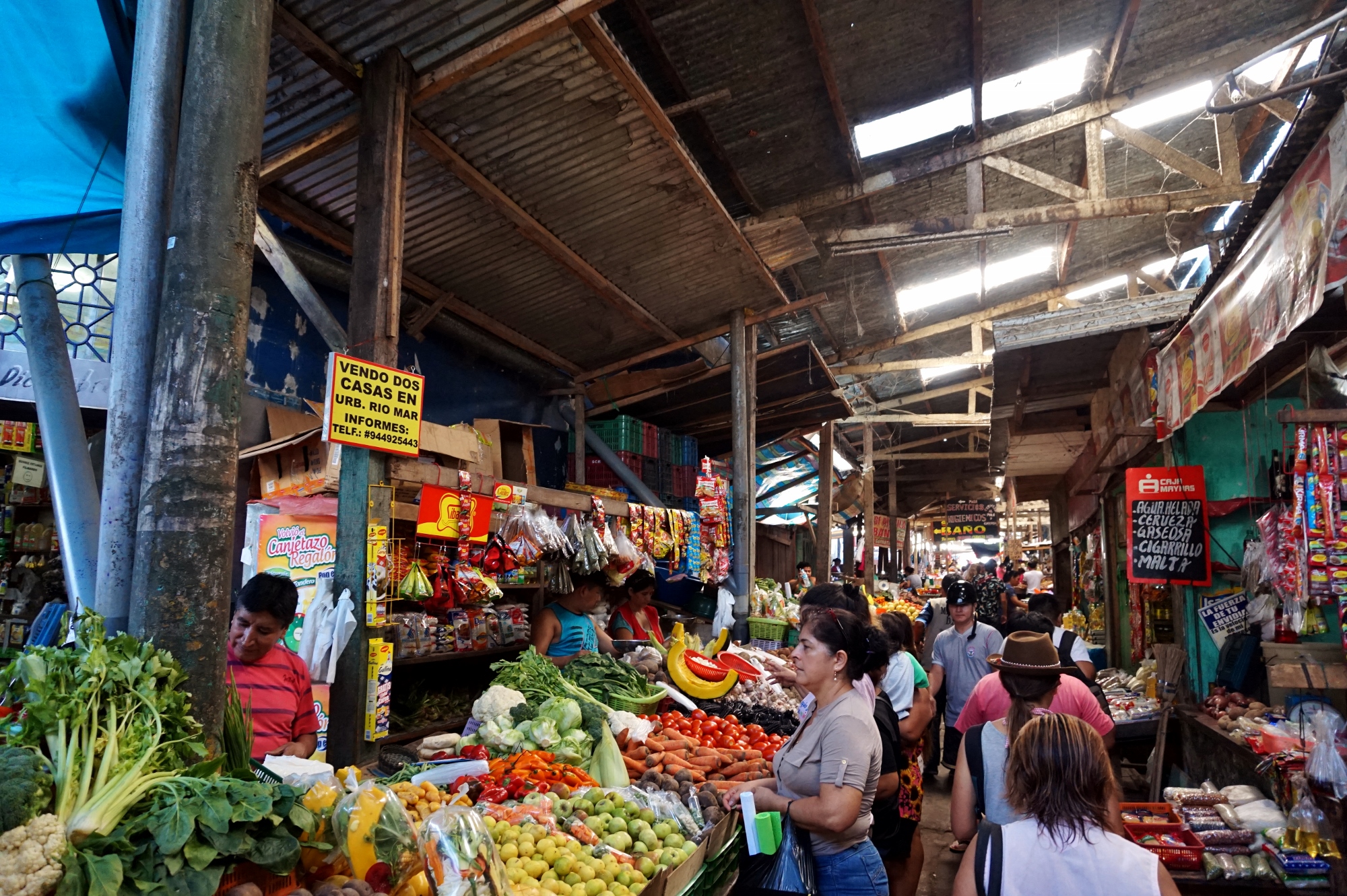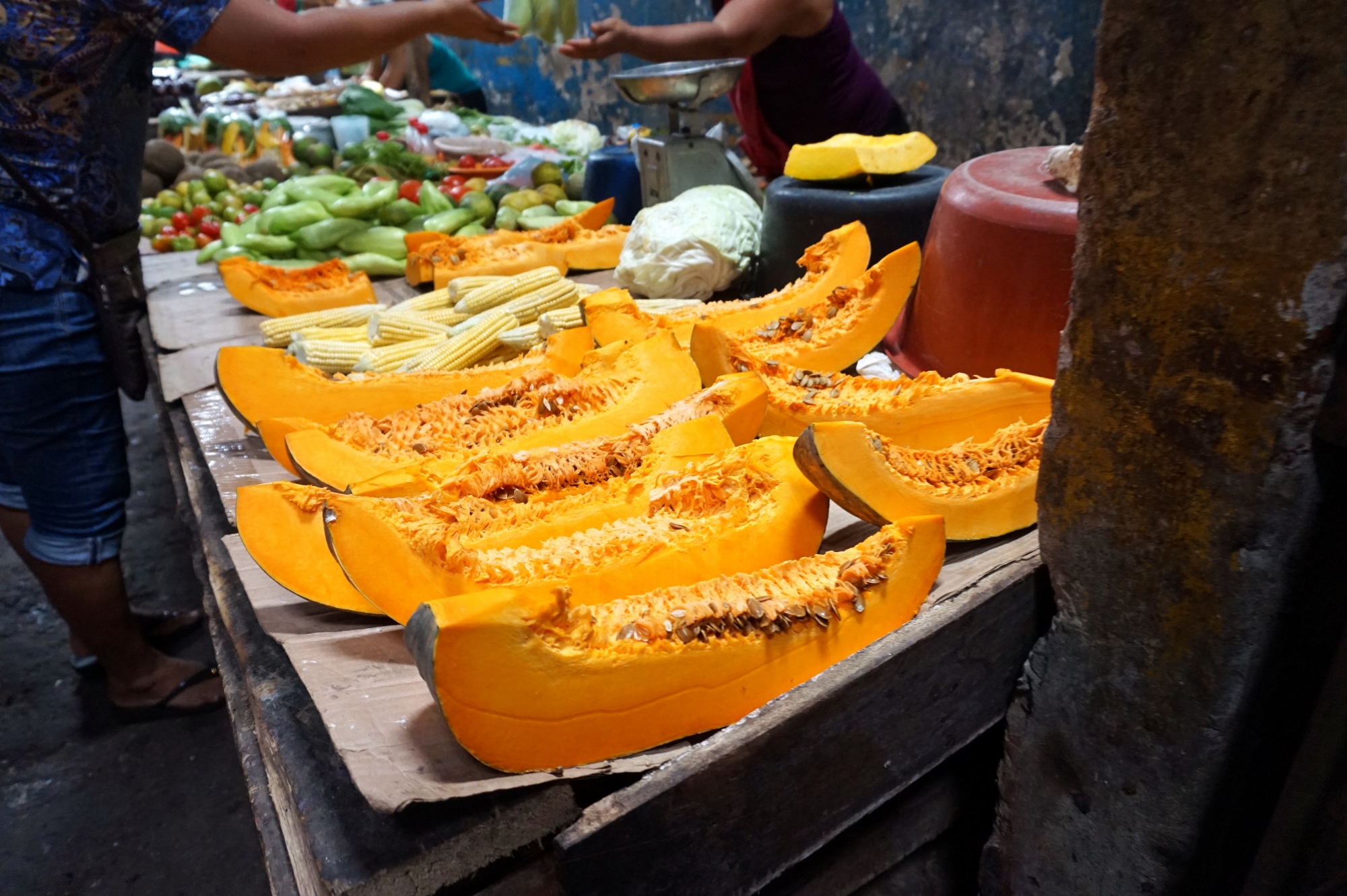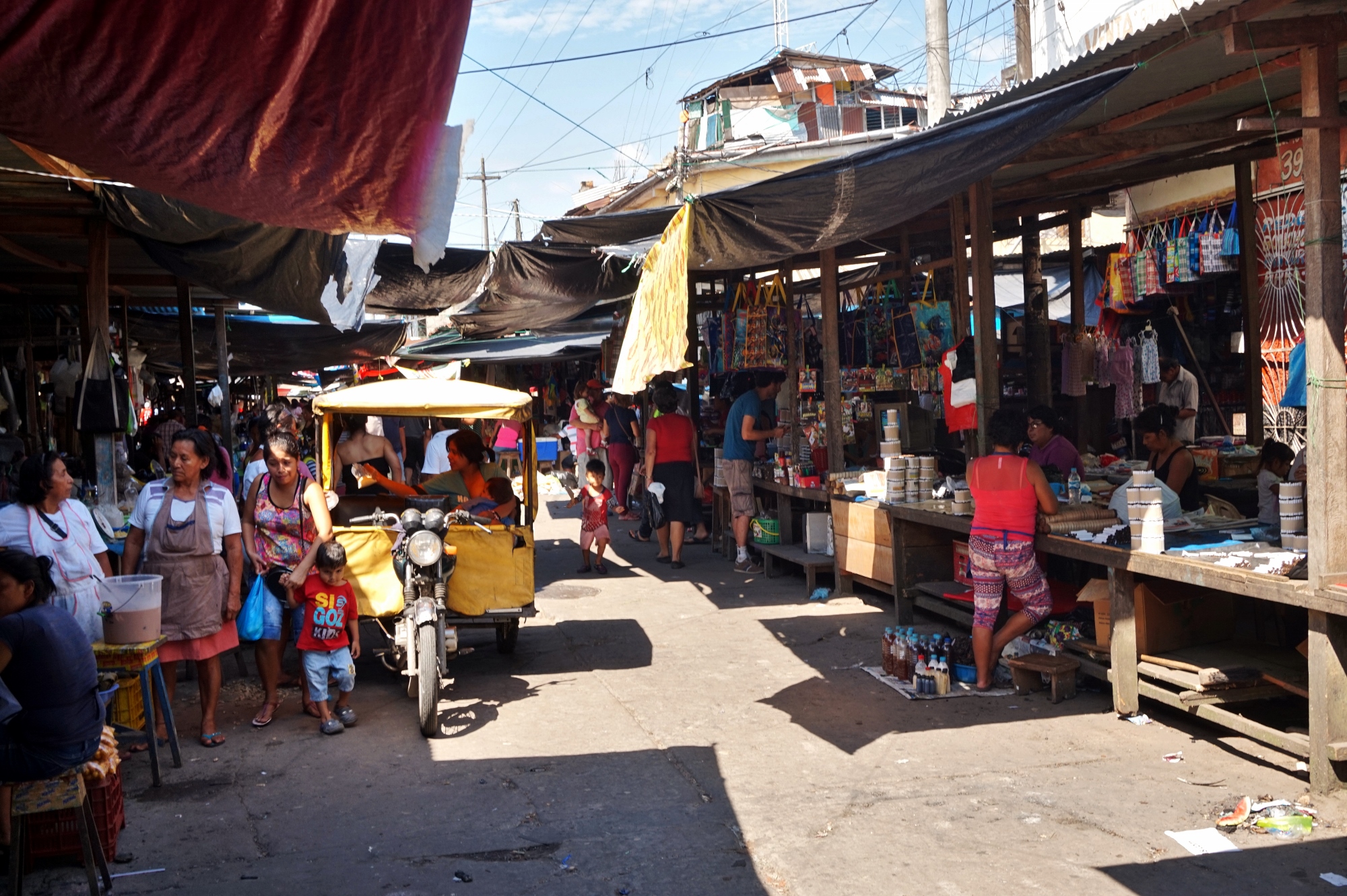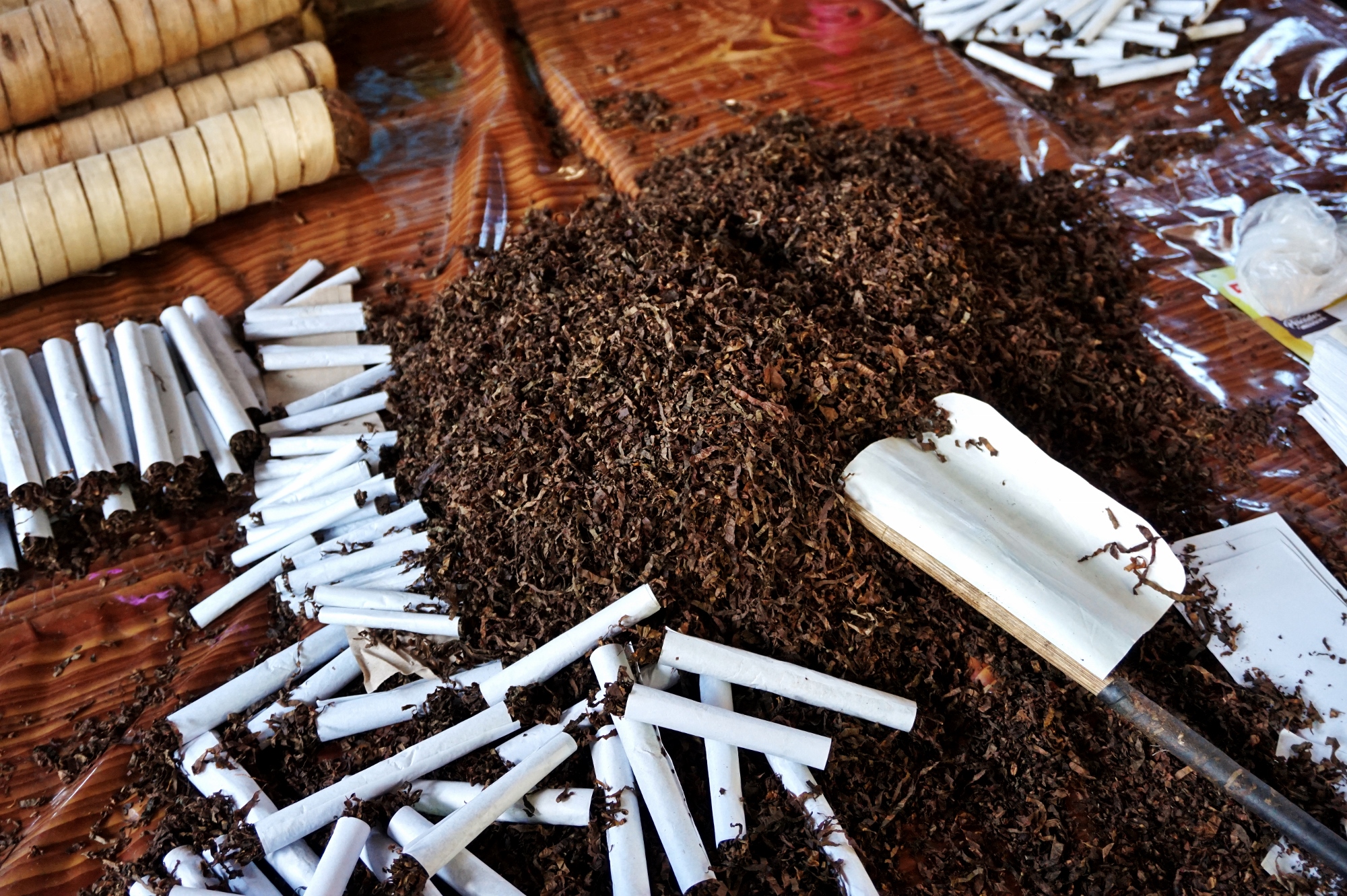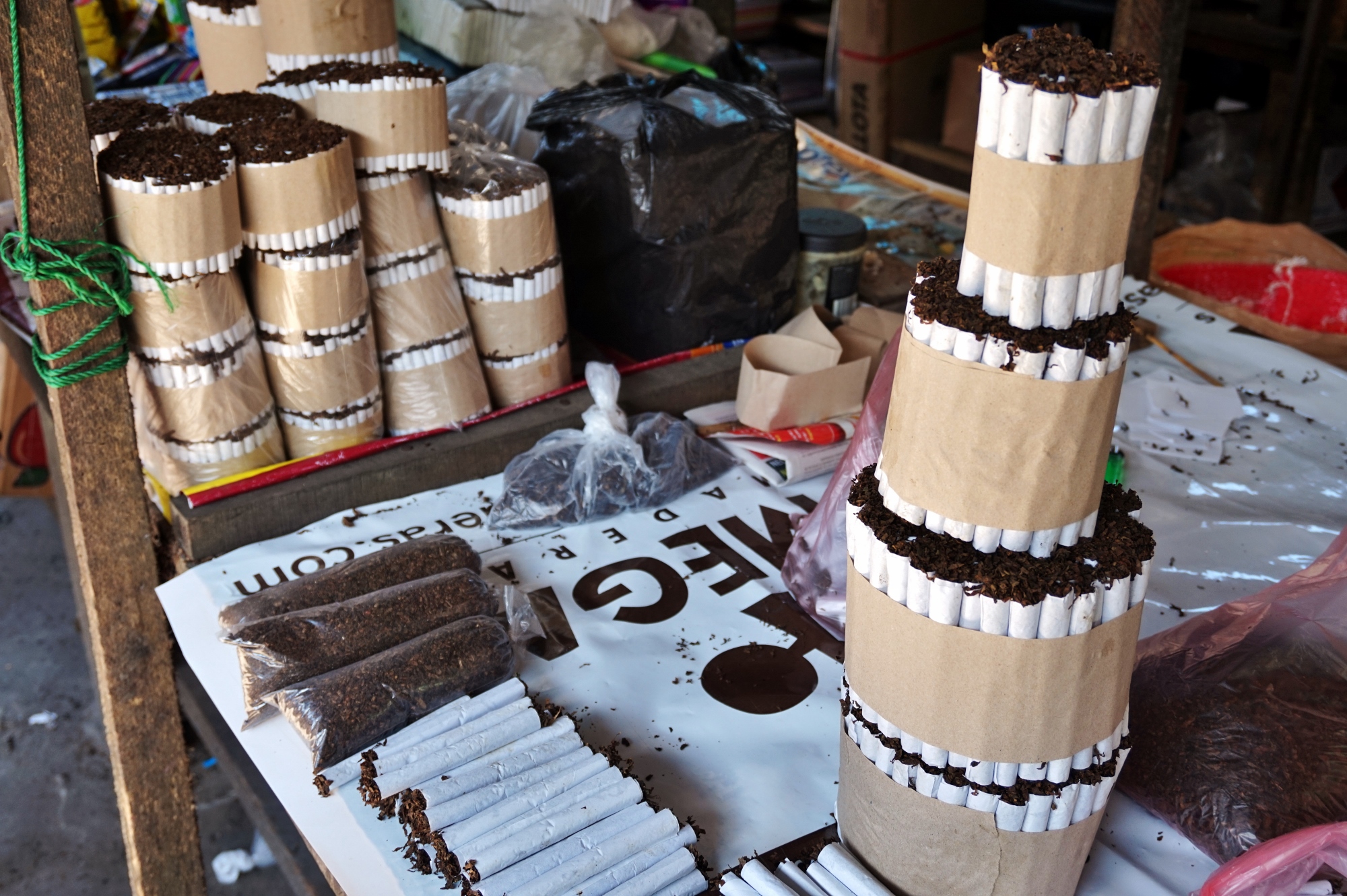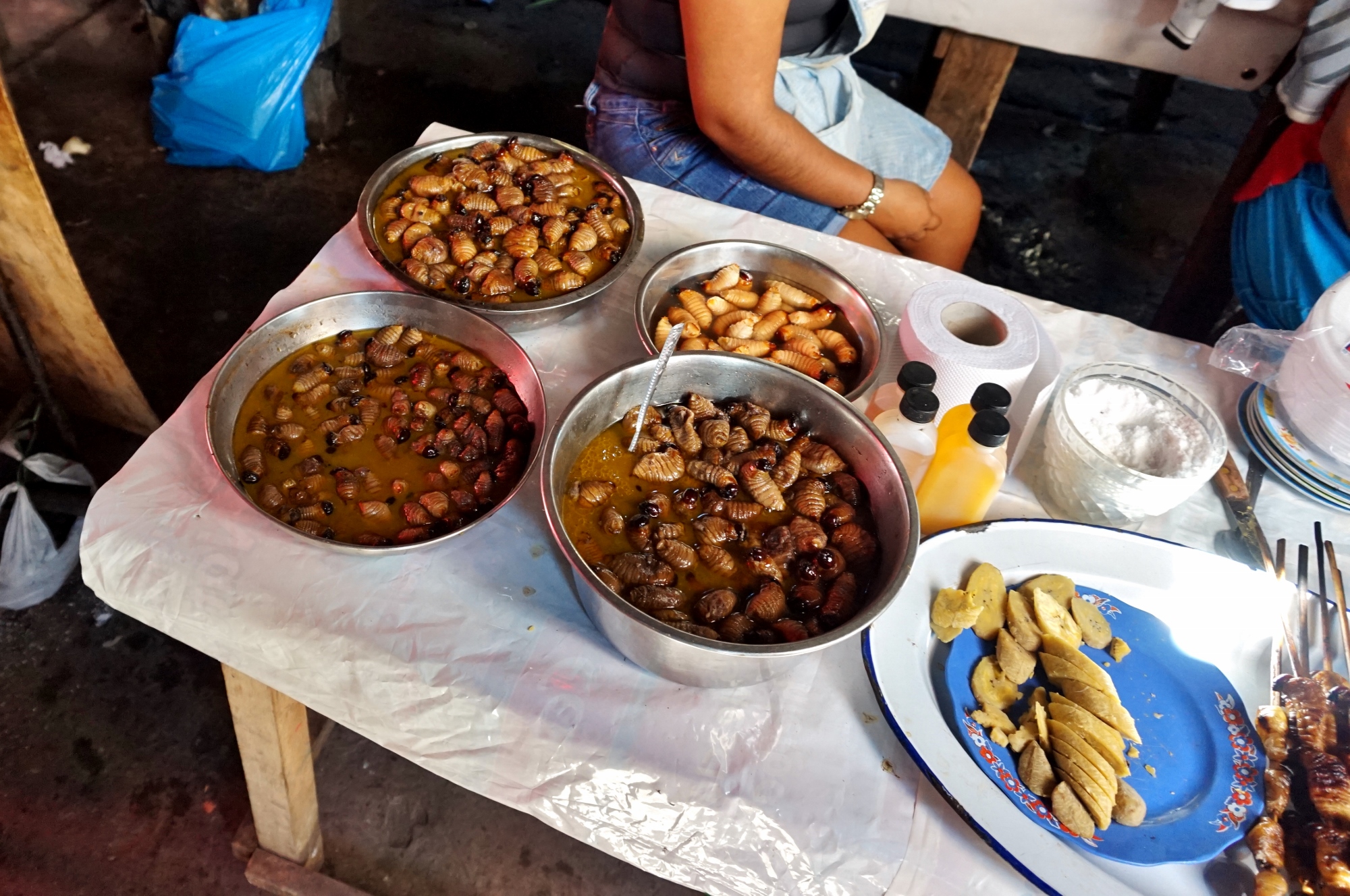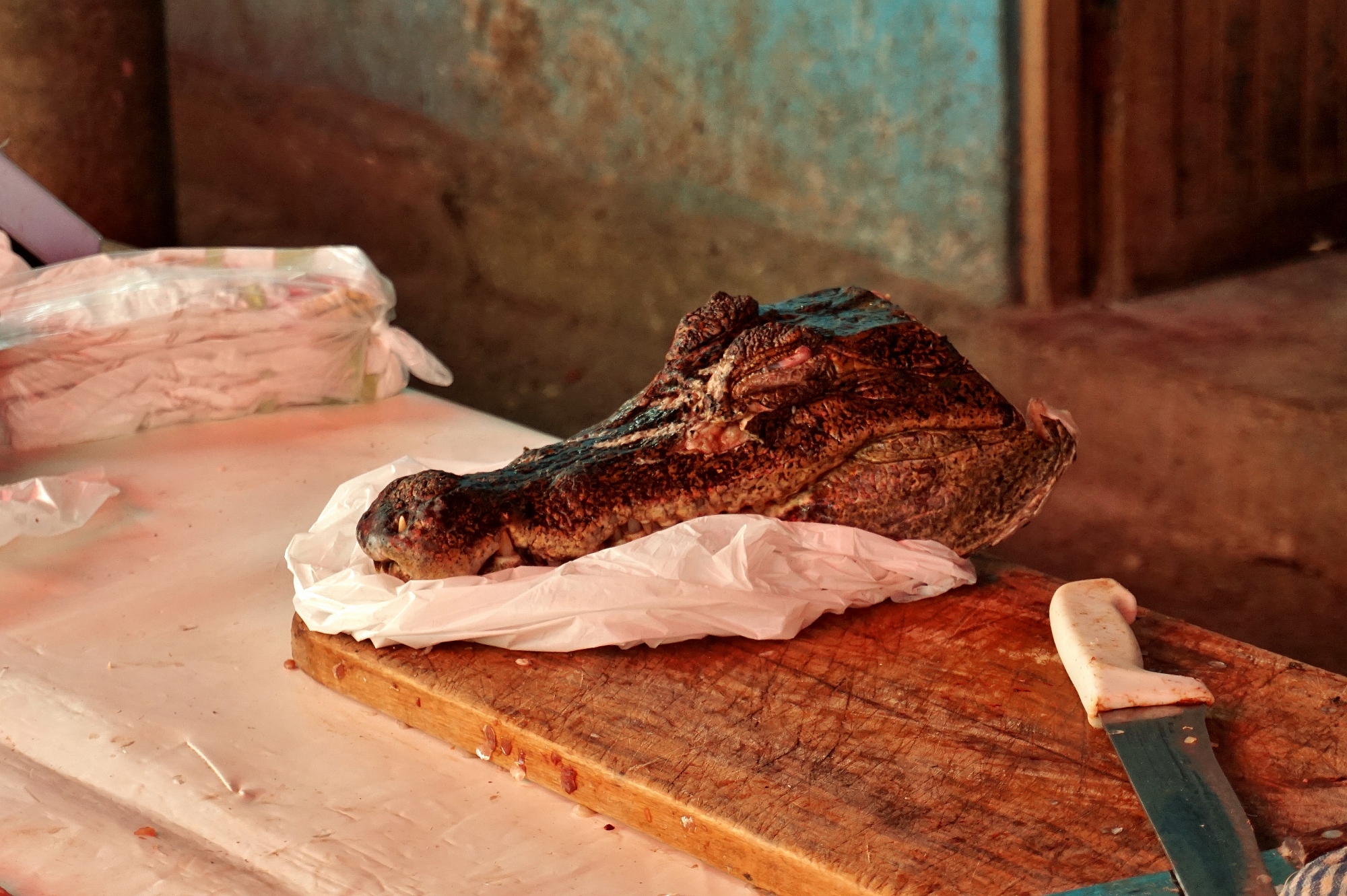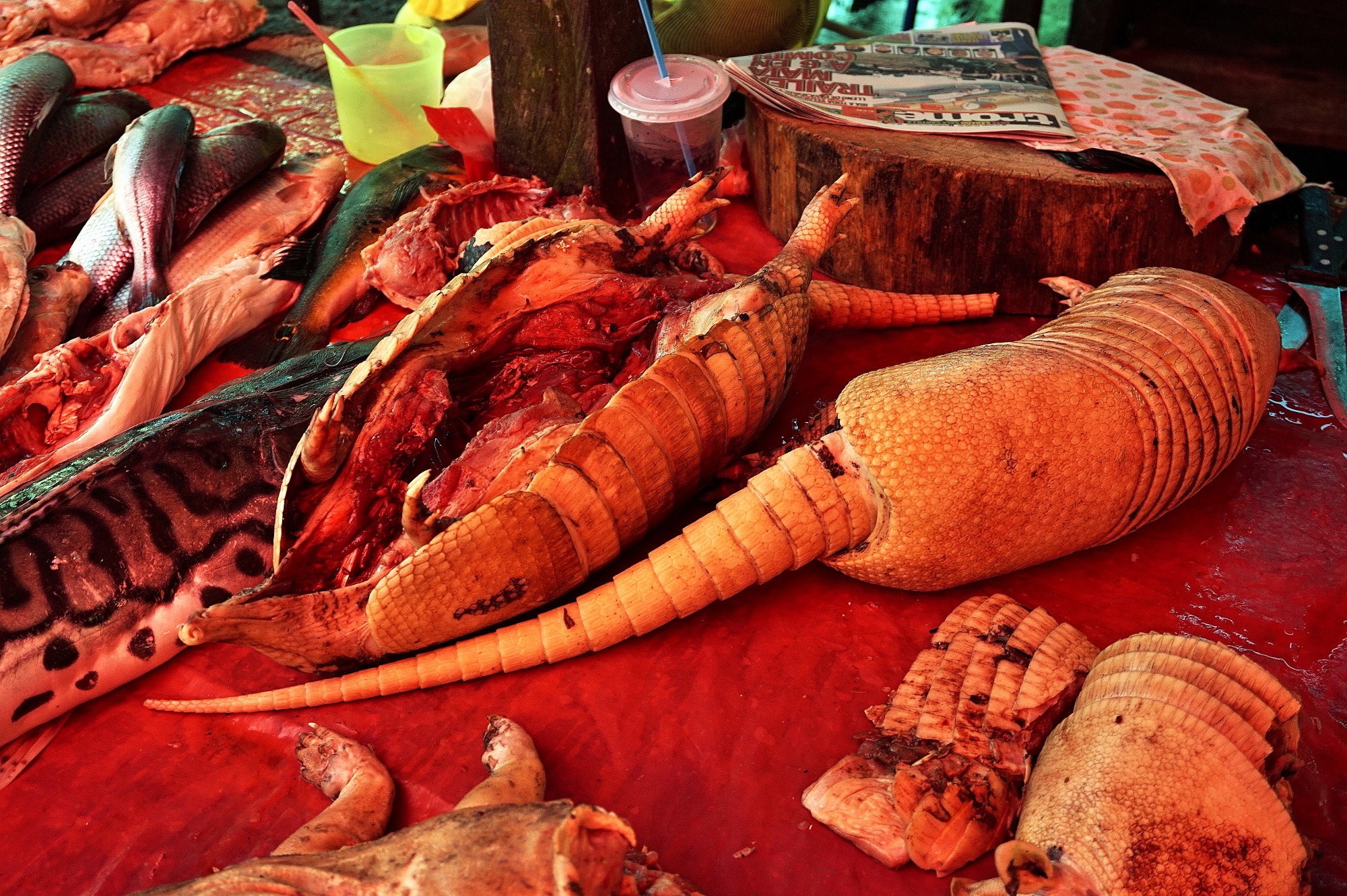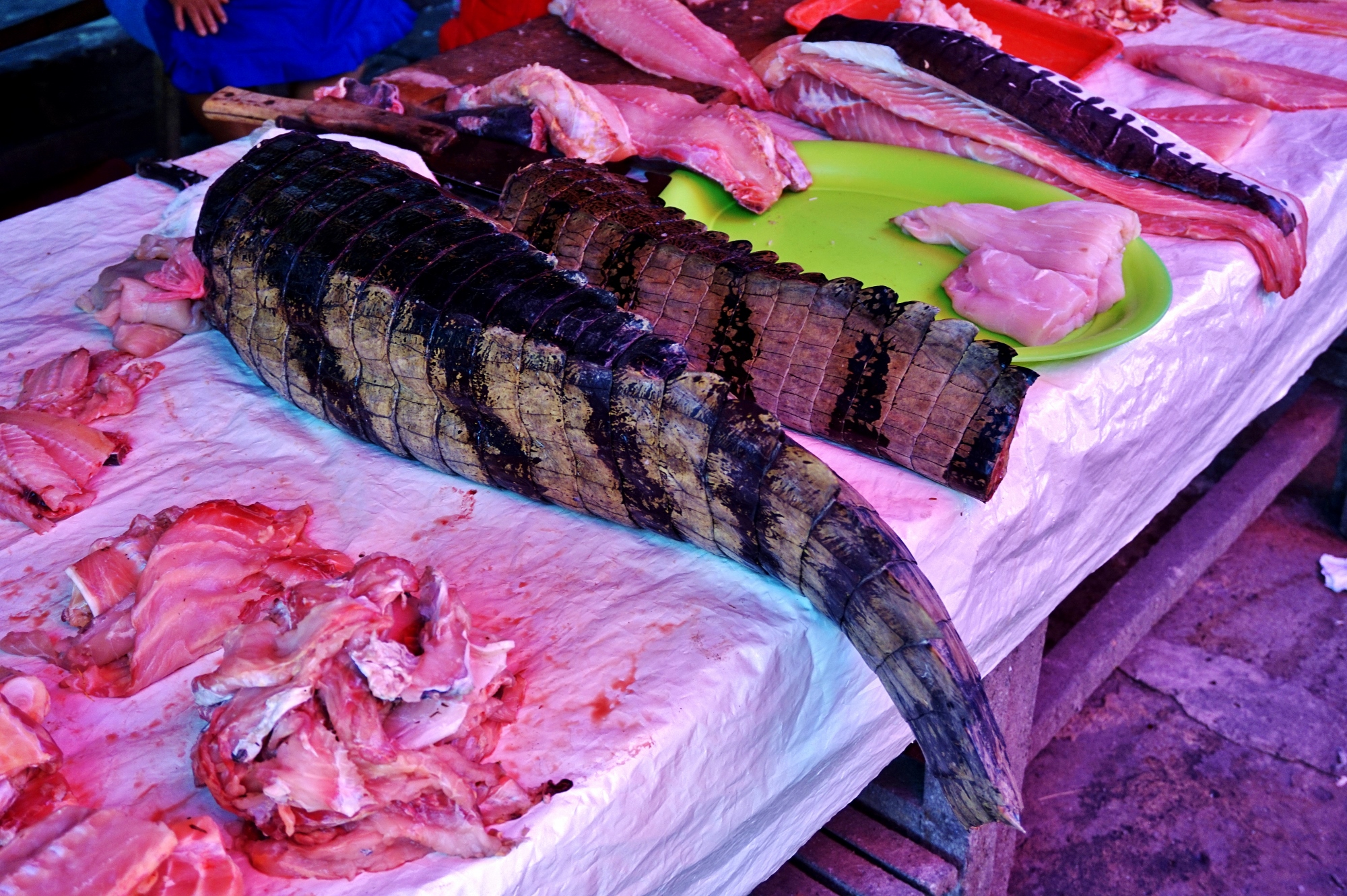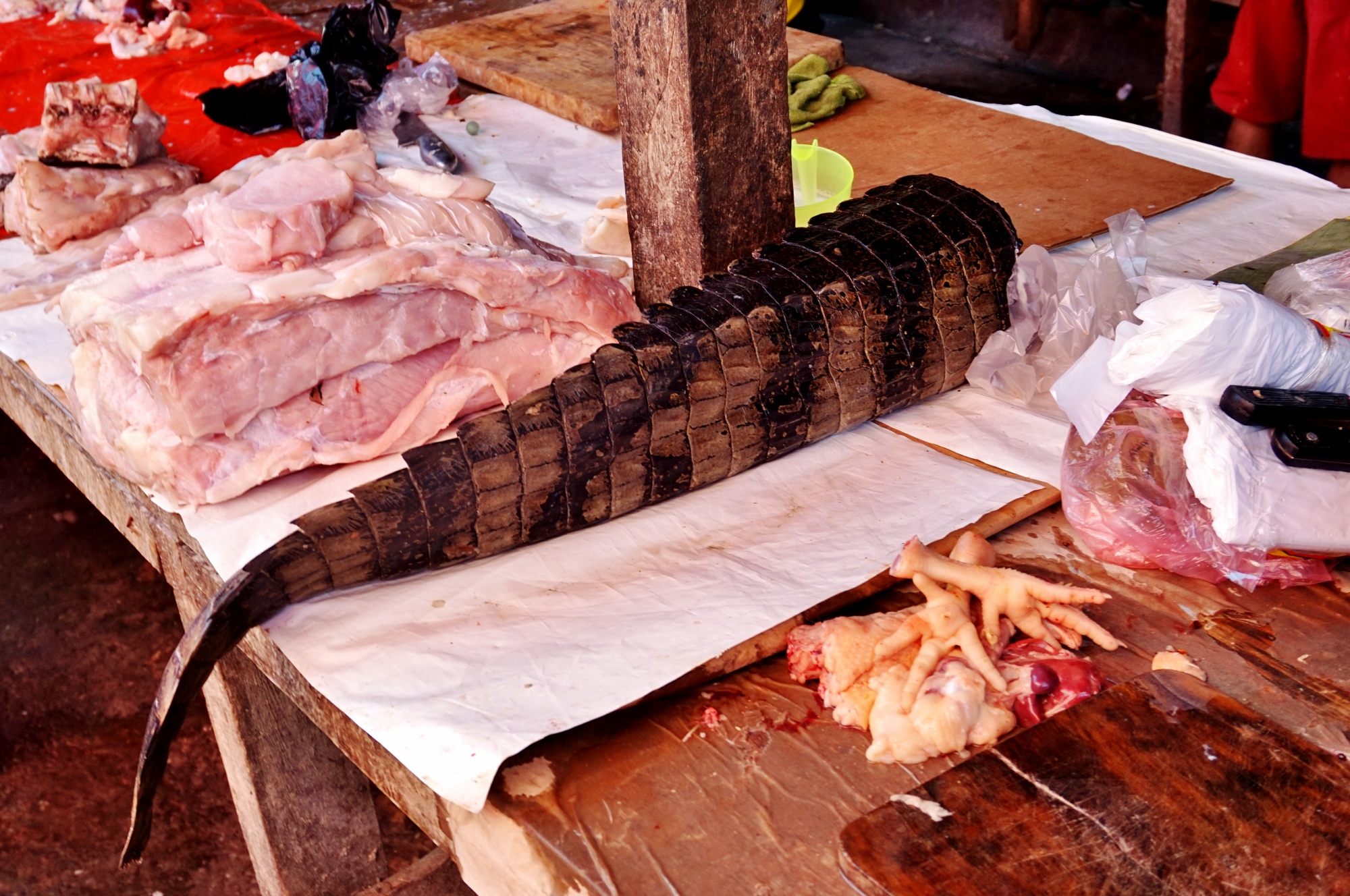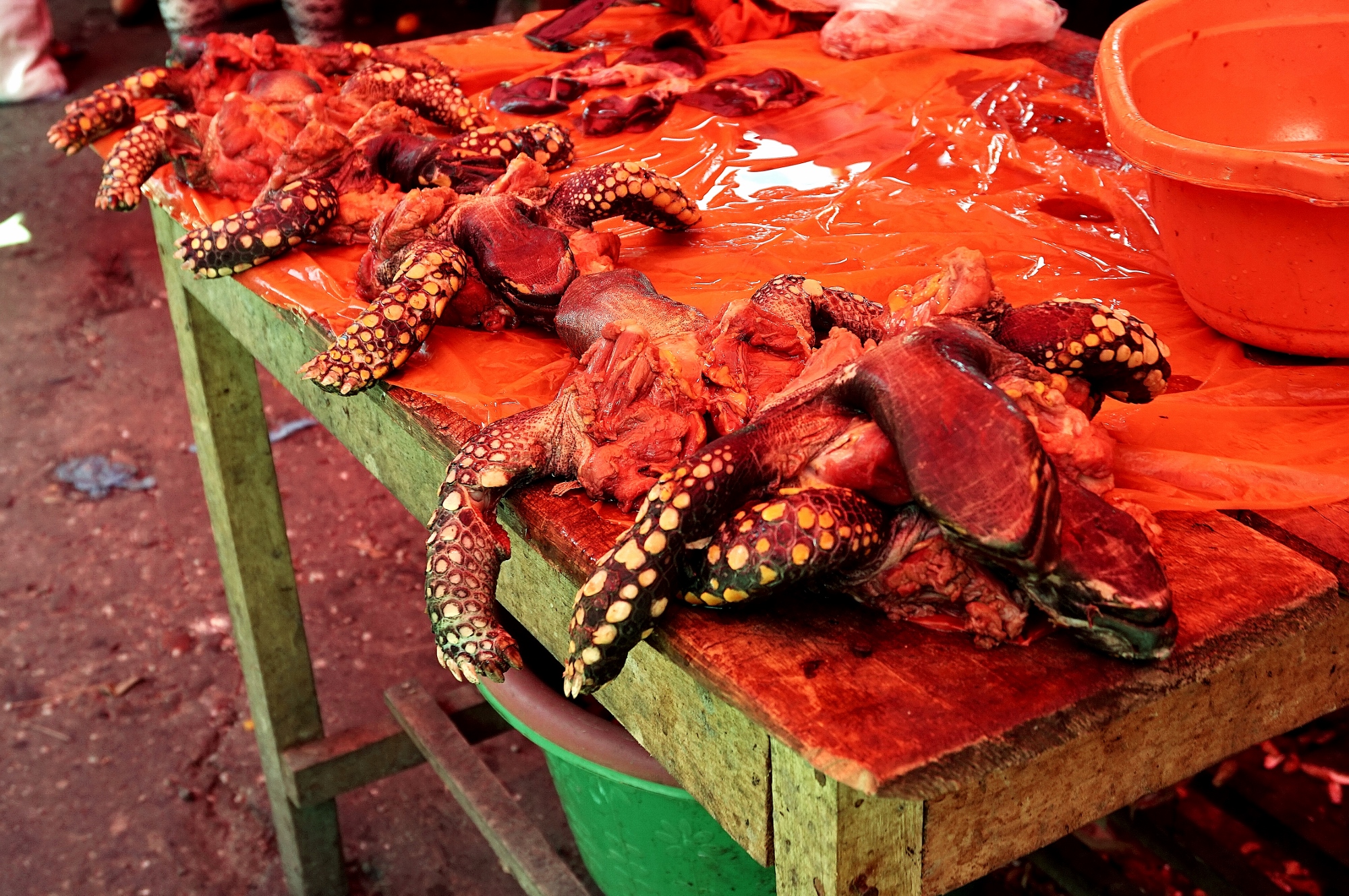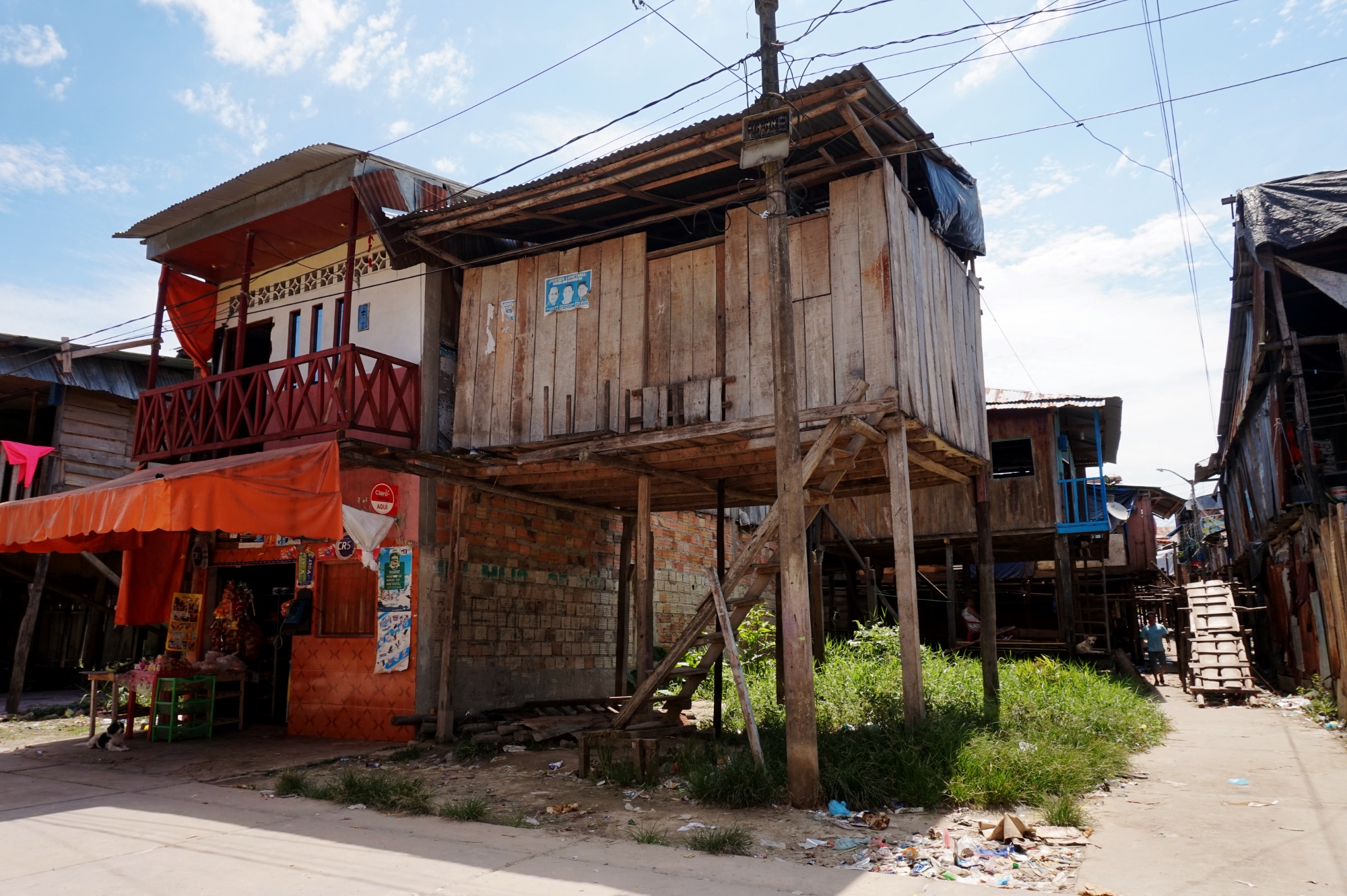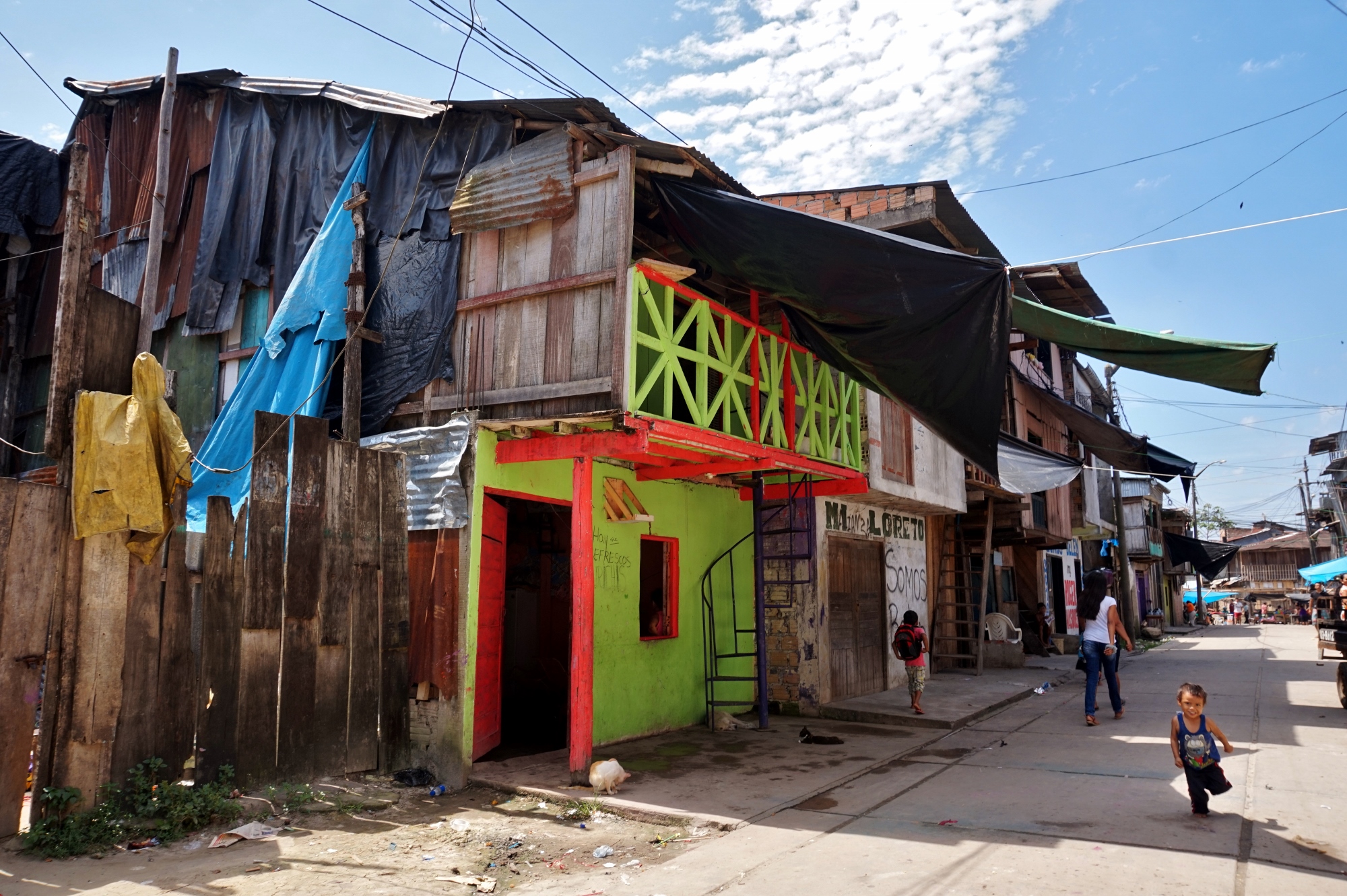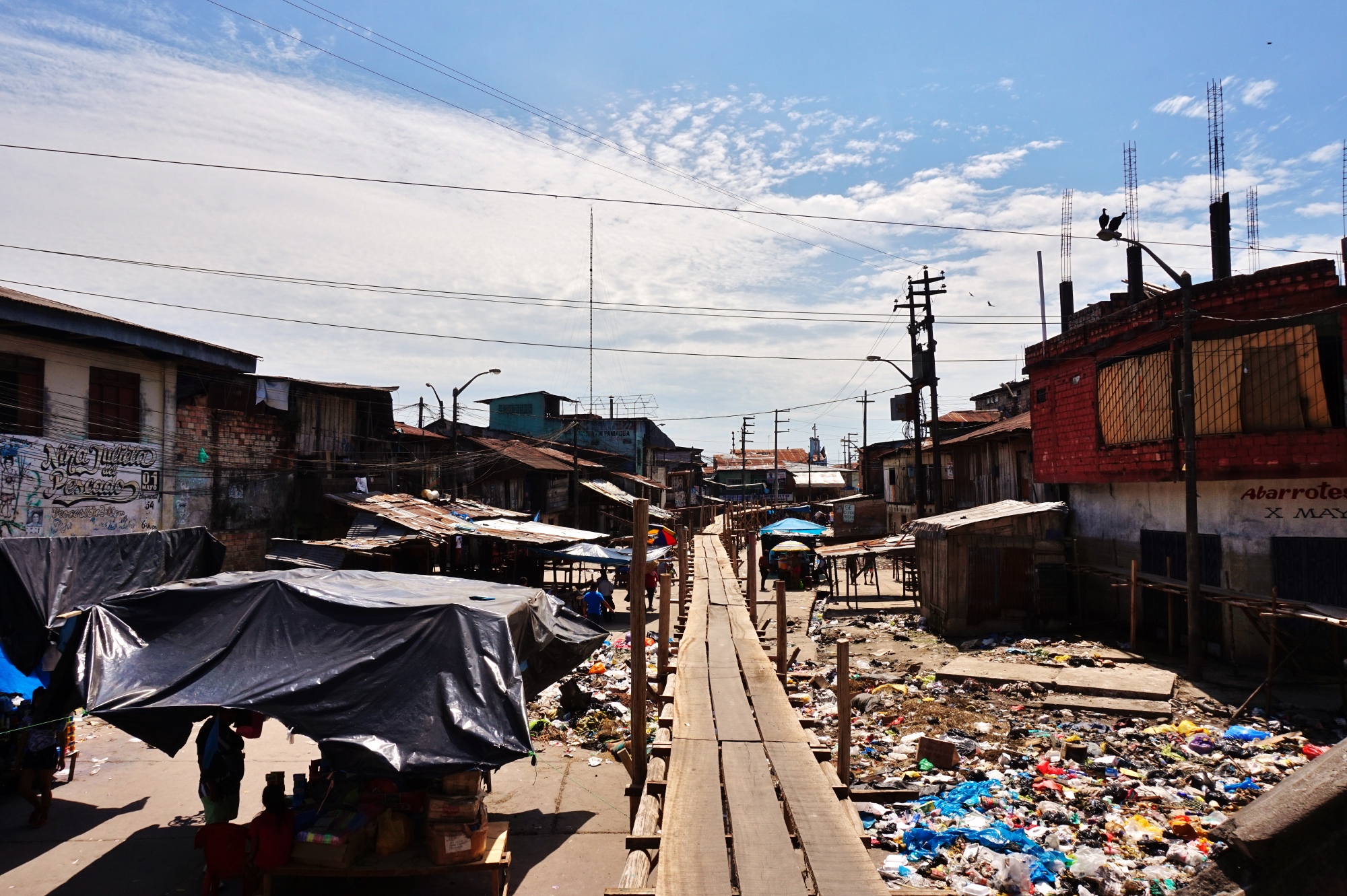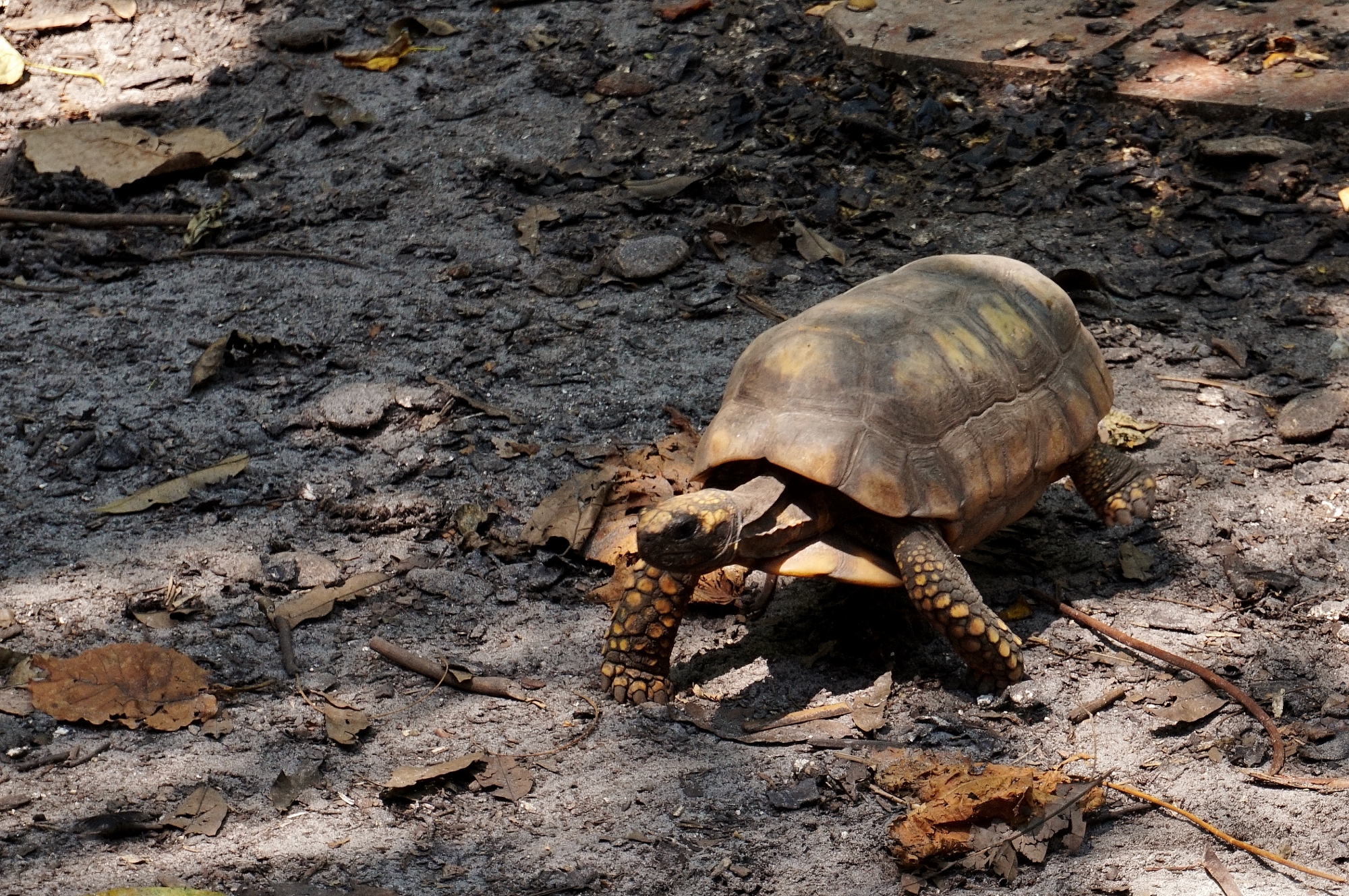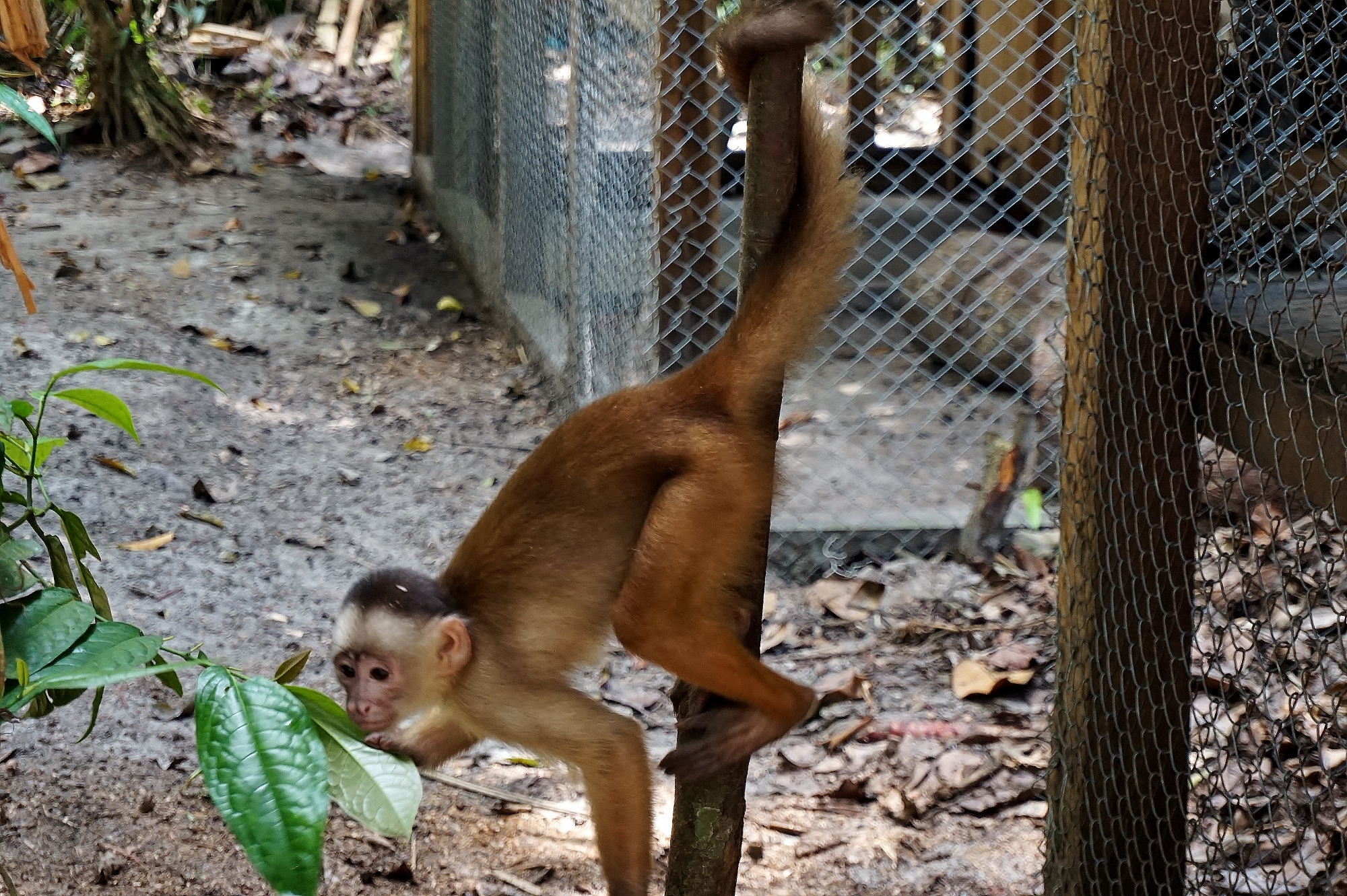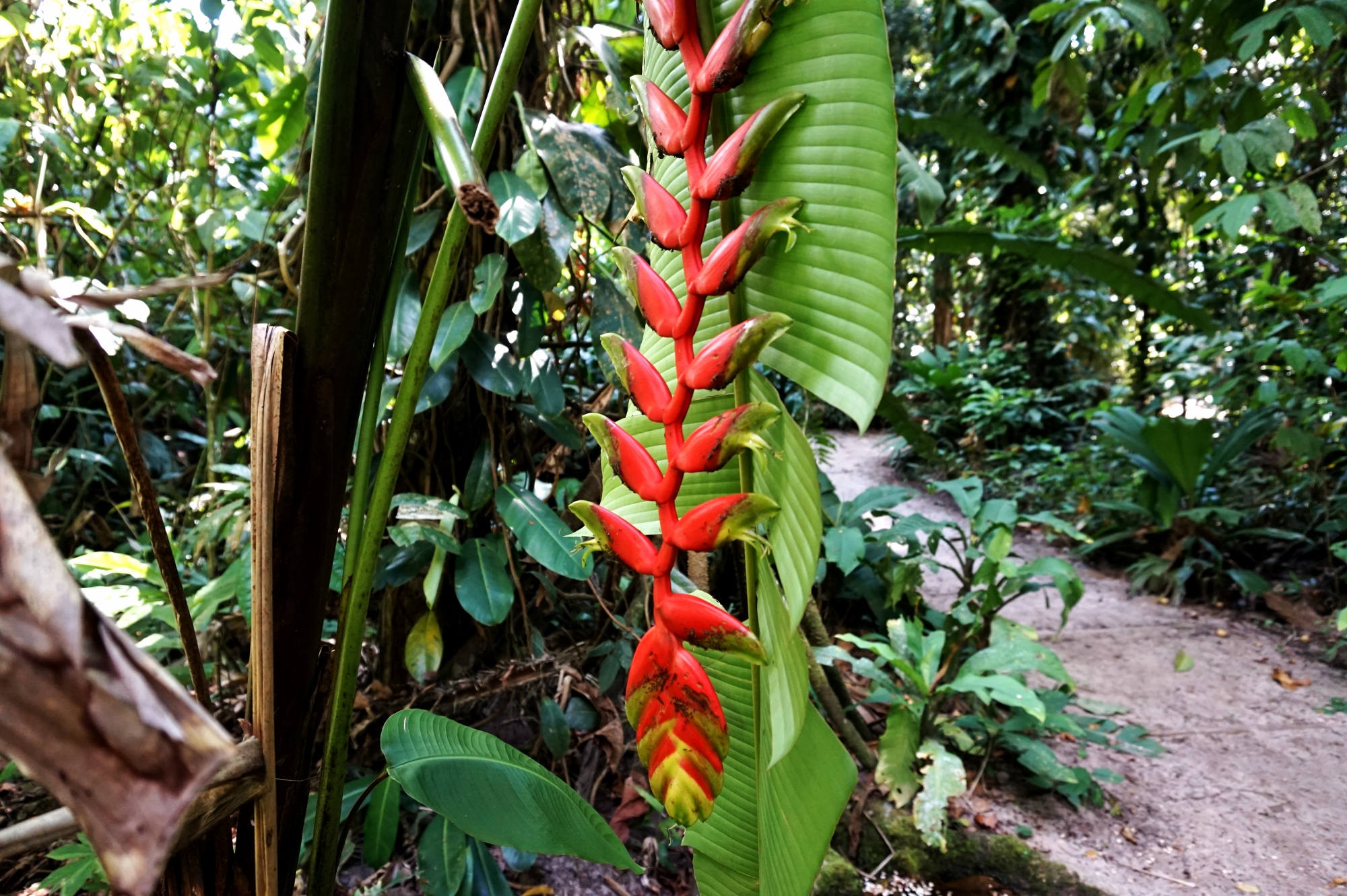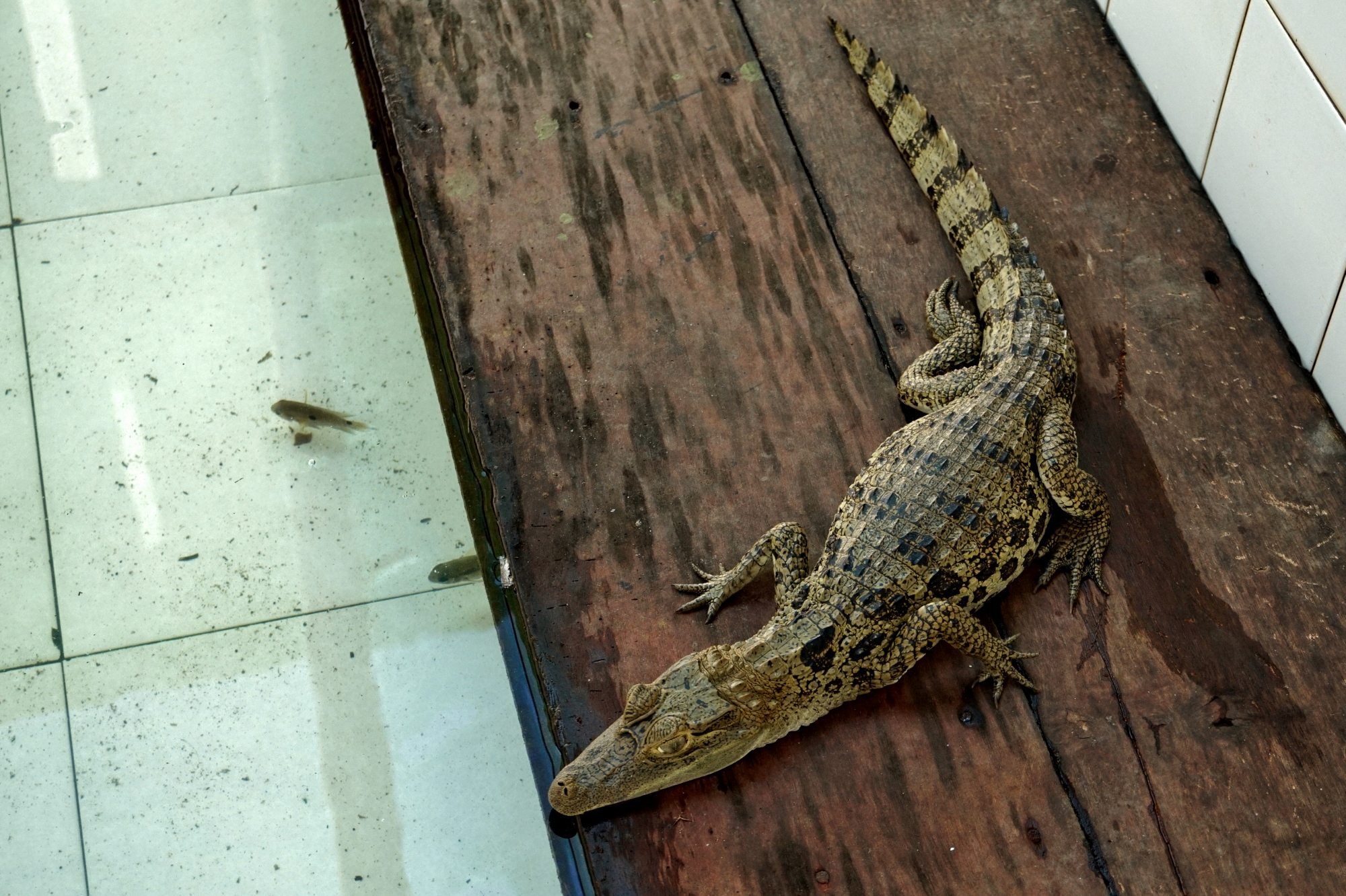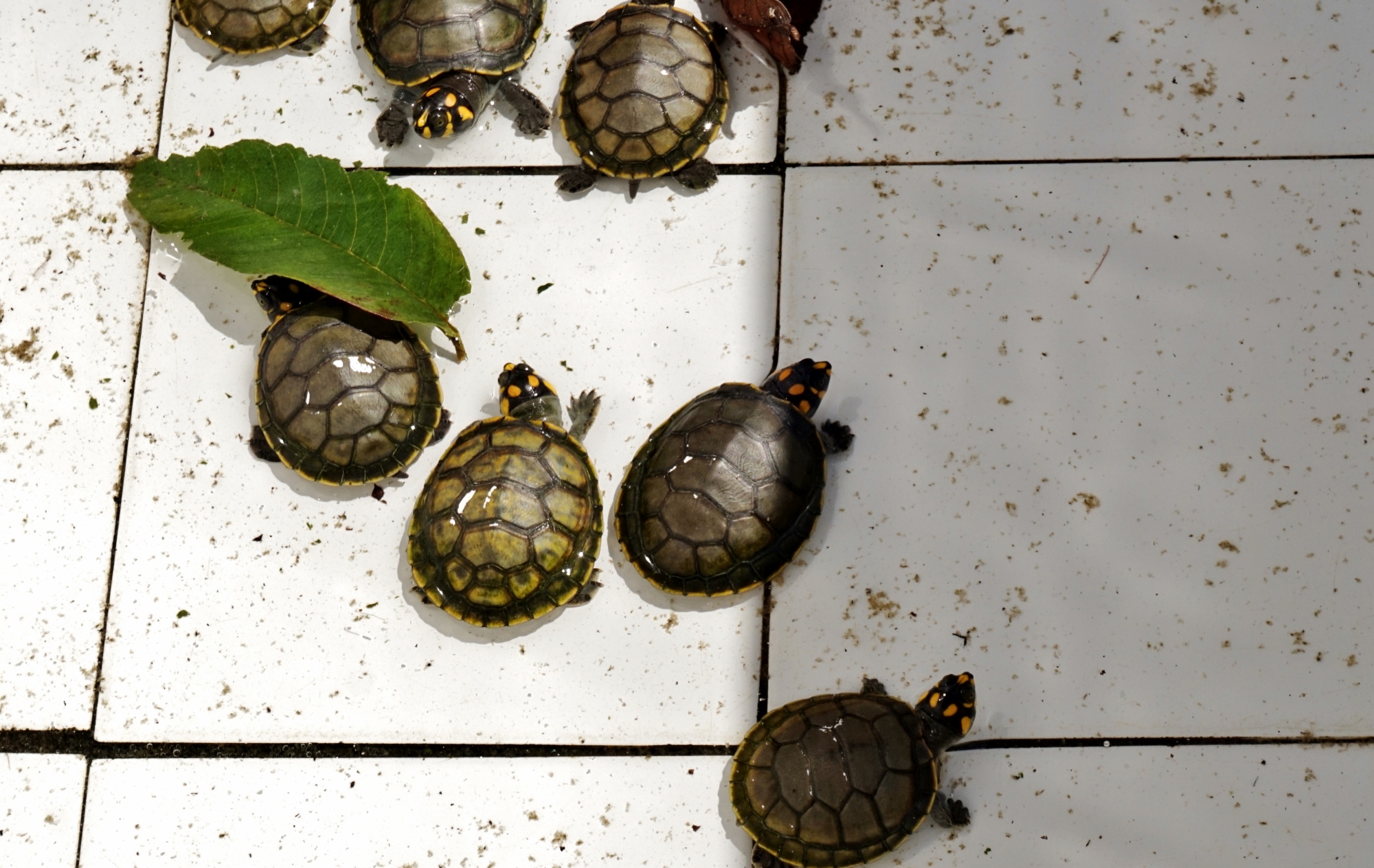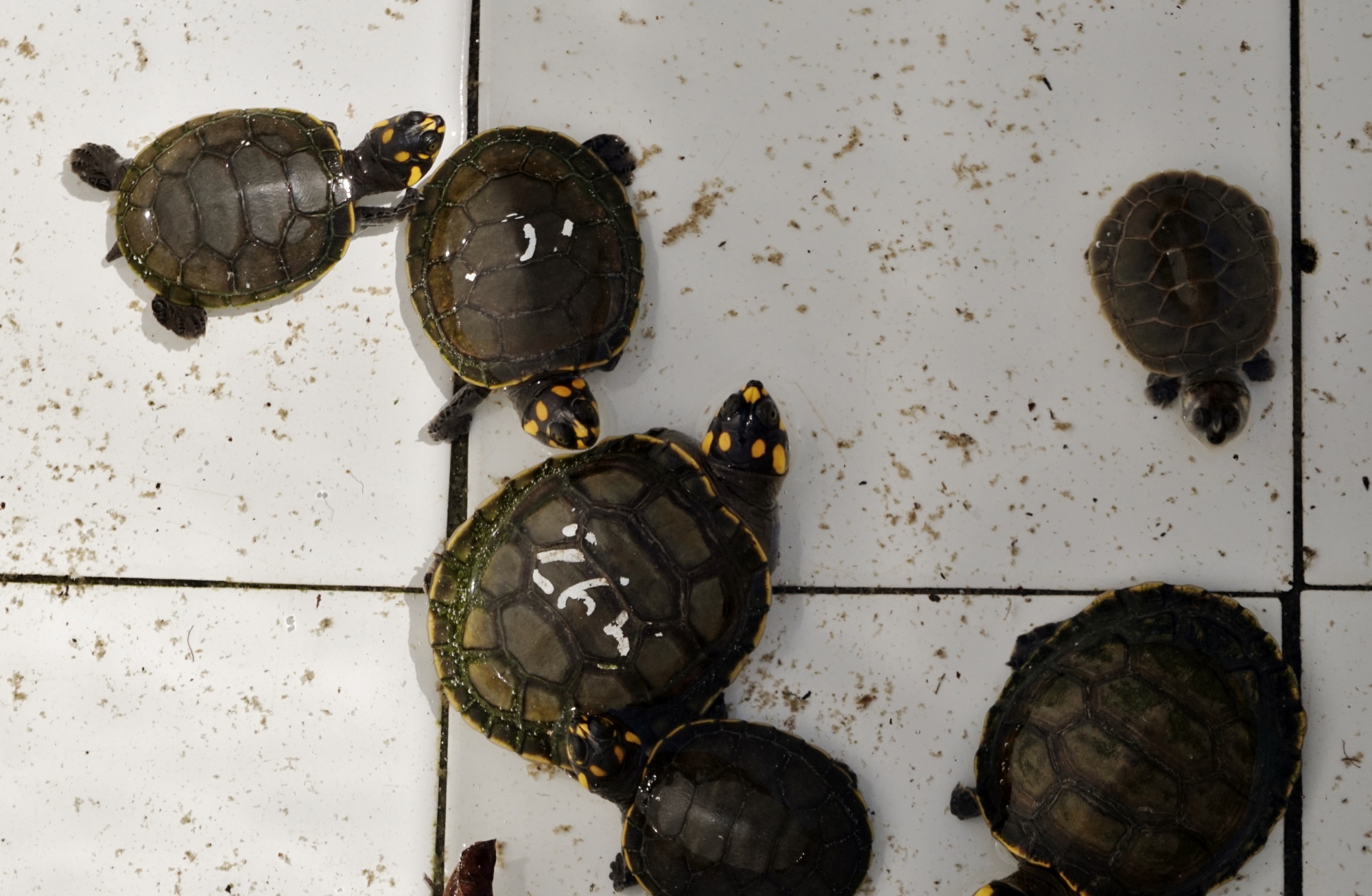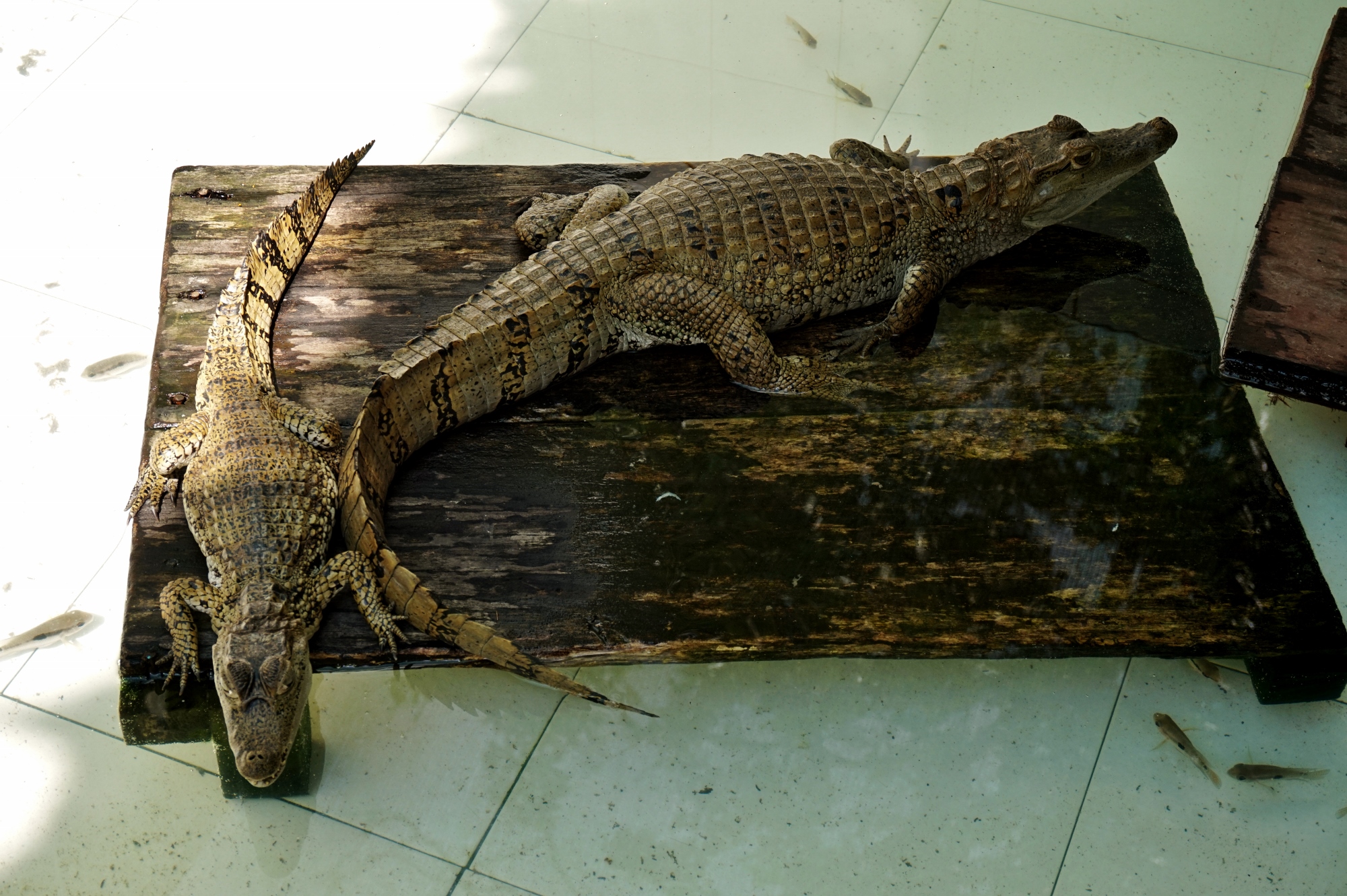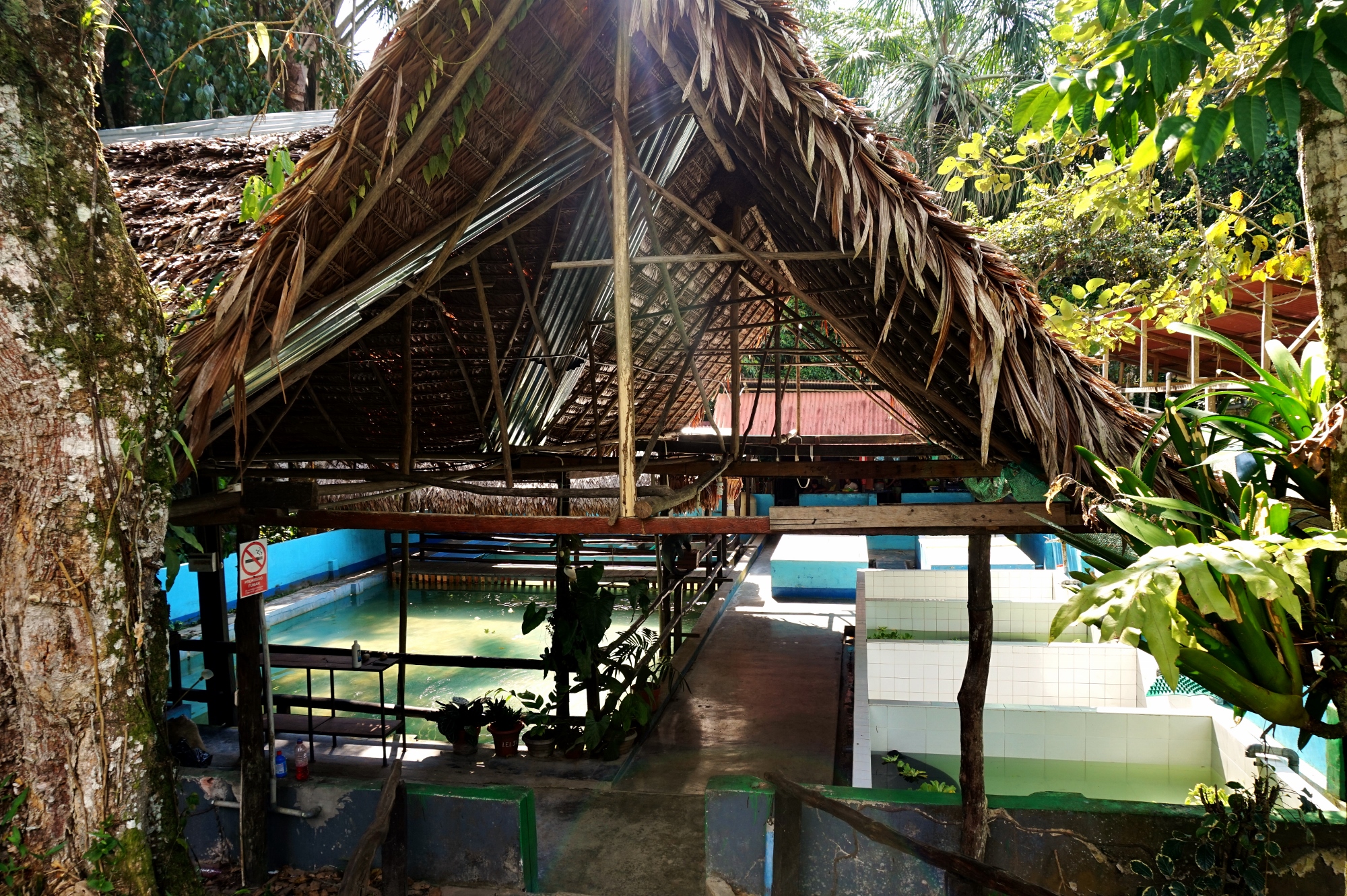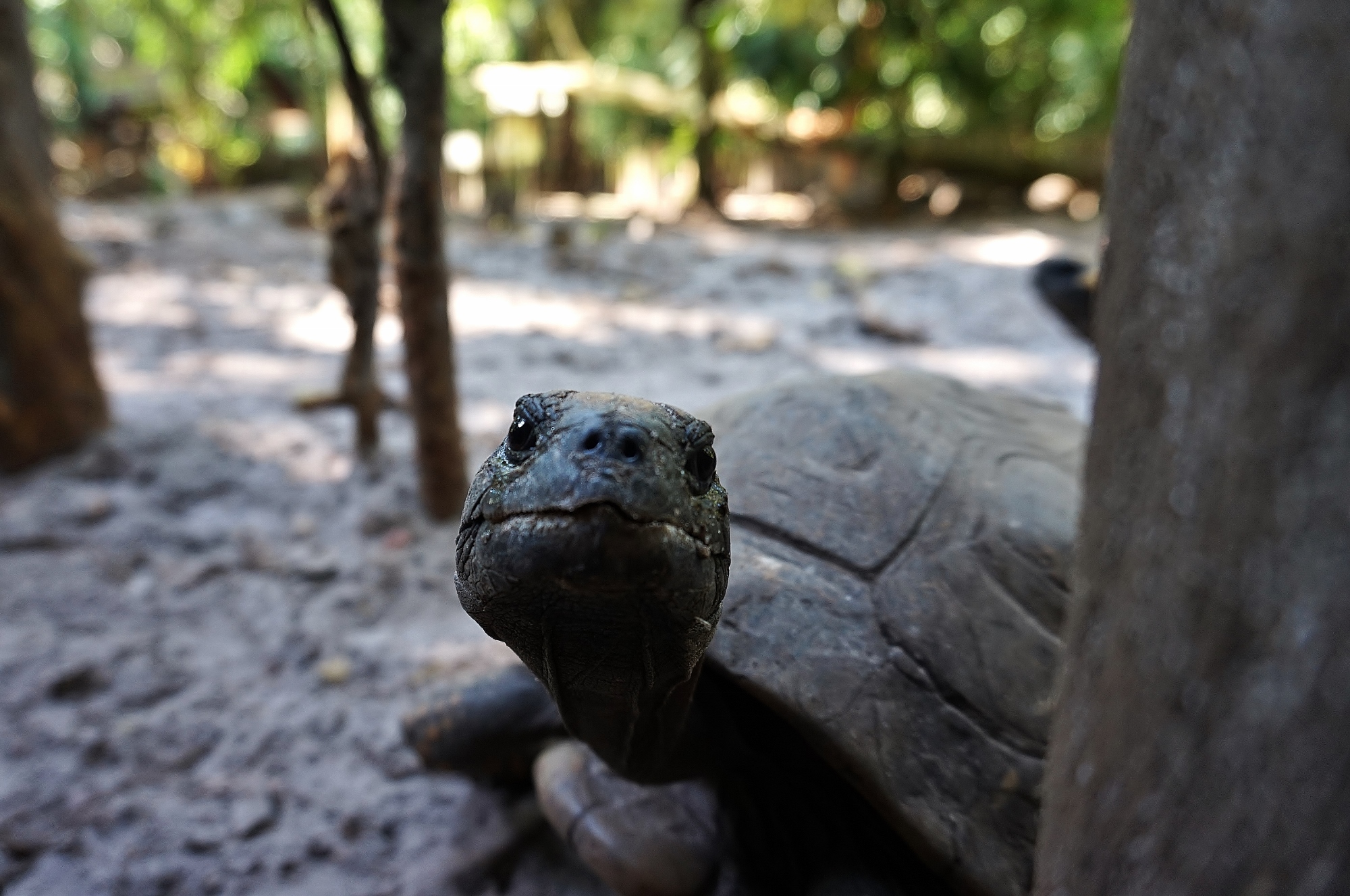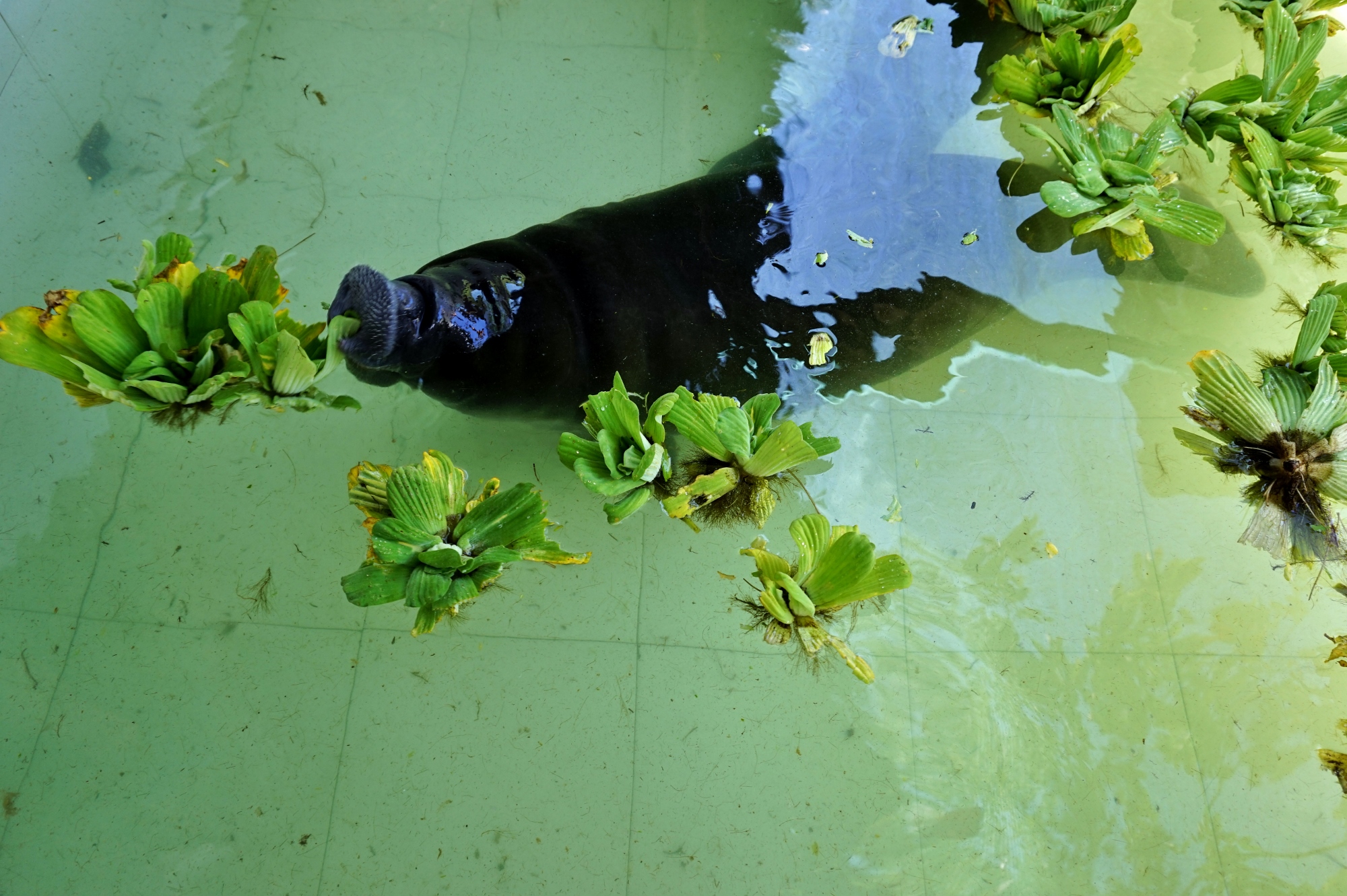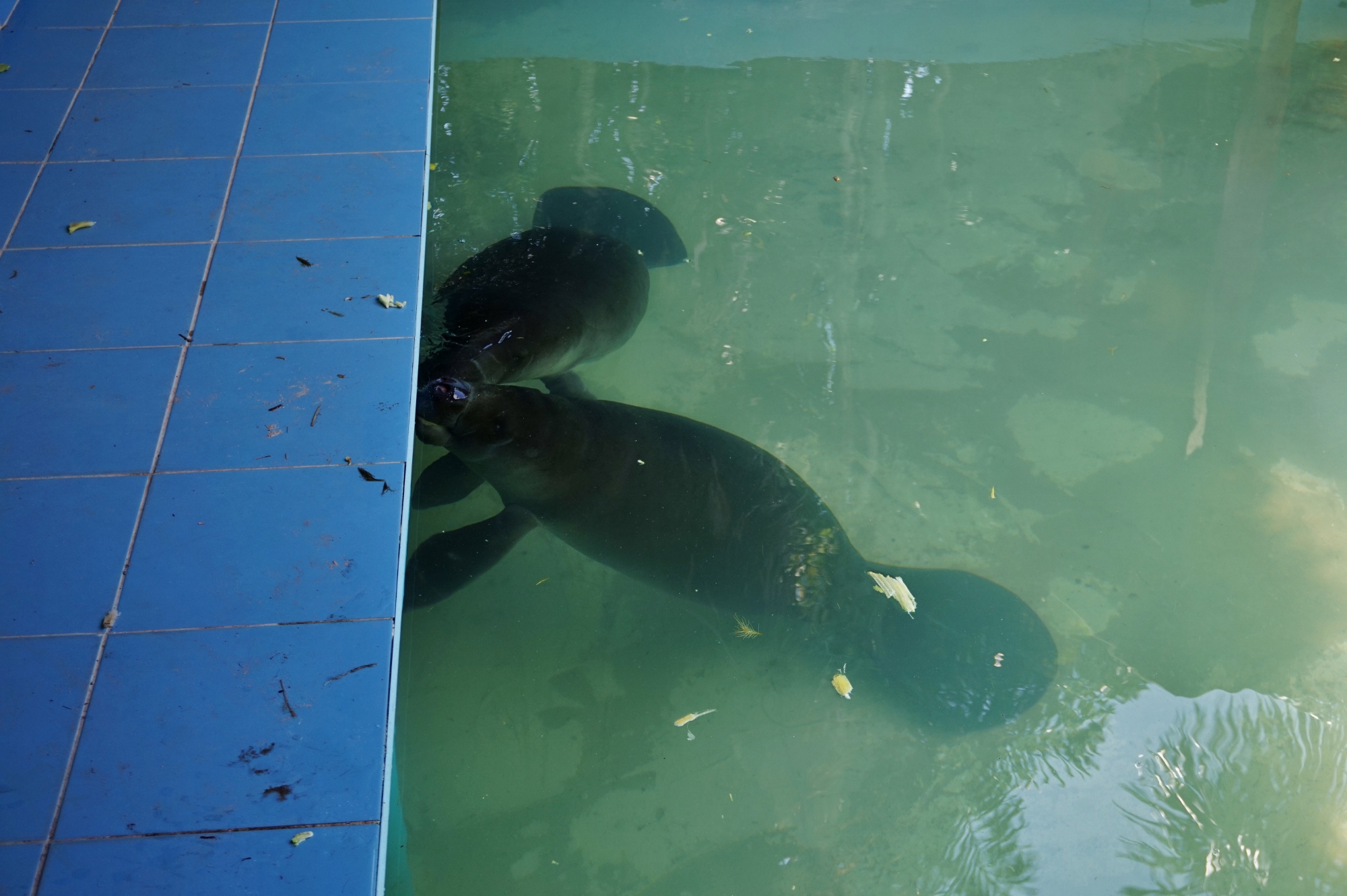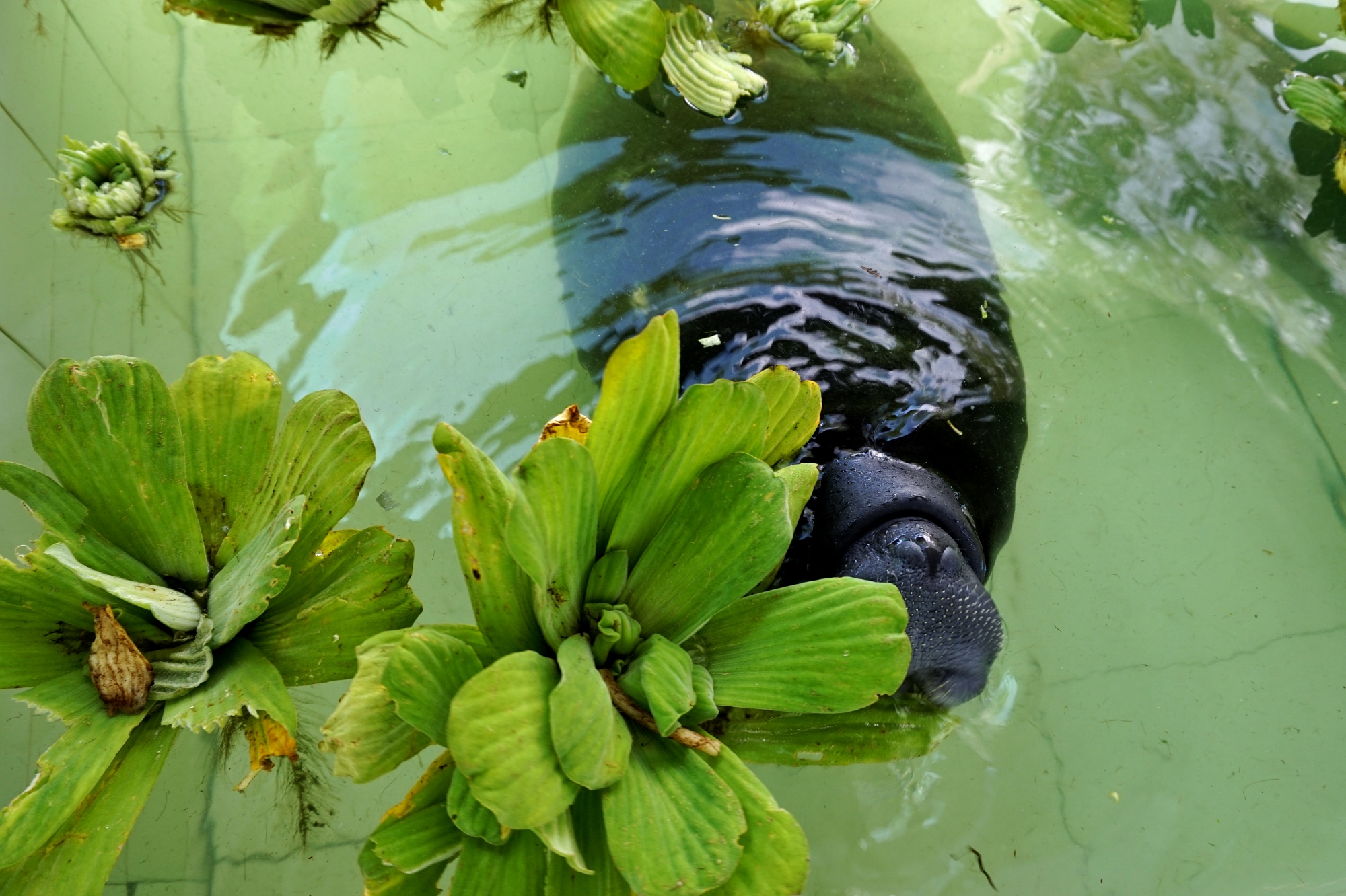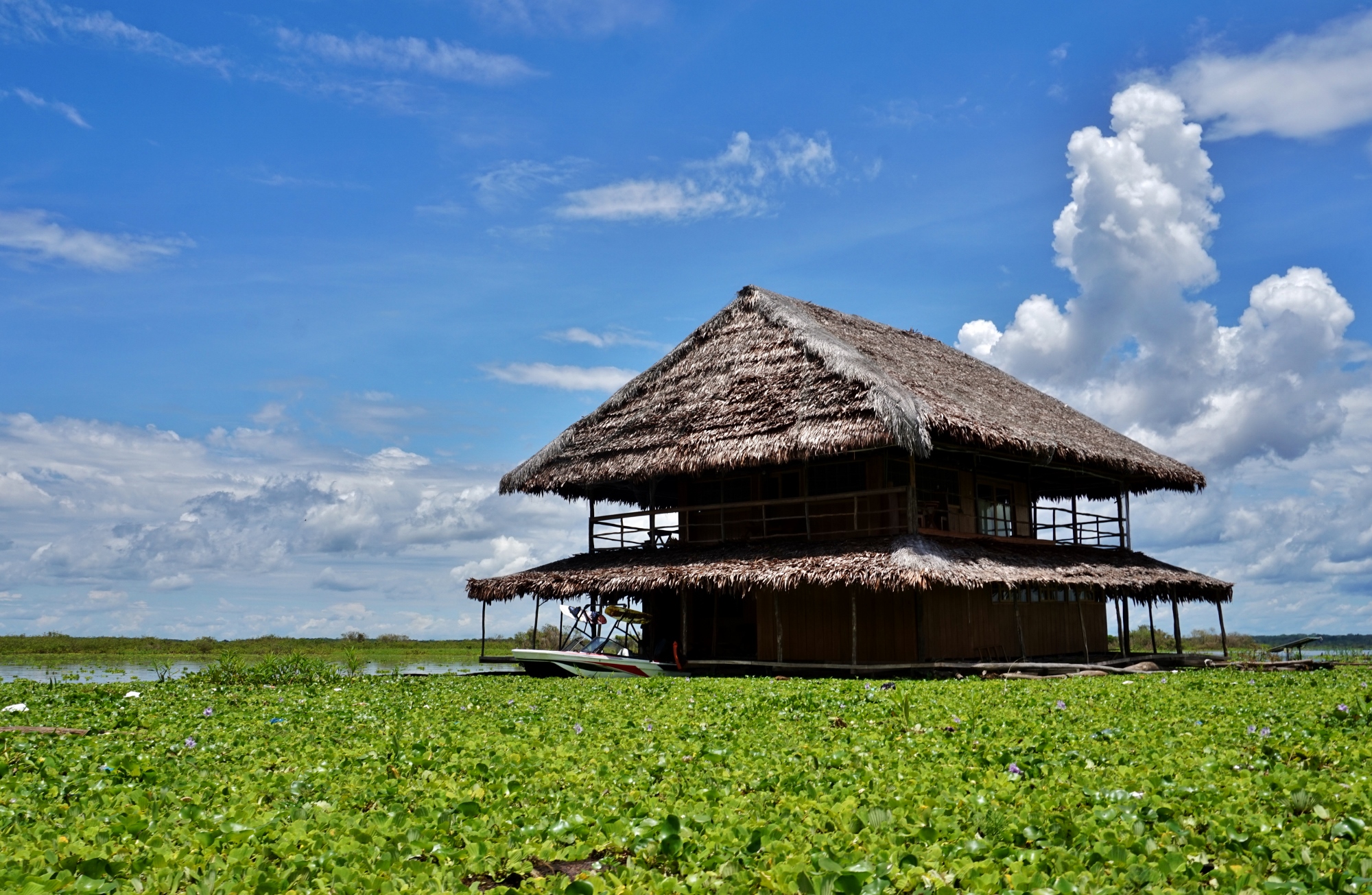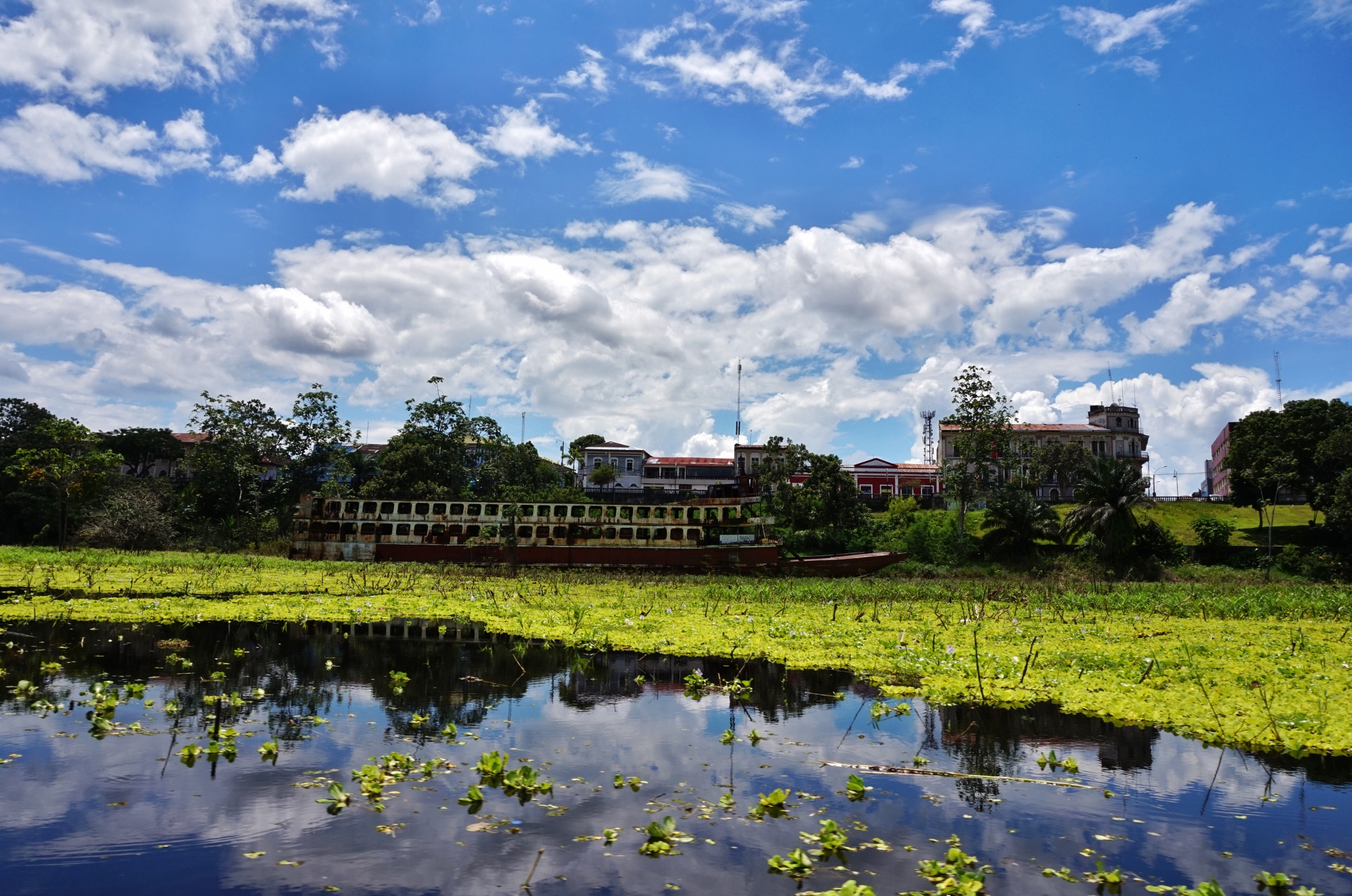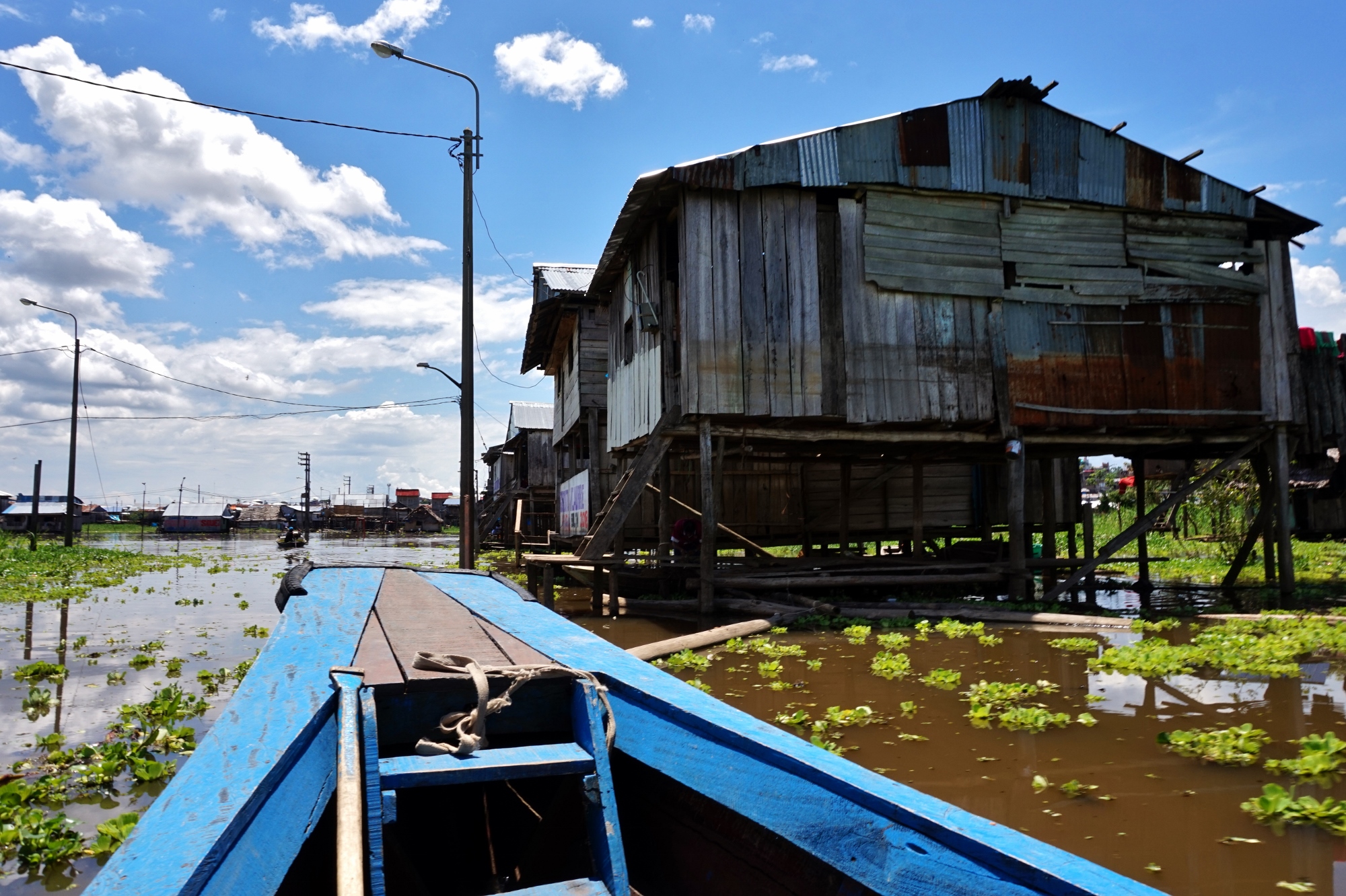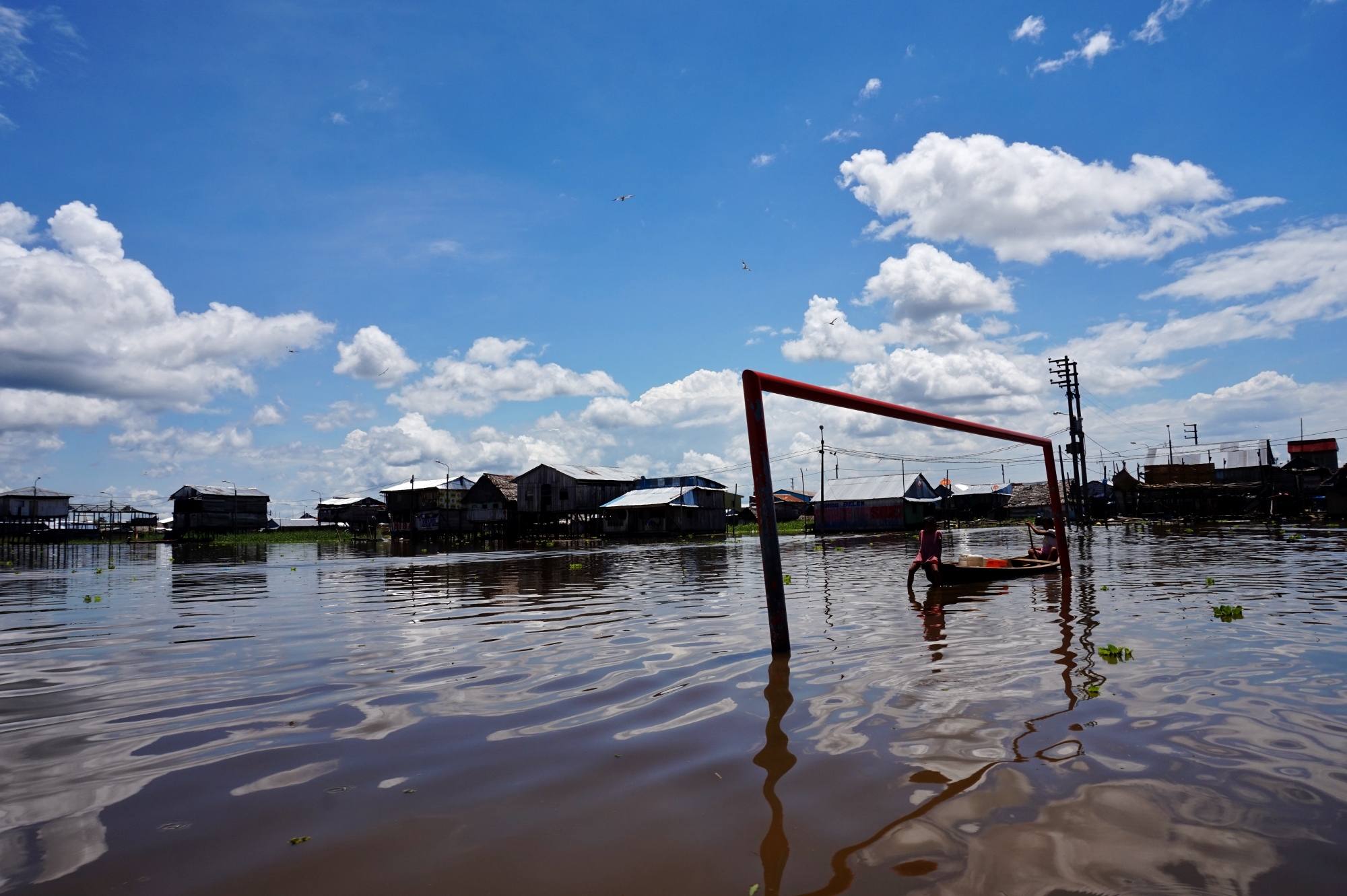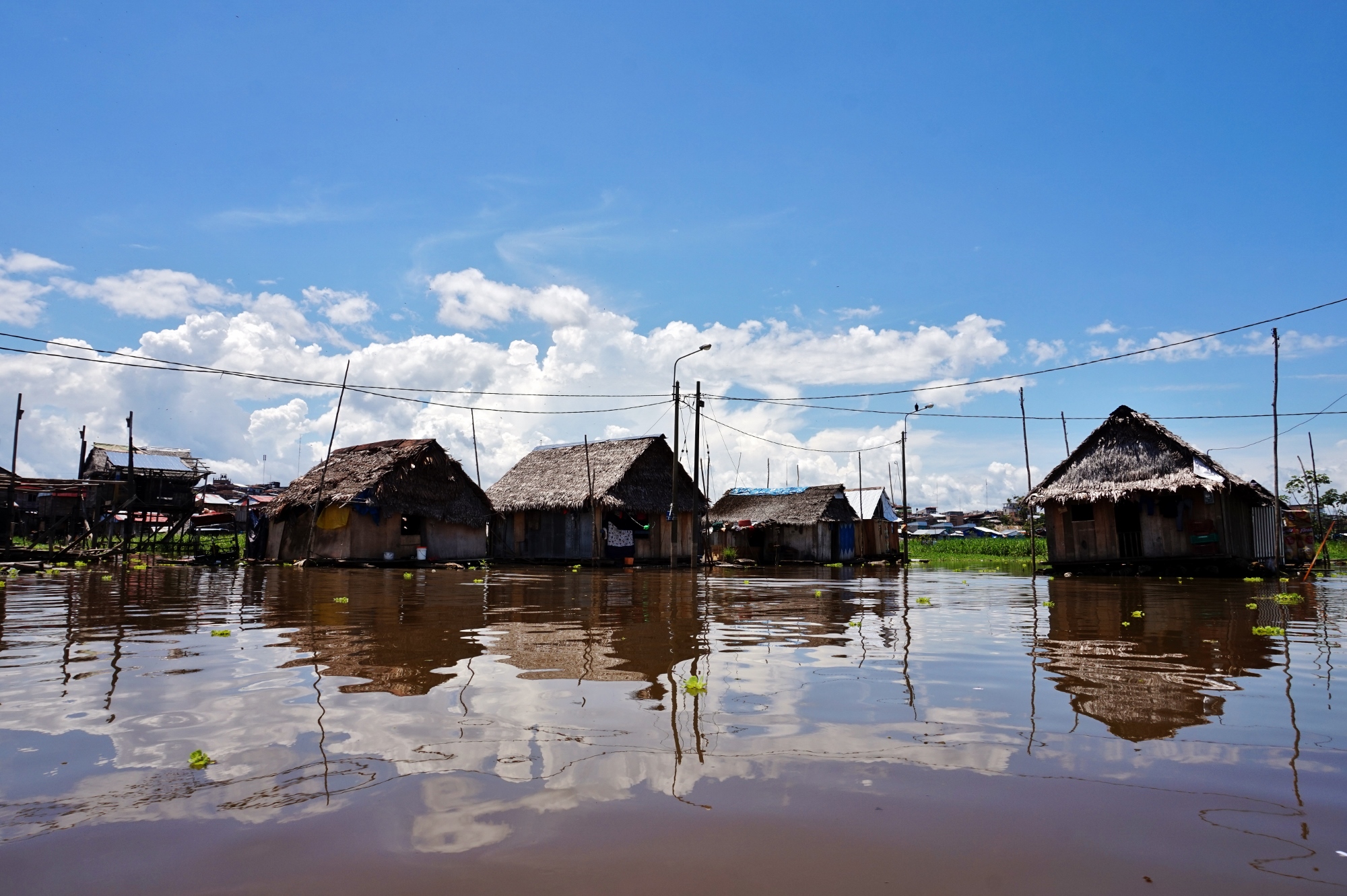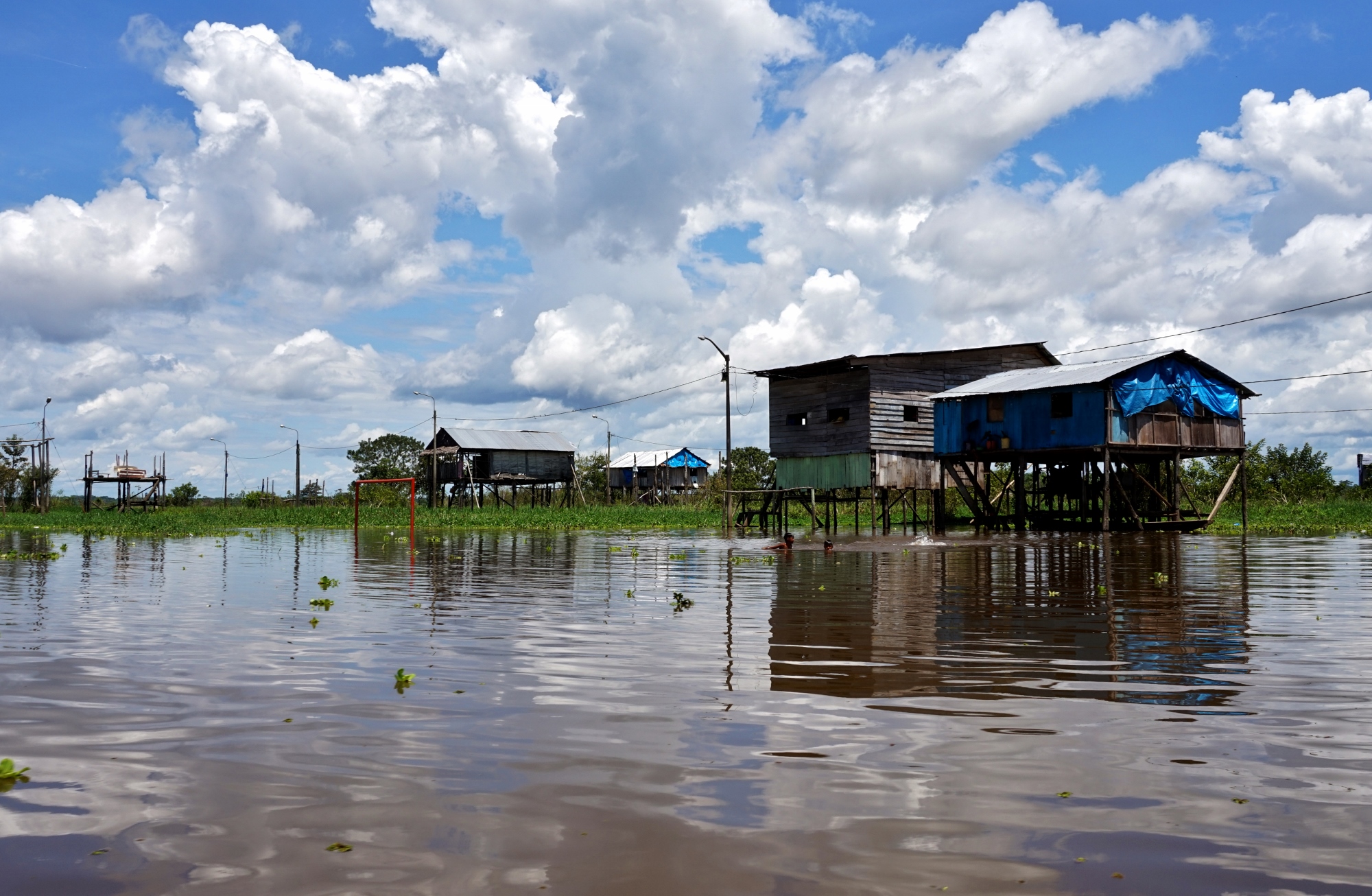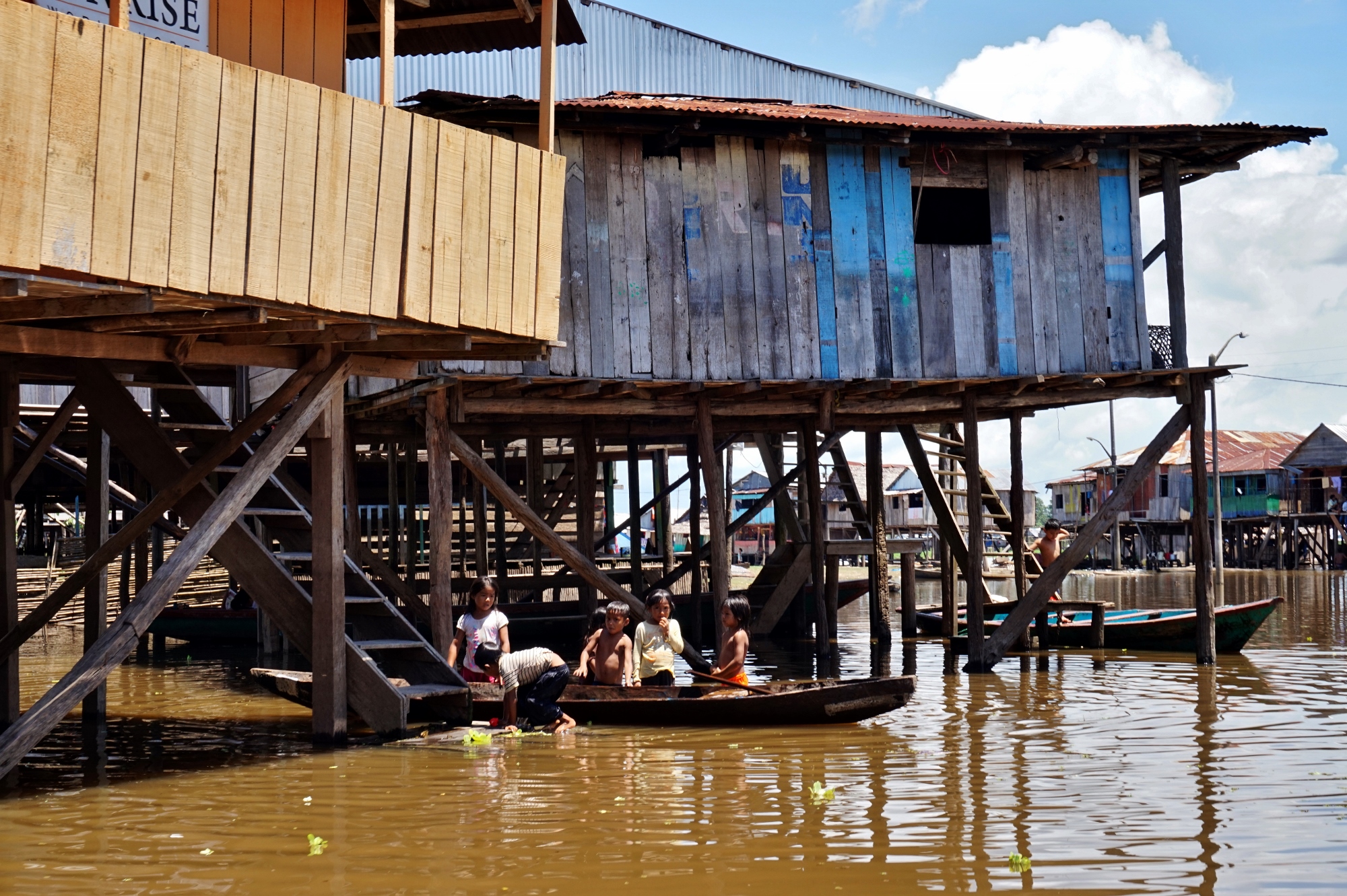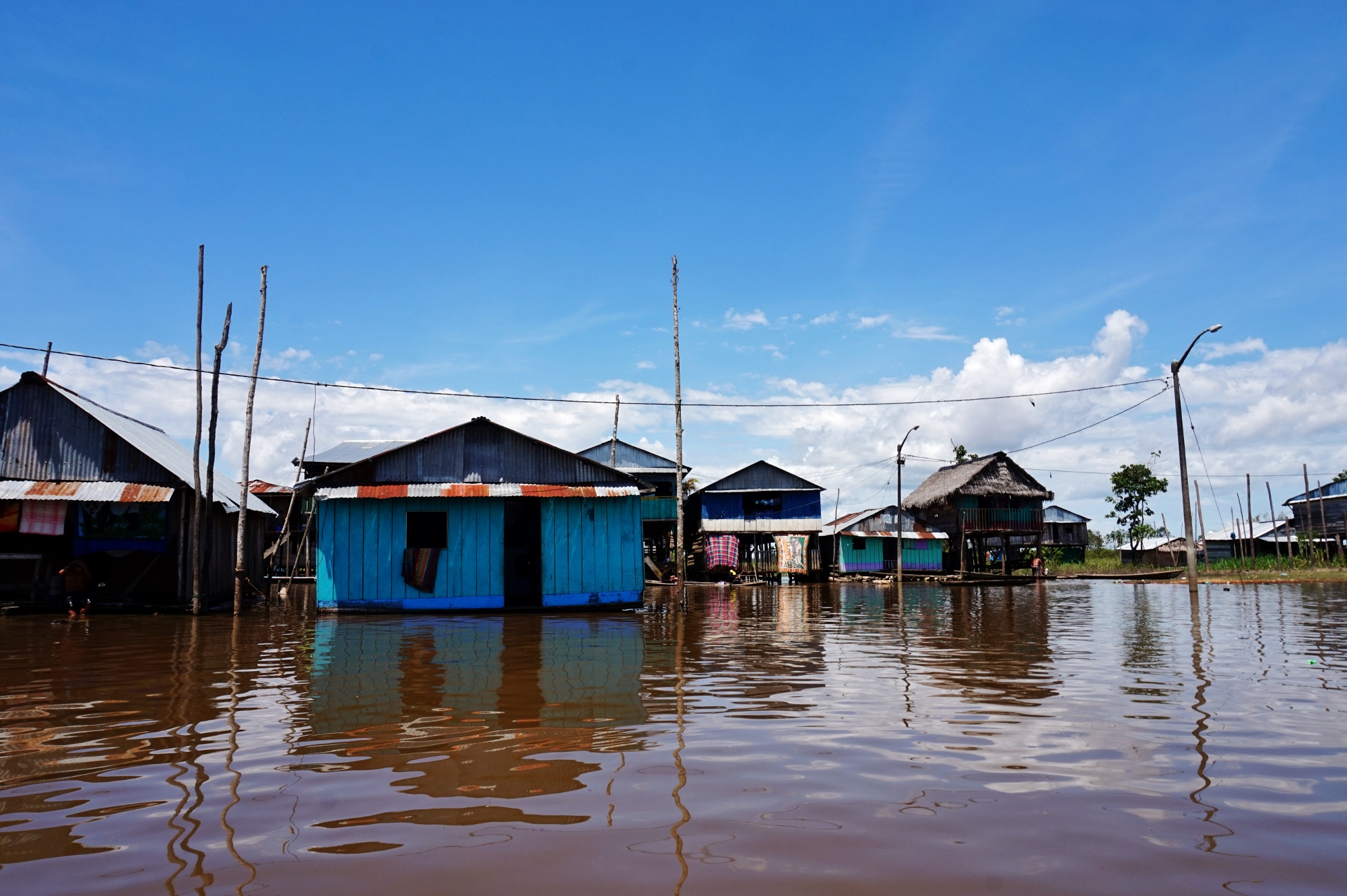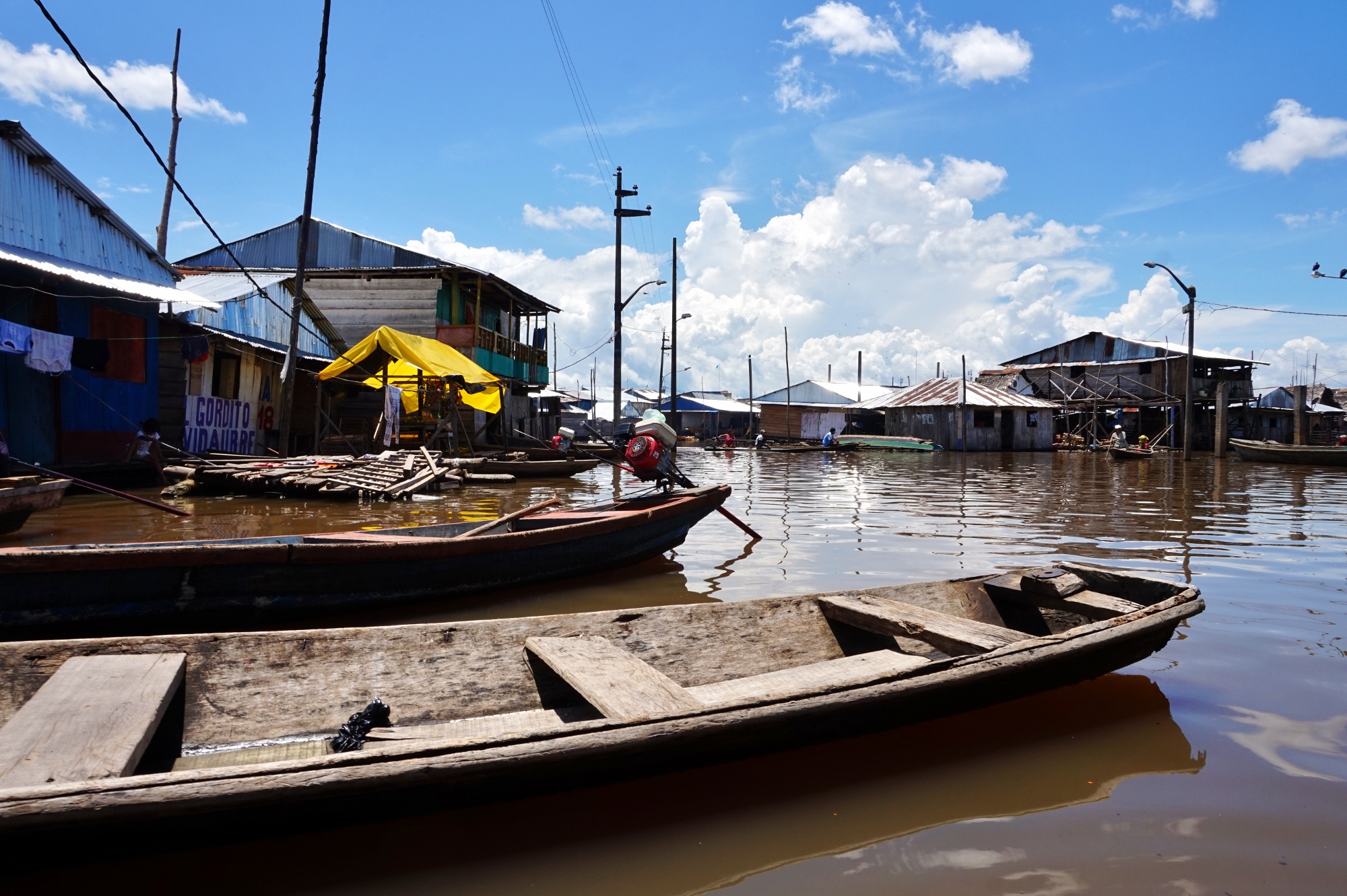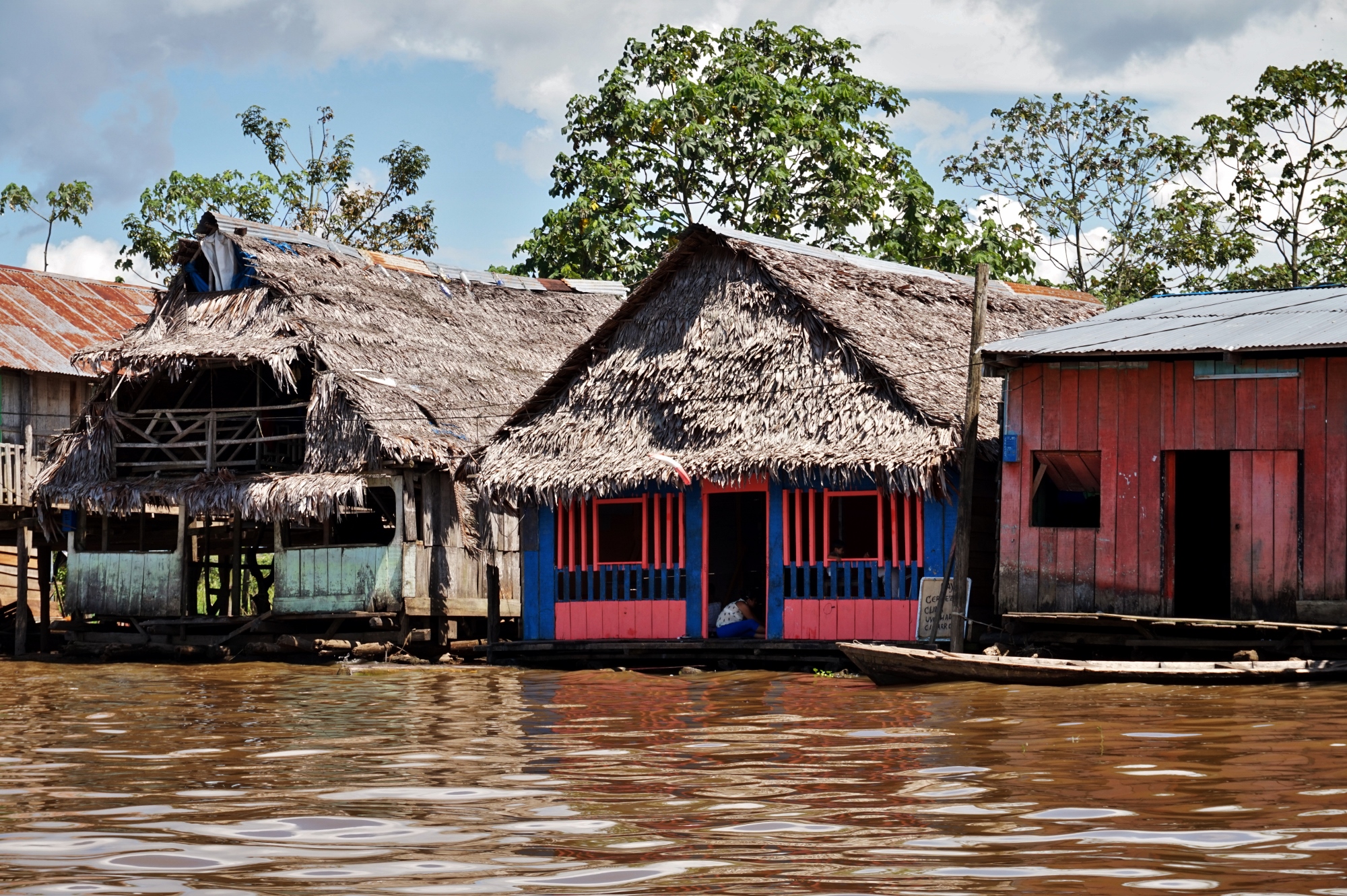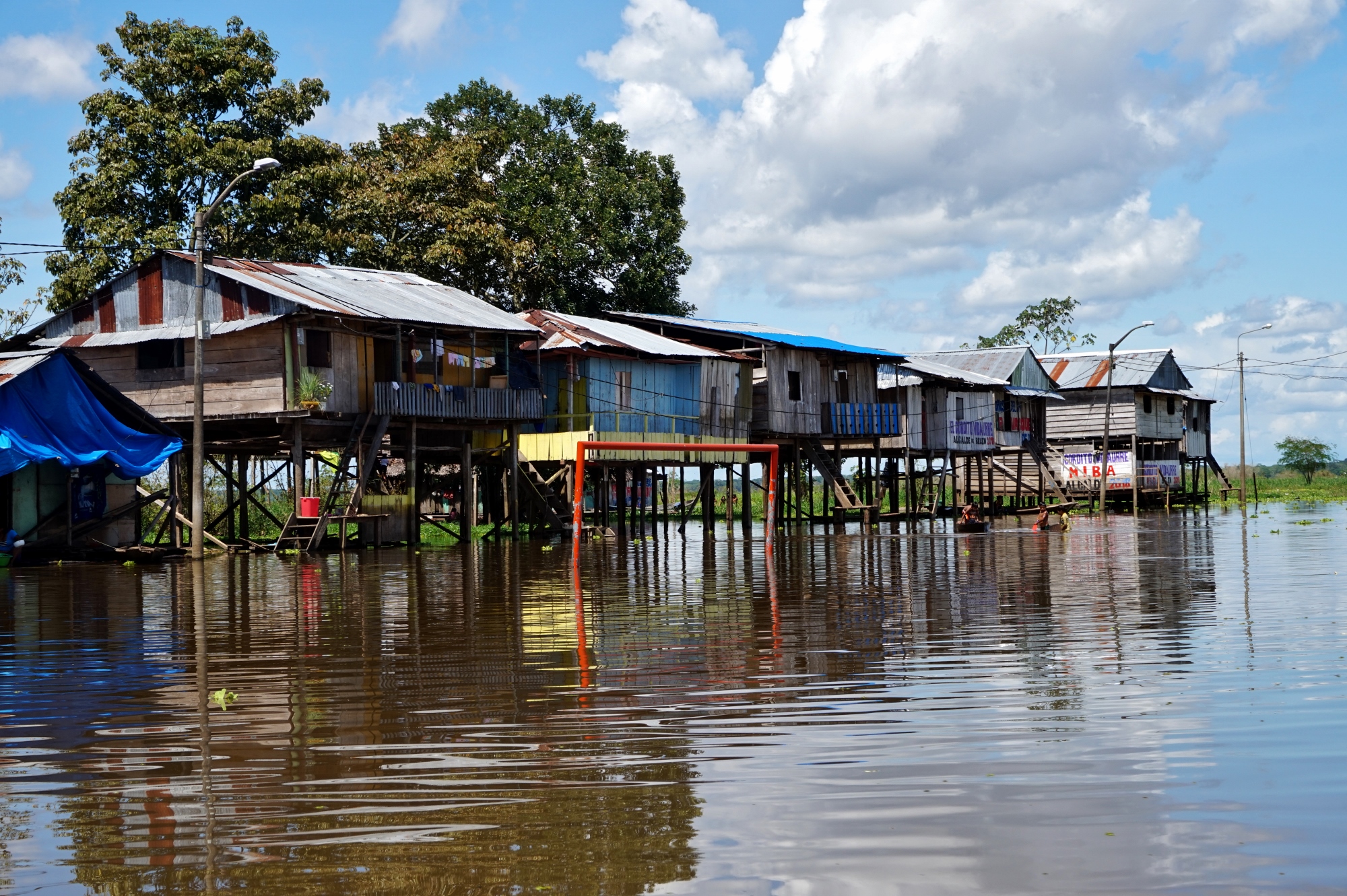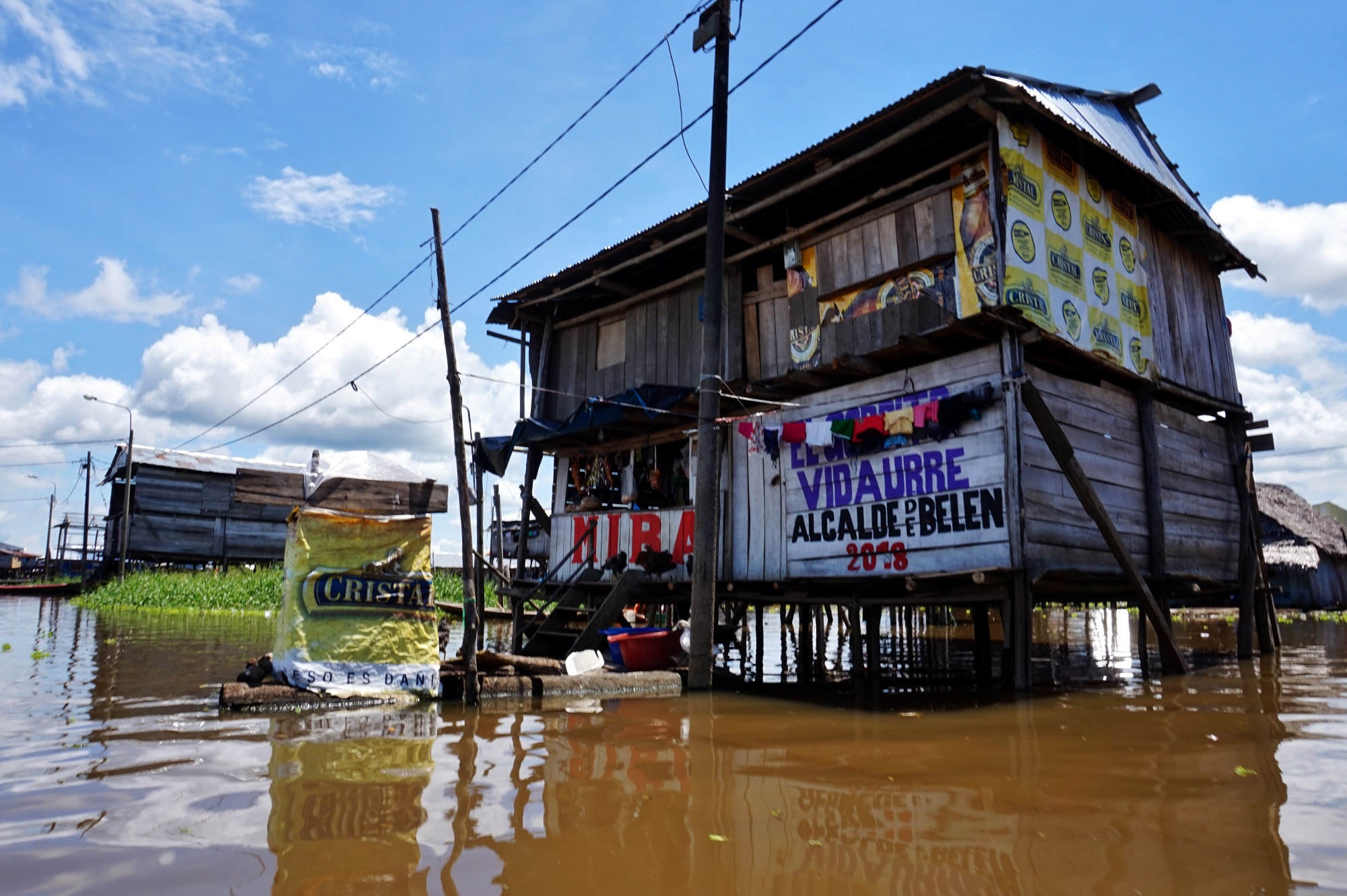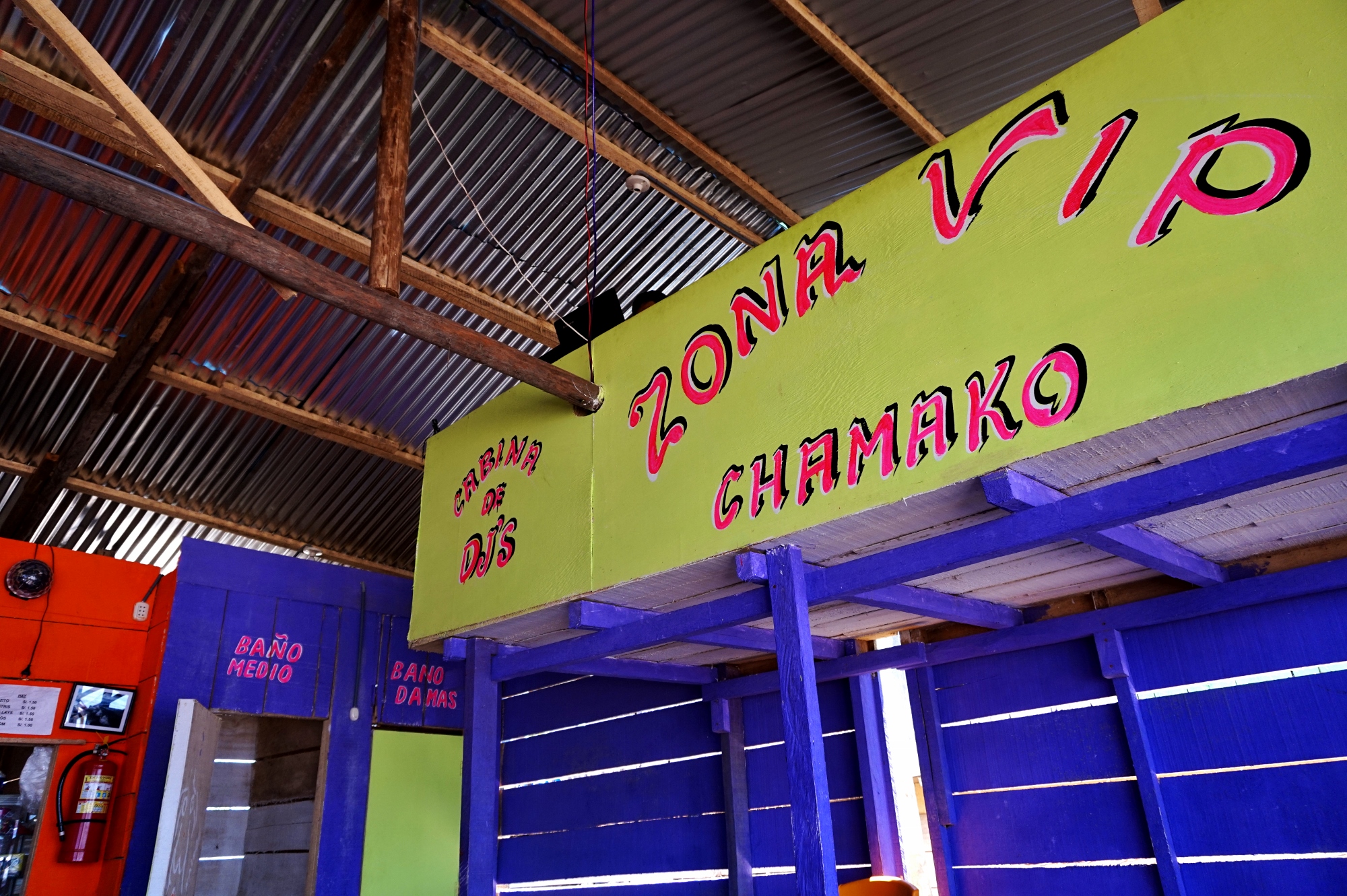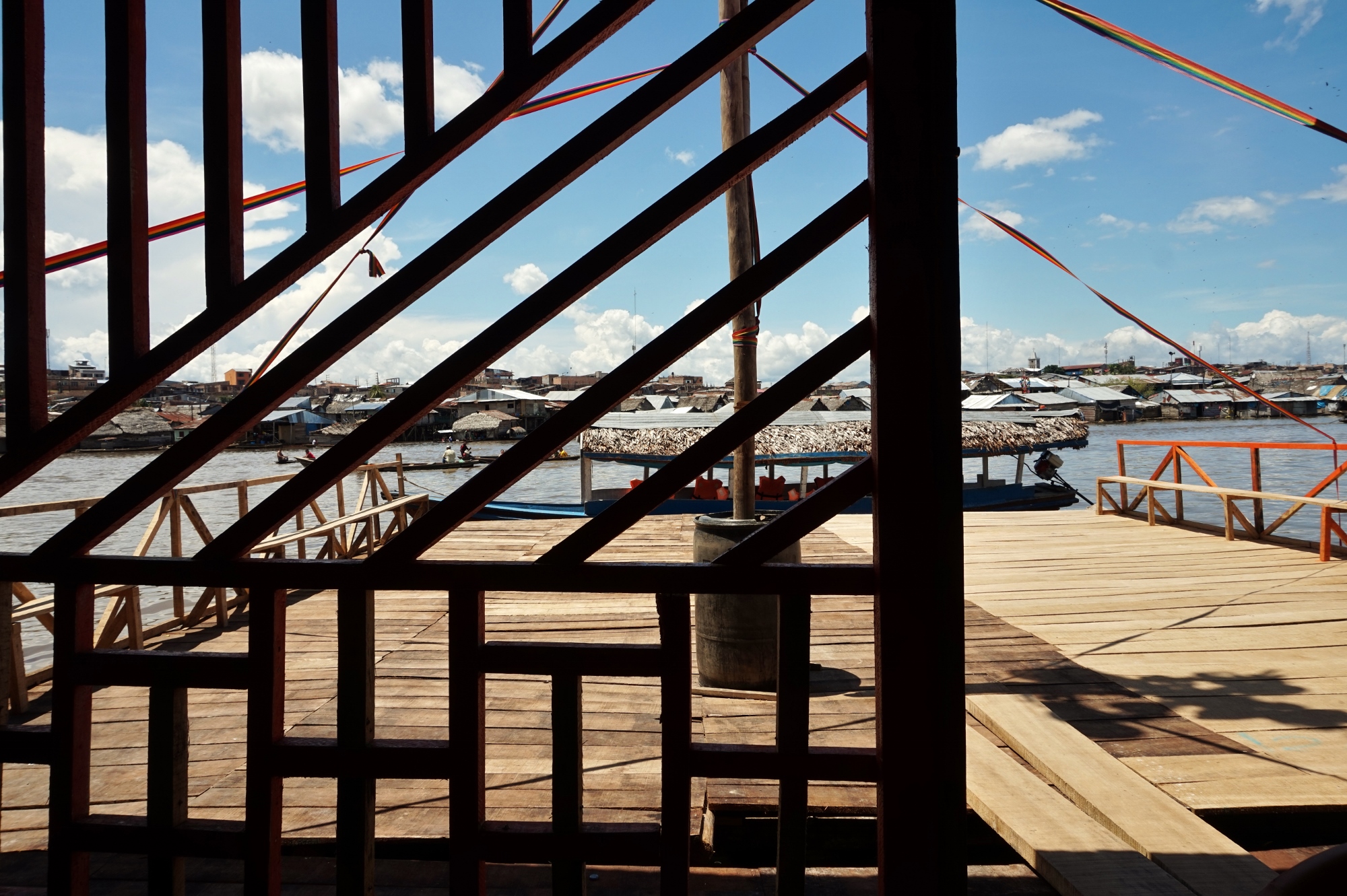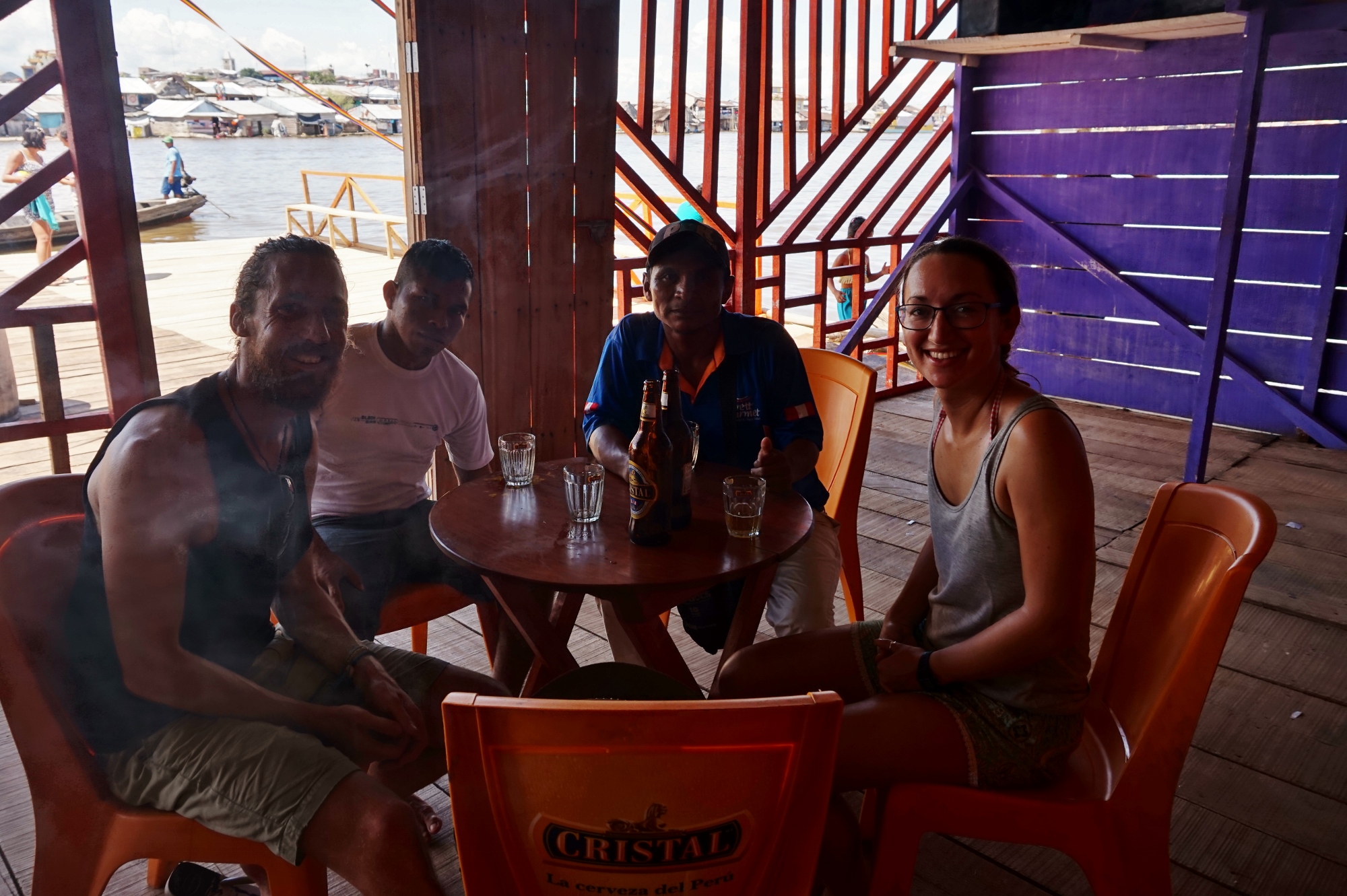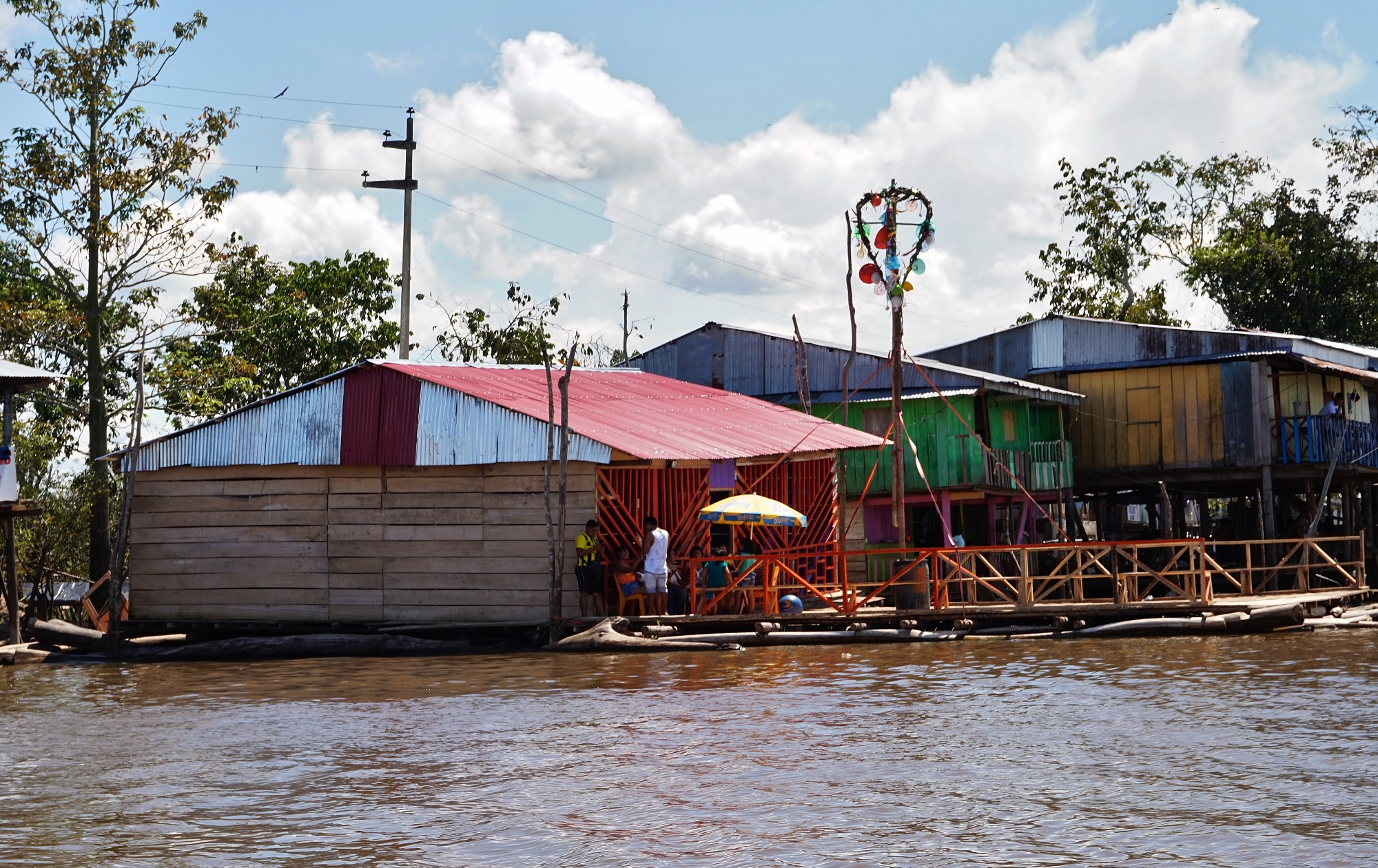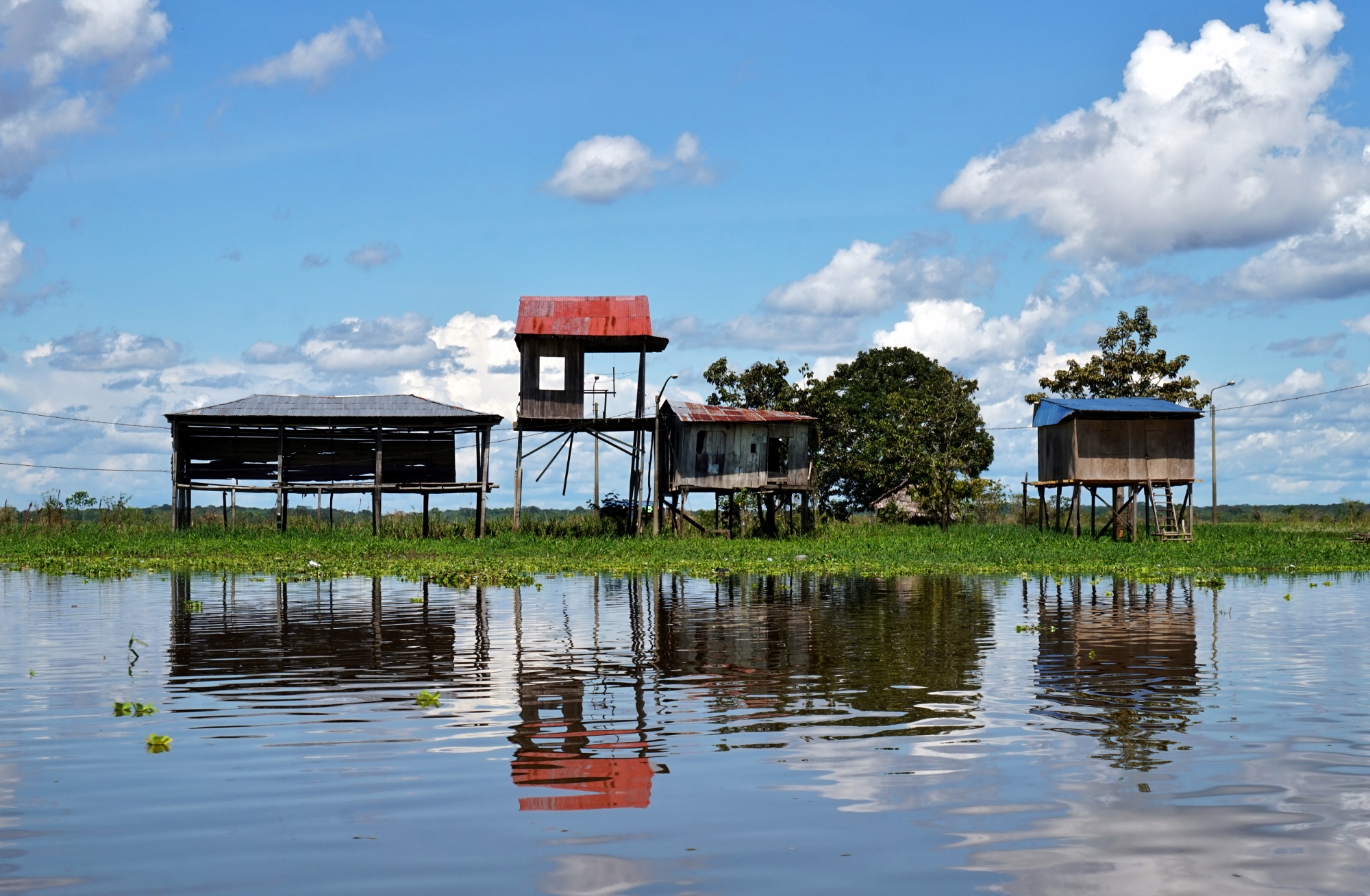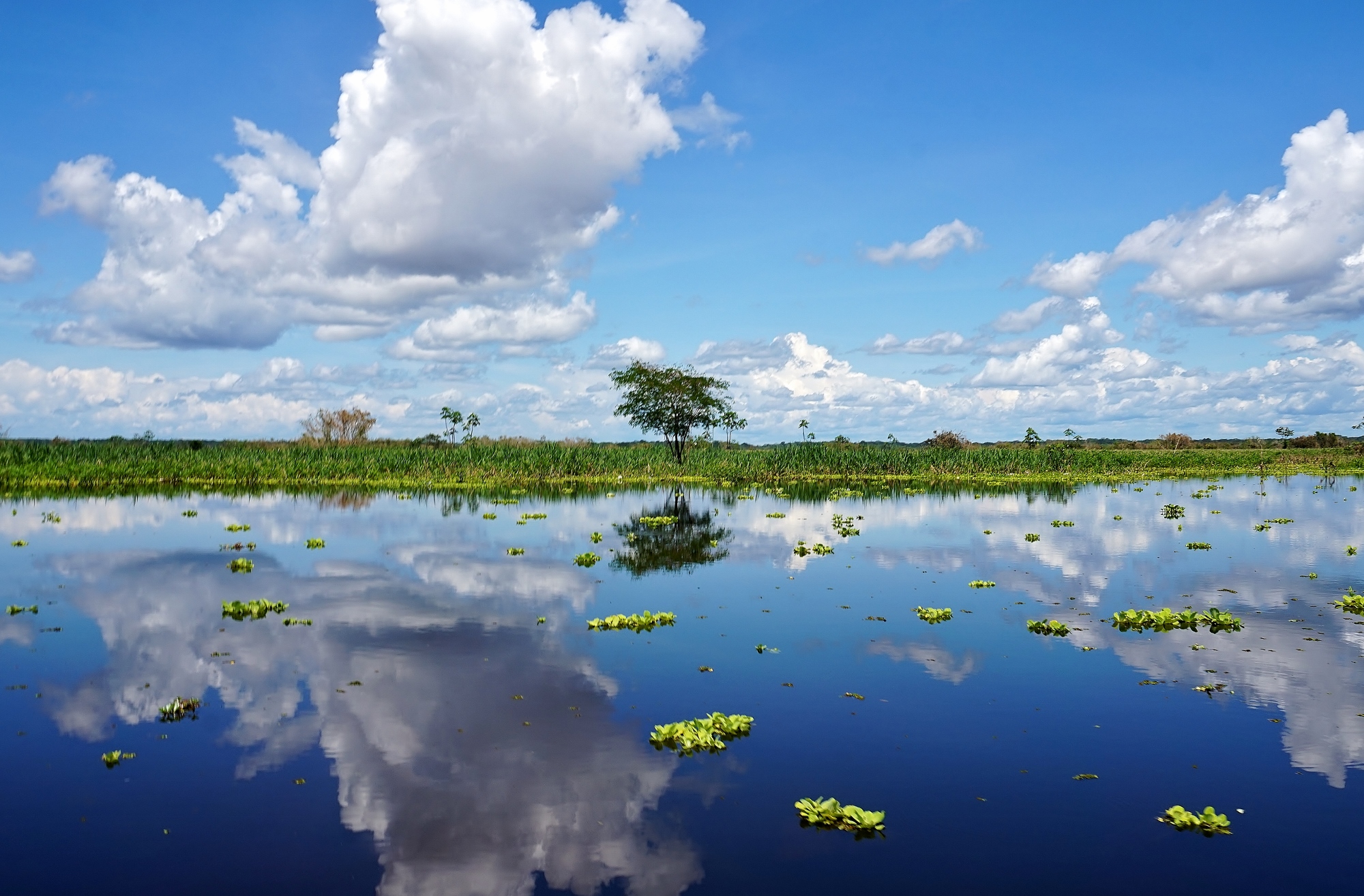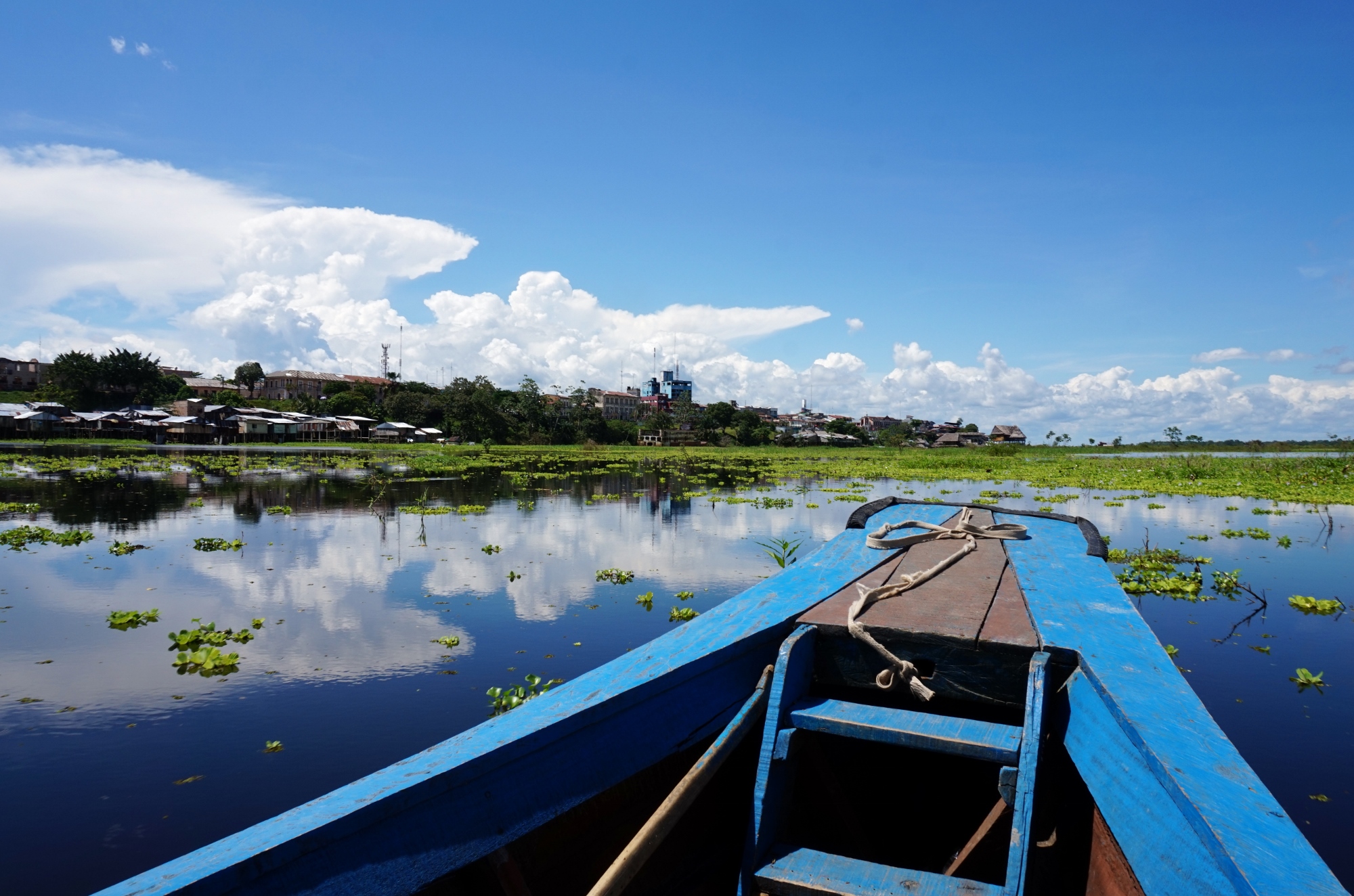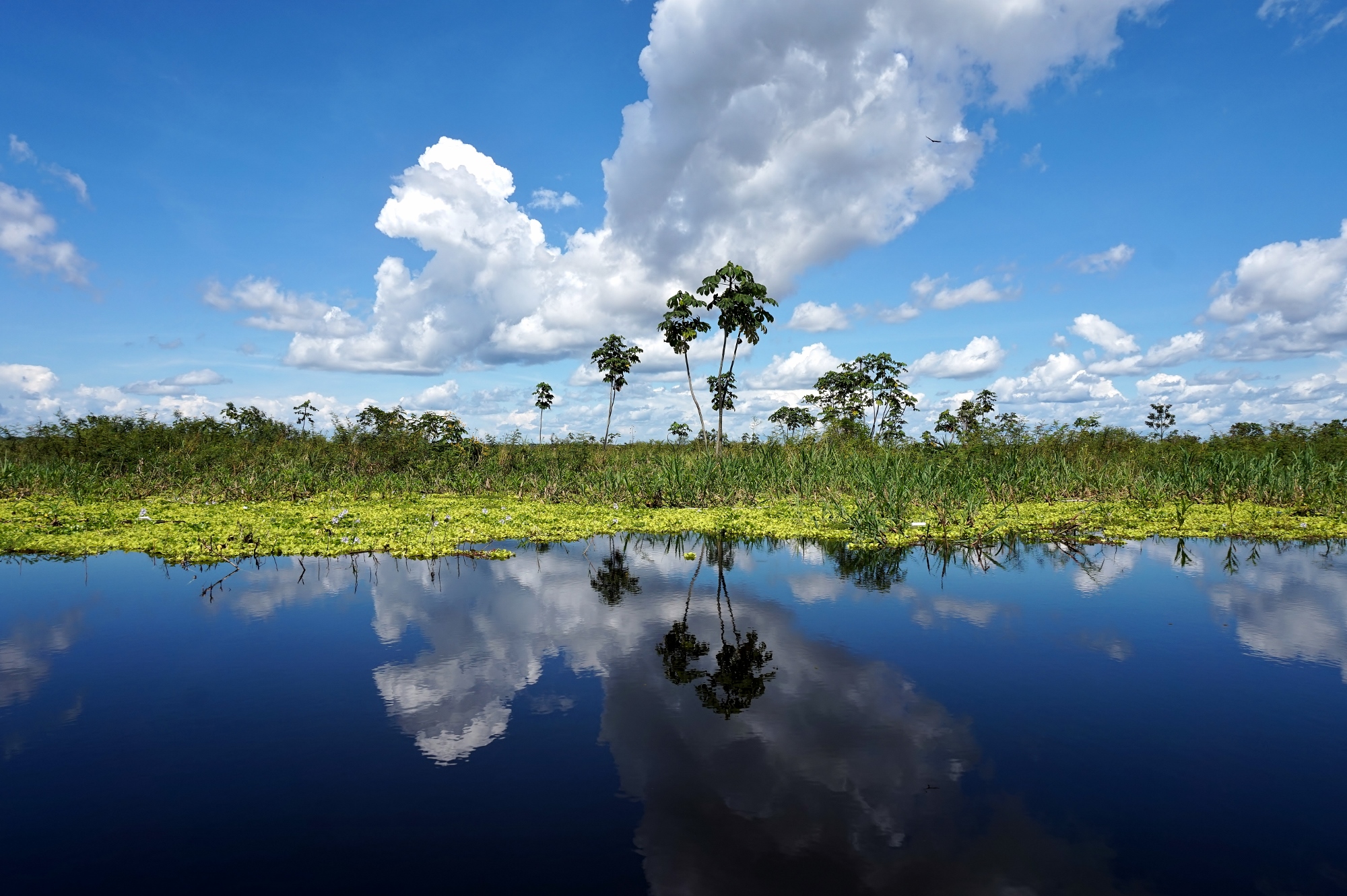IQUITOS

Lima and its dusty brown dessert disappeared below us as we climbed into the clouds. When we came back down a hour later there was nothing but dense green rainforest. Iquitos is the largest city in the world not accessible by road, only by air or water. As soon as we stepped out of the plane the humidity and heat smacked us right in the face! I turned to H and did my best Axel Rose impression "Welcome to the jungle"... she looked embarrassed.
Our friend Camillia who we trekked Torres Del Pain with in Chile, had arrived two days ago and had done the leg work searching out a good hostel called Green Tracks. The hostel was created more as a base camp for their sustainable rainforest project funded by eco tourism. The owner Kato originally from the Brazilian jungle has bought a large section of Rainforest called the Tapachi Reserve about eight hours from here by speed boat. (Three days by local boat). The goal is to stop illegal hunting and logging and give the communities that live there other more sustainable incomes. It appears to be working as it's one of the more richer areas of the Peruvian Amazon for wildlife as many species are returning to the area. Kato with the help of many local hands has build a lodge using only naturally fallen wood and employing ex loggers and hunters to help him run it. Much of the money goes to paying the police to stop loggers and hunters when they are sighted in the area.
We were greeted by Ana, a biologist from Croatia who is helping Kato run the project and was full of interesting facts about the jungle and the city like: how to avoid fish that swim up you penis or an area of Iquitos called Belen that rises and falls with the river... and less interesting ones like where the laundrette is. She was ace and made sure everything was todo bien! (All good)
Camillia was waiting for us when we arrived, it was great to see her familiar face. We walked to Rio Itaya, a tributary of the Amazon for a bite to eat, a beer and a catch up.
Iquitos was once very rich due to the rubber trade and its location on the Amazon. You can see its past splendour in the cracked tiled colonial buildings that line the streets and the grand crumbling properties on the tranquil water front. Tropical plants and palms were growing everywhere and the road was a sea of Tuk Tuks. They buzz around the other vehicles like mosquitoes to a gringo (foreigner). There must be at least three or four tuk tuks to every other vehicle on the road.
The busses here are fantastic. Not for their comfort or technology, but for their quirky bubbly shape. They seem to have driven straight out of the sixties.
We hung out with Camillia and a little troop of friends she had gathered on a slow boat three days up stream from the city. They were a good bunch and we all ended up eating dinner together and hanging out for the next couple of days.
Belen Market
Like most Latin American markets, Iquitos's Belen market was a crazy mash of meat, fruit, veg, clothes, cobblers, fish, handi crafts, strange drinks, even stranger food. Similar to La Paz's witches, their was a road of lotions and potions for shamanic rituals in the jungle. One stall was selling bottles of blood.
We wandered the cramped hectic stalls like a rabbit in headlights trying to take it all in whilst not getting hit by a cart of watermelons or a Tuk Tuk of potatoes. You could pretty much buy anything here, if it moves it is probably somewhere to buy for dinner. This leads me on to this markets darker side. As we walked one tarpaulin tunnel we saw a caiman's head and tail neatly chopped up and laid out on a wooden table. These have been extensively hunted here by local people and tribes to the point of extinction. It's now against the law to hunt them, however the police couldn't care less. Further along we saw two Armadillos (another protected species), I have wanted to see one our whole trip but not in pieces. Finally probably the most upsetting sight was a table of shelless turtles. I was in two minds about the whole thing. Firstly I was shocked and angry at seeing protected animals here for sale as food, but on the other side I felt from my pre packaged meat, well-off background... who am I to judge. These people have so little and will hunt whatever they can to put food on the table for their families. It's not these people's fault, the problem is a lack of other options for them to make money. They also are oblivious to the long term effects of killing large numbers of wild animals. The jungle is delicately balanced and it doesn't take much to cause irreversible effects. Farming animals could be an answer but who is going to fund it?
At the edge of the market is Belen village. Half of the year it is flooded which explains the stilted buildings and walkways. We started to walk towards the river down a crooked little street of basic wooden houses. A few locals quickly warned us against it as it can be very dangerous for tourists. We got talking to a guy who wanted to show us the floating part of the Belen in his boat. Whilst considering it an odd looking guy who was lurking near by made an attempt to snatch Helen's watch. We took this as a sign not to head much further and headed back into the labyrinth of the market for lunch.
Manatee Rescue Centre
About a 40 minute ride out of town in one of Iquitos's iconic busses is the Centro De Rescate Amazónico (CREA). They work with the Dallas World Aquarium to help protect the Amazonian Manatee. The river used to be abundant with Manatees eating the floating plants that cover the surface. This cleaned the river and kept the ecosystem in check. Over the years they have been hunted to the point of extinction for their oil and meat. Aside from the hunting the increased pollution in the river is causing them to get sick which is also not helping their population. At CREA they educate local villages, tribes and school children from the city about the plight of the Amazonian manatee in an attempt to change perceptions and help save the species. Alongside the education work they rescue manatees from the river that need veterinary attention such as the removal of a harpoon or if they are severely unhealthy and bring them to the centre. Once they are back in good health they are released in a safer, cleaner part of the Amazon, often in protected nature reserves.
We followed a short jungle walk and learnt that even though their main focus is the manatee, they also do a similar job for many other species. We first saw many turtles that have been rescued as well as an artificial beach where they place collected turtle eggs to stop them from being collected and sold in the markets. Once they have enough young turtles they released them in bulk to give them the best chances of survival. Other animals we saw were lots of manic monkeys, Three fiery red faced monkeys, two inquisitive otters, three baby Caiman and finally the humble Manatee.
I peered into a tank of floating plants to be greeted by a big blubbery snout with a tail. Unlike our noses the Manatee's can blink open and close like an eye lid. We watched as they slowly gobbled away the green plants then fell asleep. Sounds like a good life to me.
Belen floating village
I still wanted to check out the floating city behind Belen market. We noticed a few people offering tours by the riverside so we headed over to see what we could find. We got talking to a man called Lito, who took great delight in presenting us with a little 'Toy Story Two' photo album full of pictures of him with happy clients and short testimonials. (He must have filled his Toy Story One album) You can always spot a guide by their little books. Completely by chance he turned out to be the guide Ana at the hostel recommends to guests.
At this time of year the river is high which floods the village making much of it only accessible by boat. We clambered down the river bank where a few long tailed boats were moored up and chugged off through a field of floating plants and plastic.
On route we happily chatted away to Lito about all kinds of things from family life to politics and obviously Belen. About 65,000 people live in Belen, most of which live in extreme poverty often with two or more families sharing one house. Most folk come from the jungle communities in search of work in the city. Unfortunately many build their own houses with illegally logged wood from the jungle adding to the rife deforestation around the city which was once dense jungle. As Belen is built on the Rio Itana floodplain pretty much everywhere we went on the boat is walkable for half the year in dry season. However in rainy season the river can rise up to six meters.
Firstly we passed through the outskirts, a small disorganised part of town, then afterwards floated through a few more structured streets coming out onto the main road / river. It was really interesting seeing this floating city. We passed barbers, restaurants, bars, shops, gas stations, schools and a couple of churches. Most buildings were either built on stilts or were floating on giant tree trunks, giving this place the title of the "Venice of South America".
Boats chugged past in all directions, a couple piloted by only a child or two. Some were laden with people, others piles of fruits of veg. One was stacked high with brightly coloured inflatable turtles and dolphins. Apparently the owner is a local photographer who offers children the opportunity to get their pictures taken on them. Too bad they go from playing with them to eating them.
My favourite bit was passing the goal posts of sunken football pitch. I asked the Lito whether they had considered switching to polo.
Near by three children were happily jumping around in the brown waters while an old man peered at us from his swaying hammock as we pass. Unlike the floating islands of Lake Titicaca this place was laid out like a small planned city and even has electric street lights poking up out of the flood waters.
Most buildings have a little toilet cubicle below or floating near by. All excrement and rubbish goes straight into the river which is not ideal especially when only a few meters away kids are playing in the water. It's one thing to dump rubbish and sewage on land however in the river is much worse.
We moored up at one of the floating bars. This coming Sunday is carnival and according to Lito this place will be heaving. He said its normal for the whole bar to sink under the weight, however the revellers wont care less and will keep dancing in waist deep water.
Suddenly Oasis came blaring through the speakers which seemed very unusual then was accompanied by a heavy reggaeton beat. Who would have thought English Brit pop and Jamaican reggaeton would ever work together. If I'm honest I don't think they do or ever will.
After a couple of rounds of beers we headed back to the riverside, thanked Lito and went in search of lunch. We ventured over to a restaurant on stilts we had spotted further along the river. Luckily they served up a great Cerviche plus a drink for a fiver overlooking river. You can't argue with that
We decided that rather than visiting the jungle in Columbia (our next stop) we wanted to learn more about what Kato and Ana were doing at the Tapiche Reserve. Me H & Camellia booked a four day visit then set about packing our loin cloths for the 5am start.


